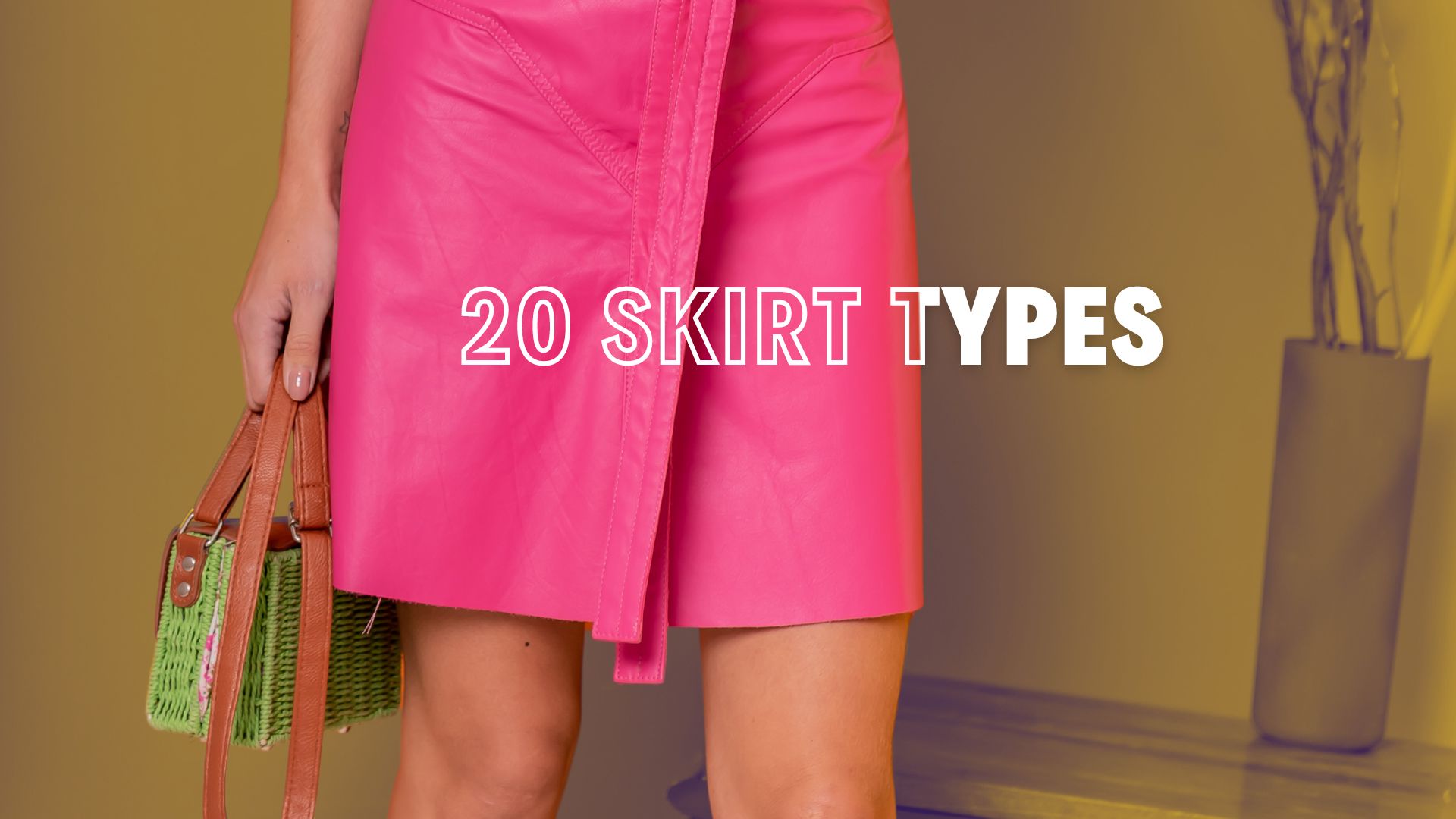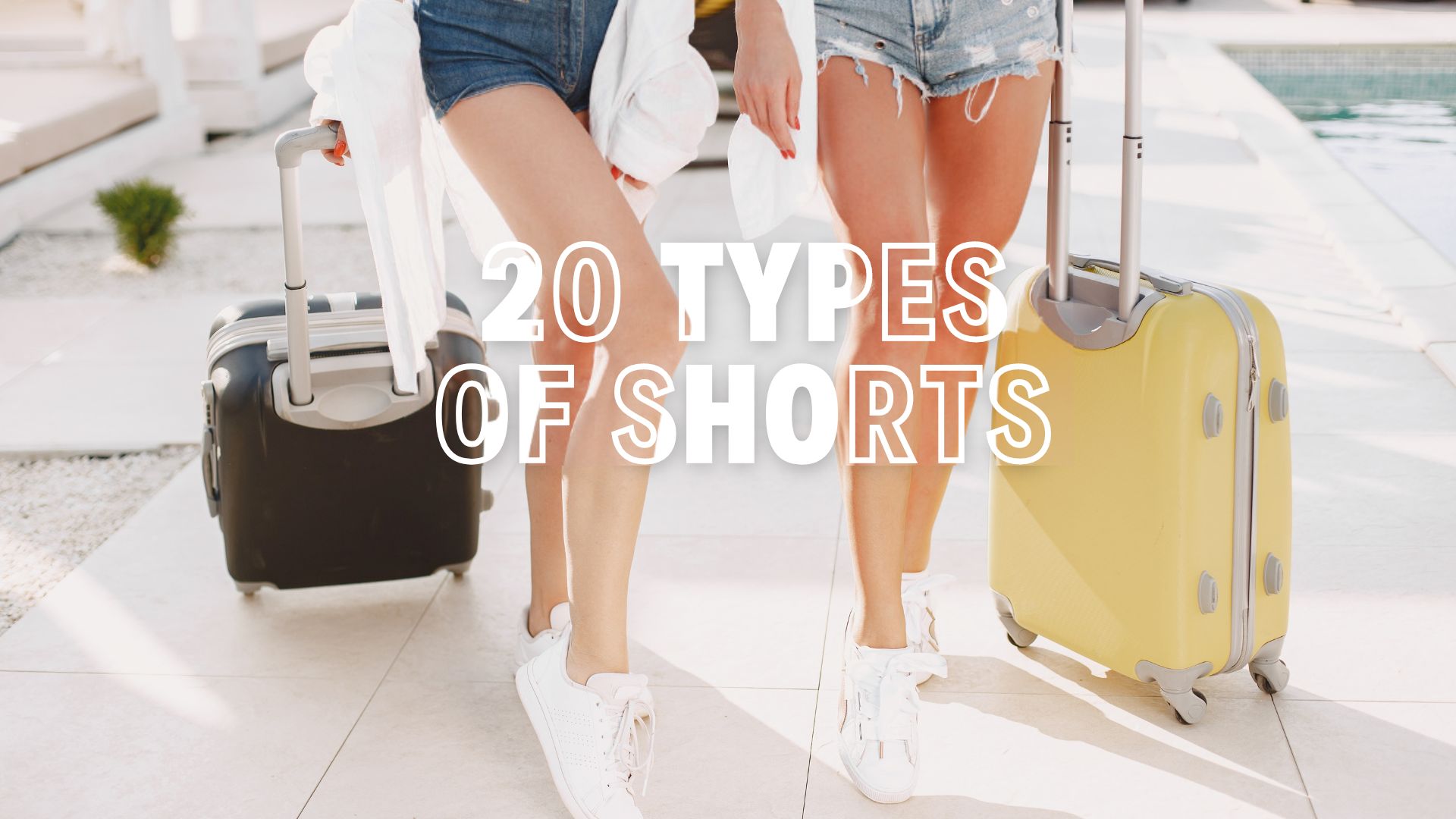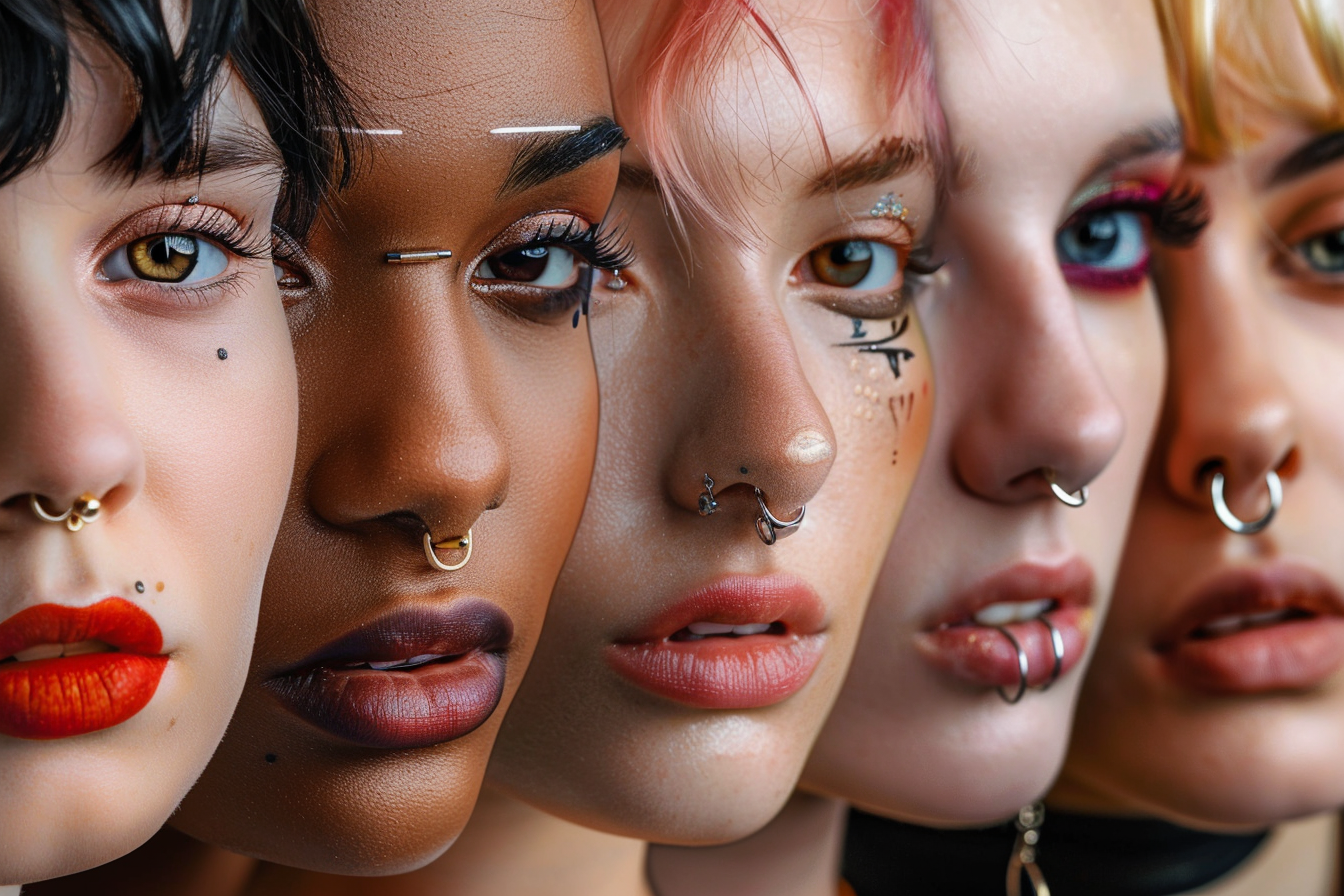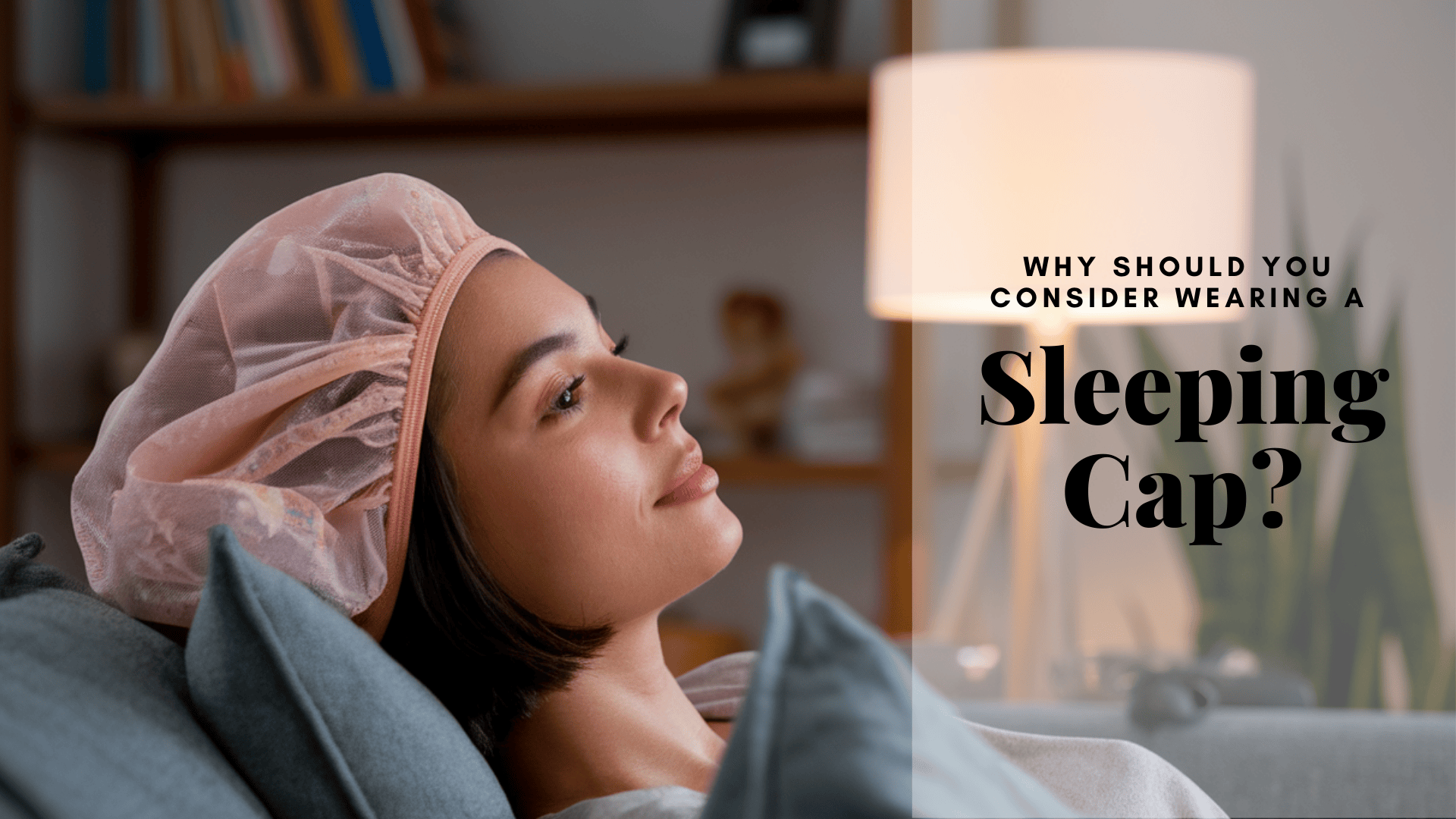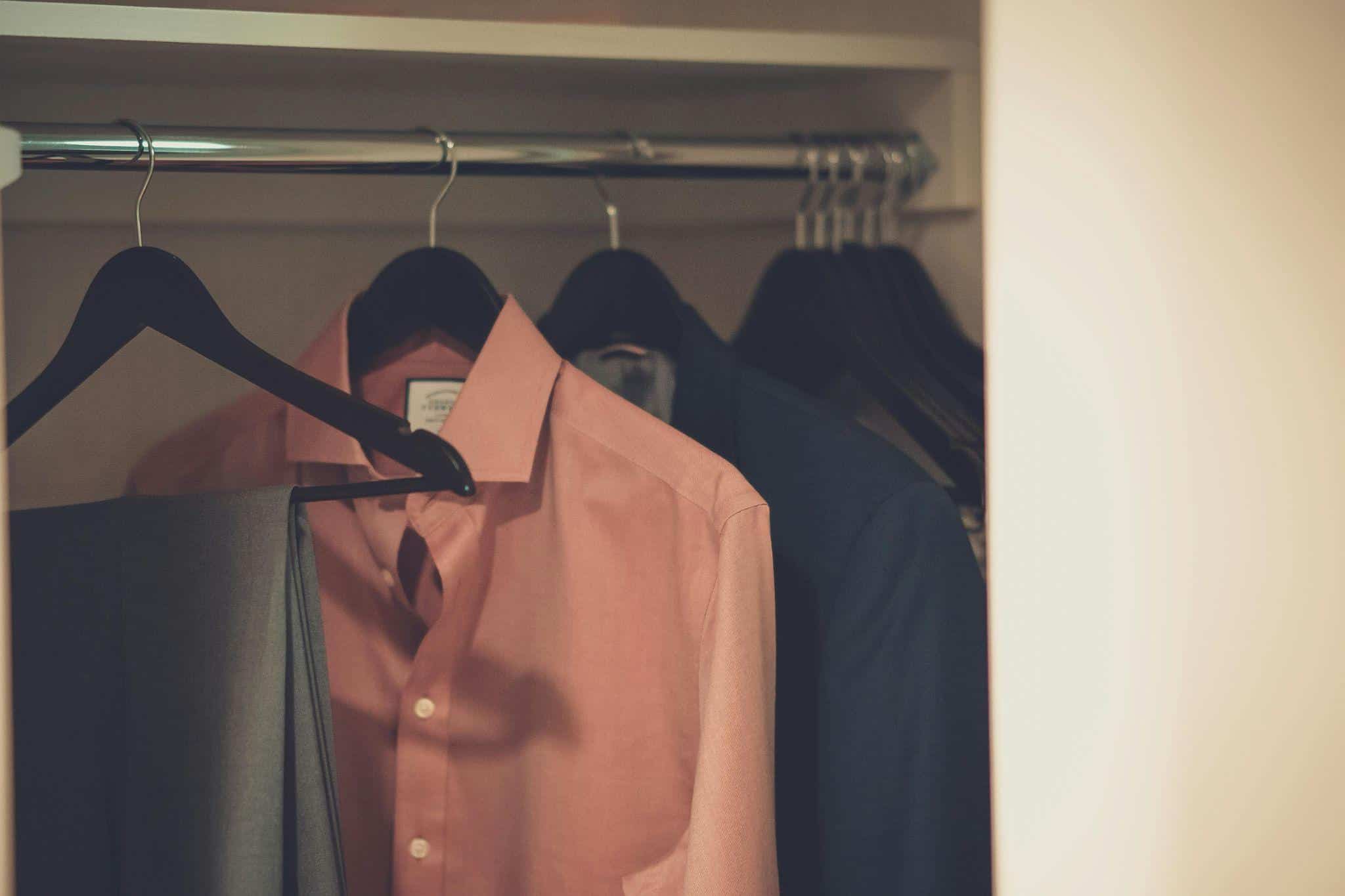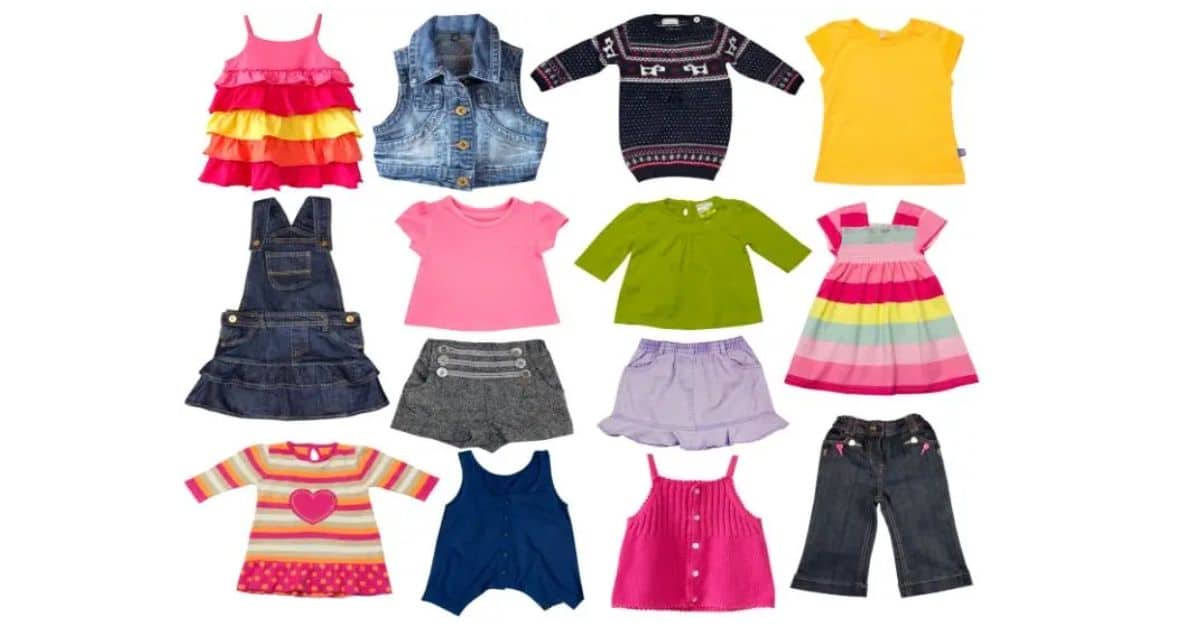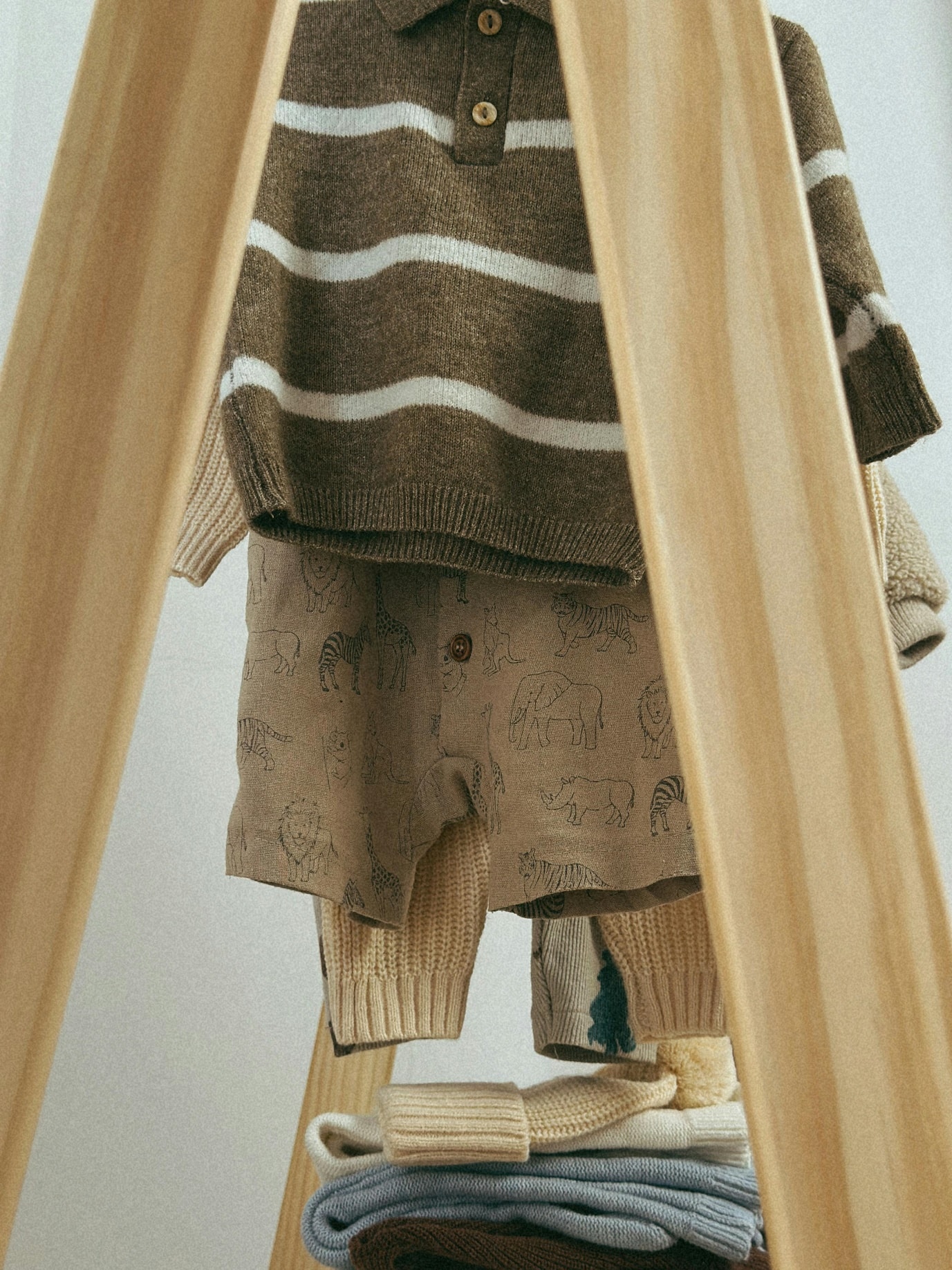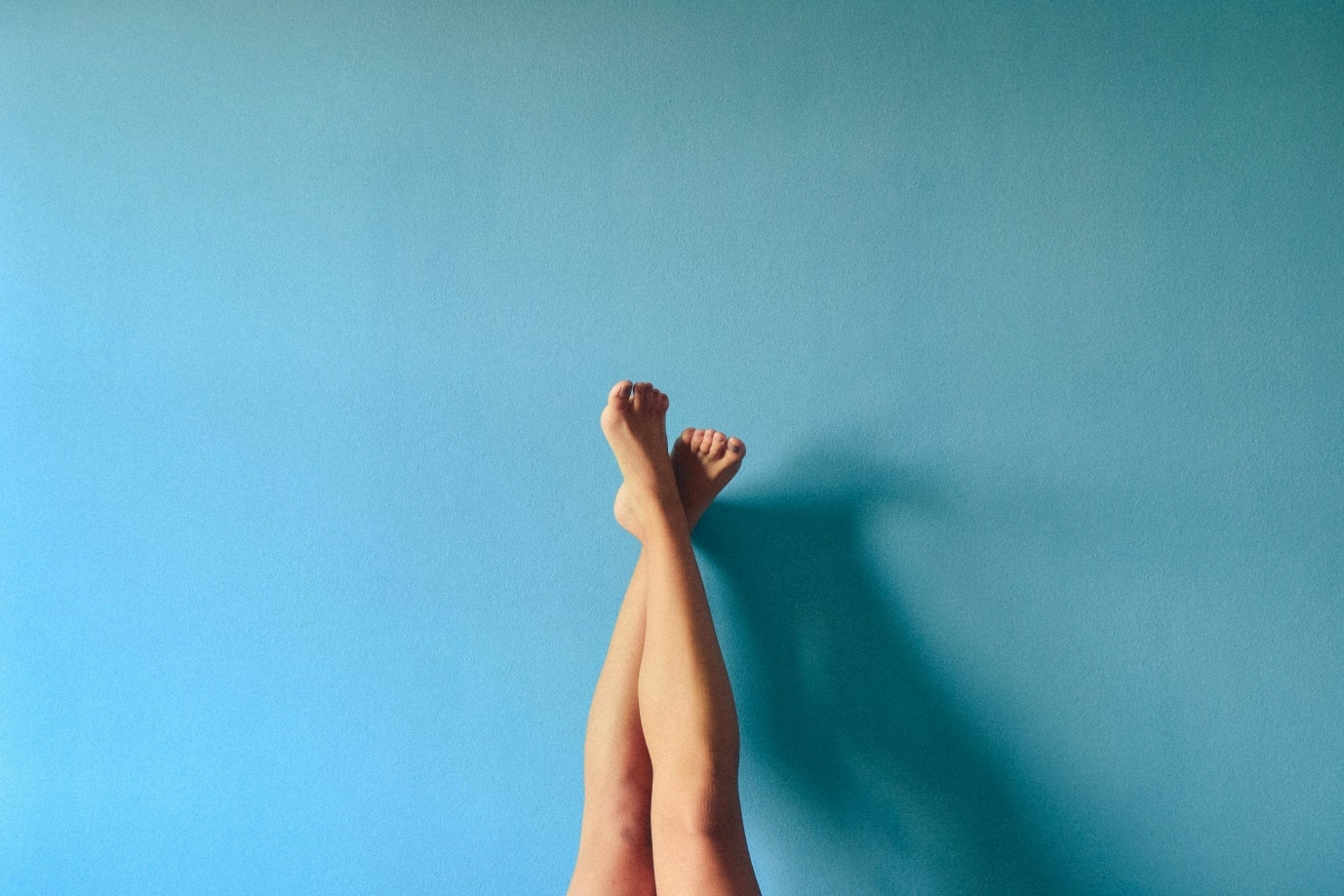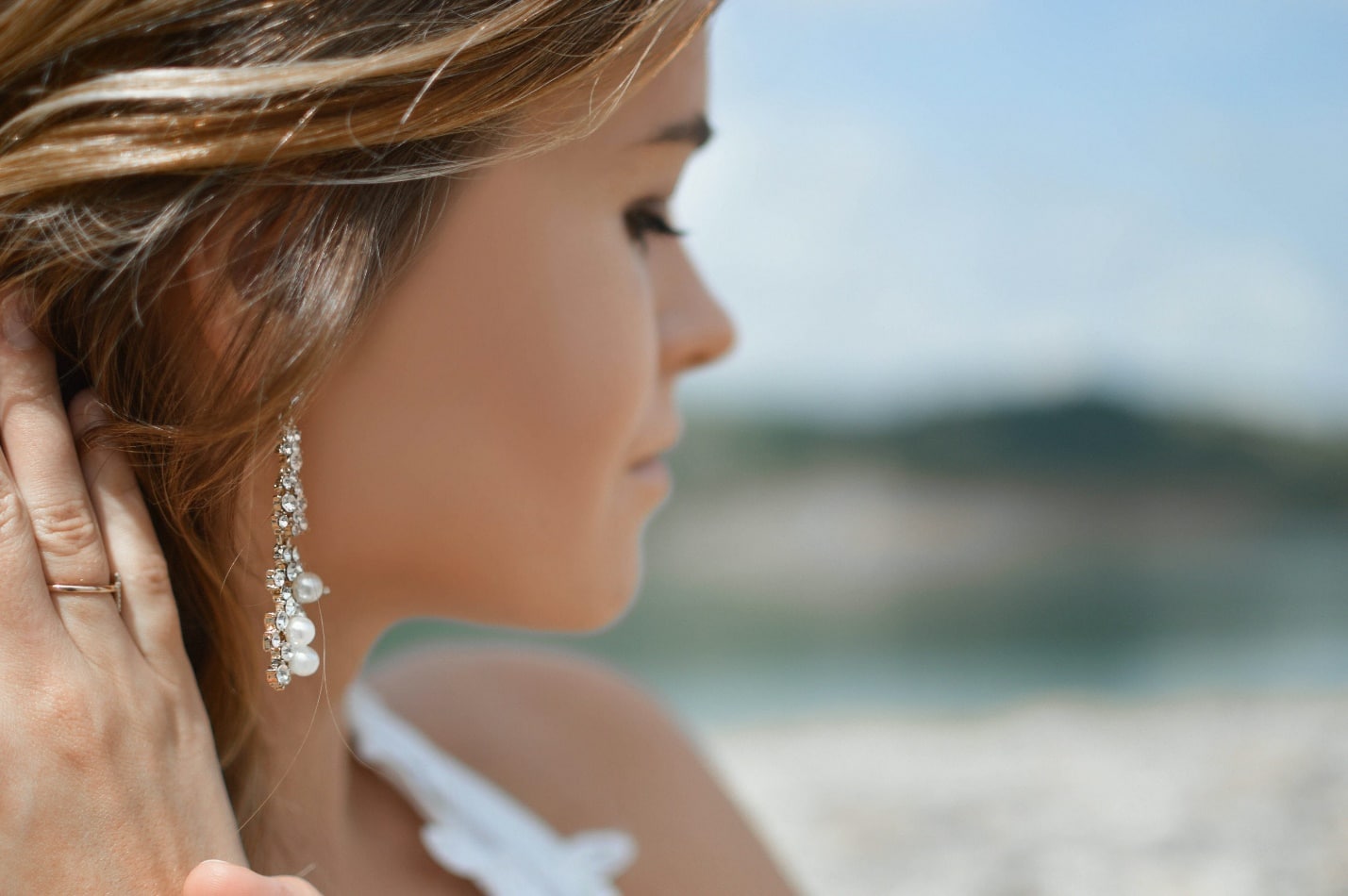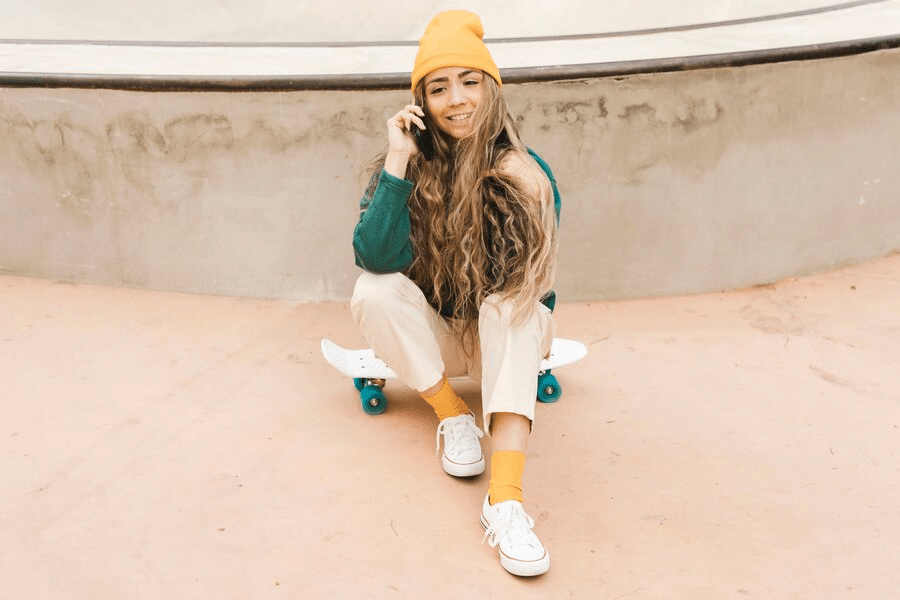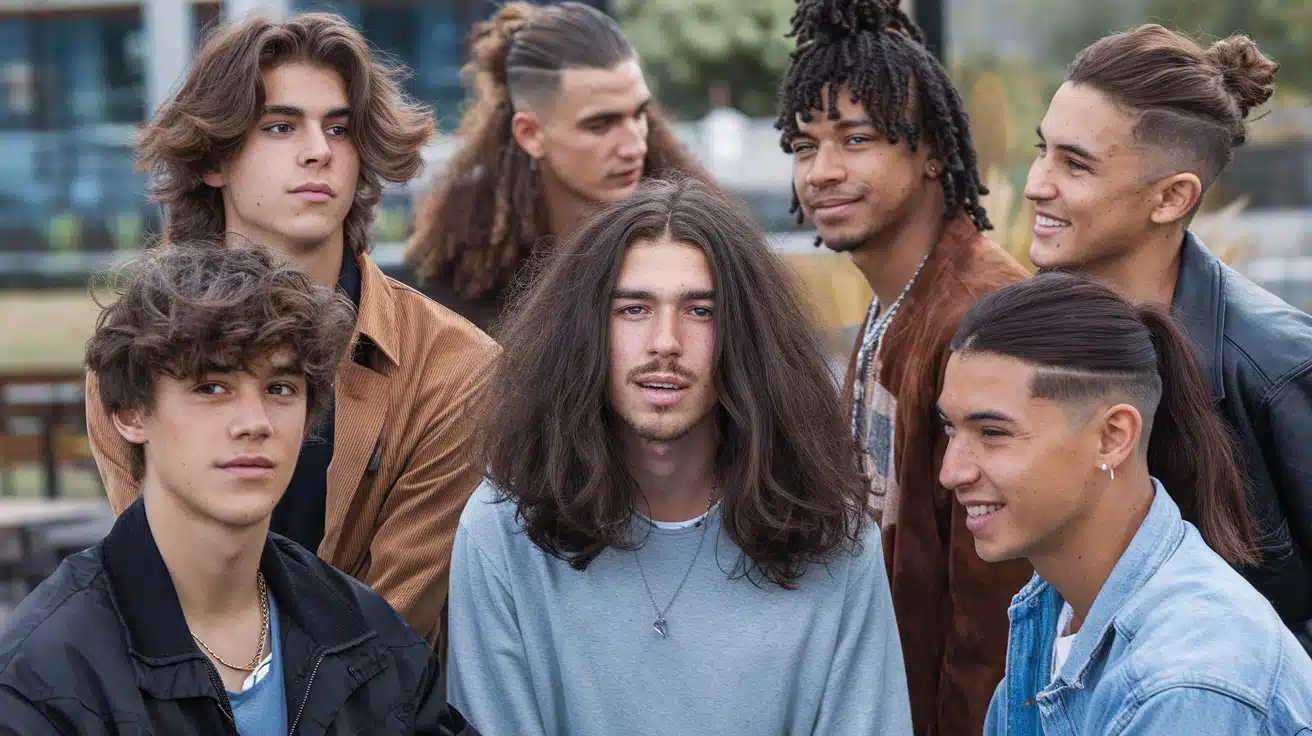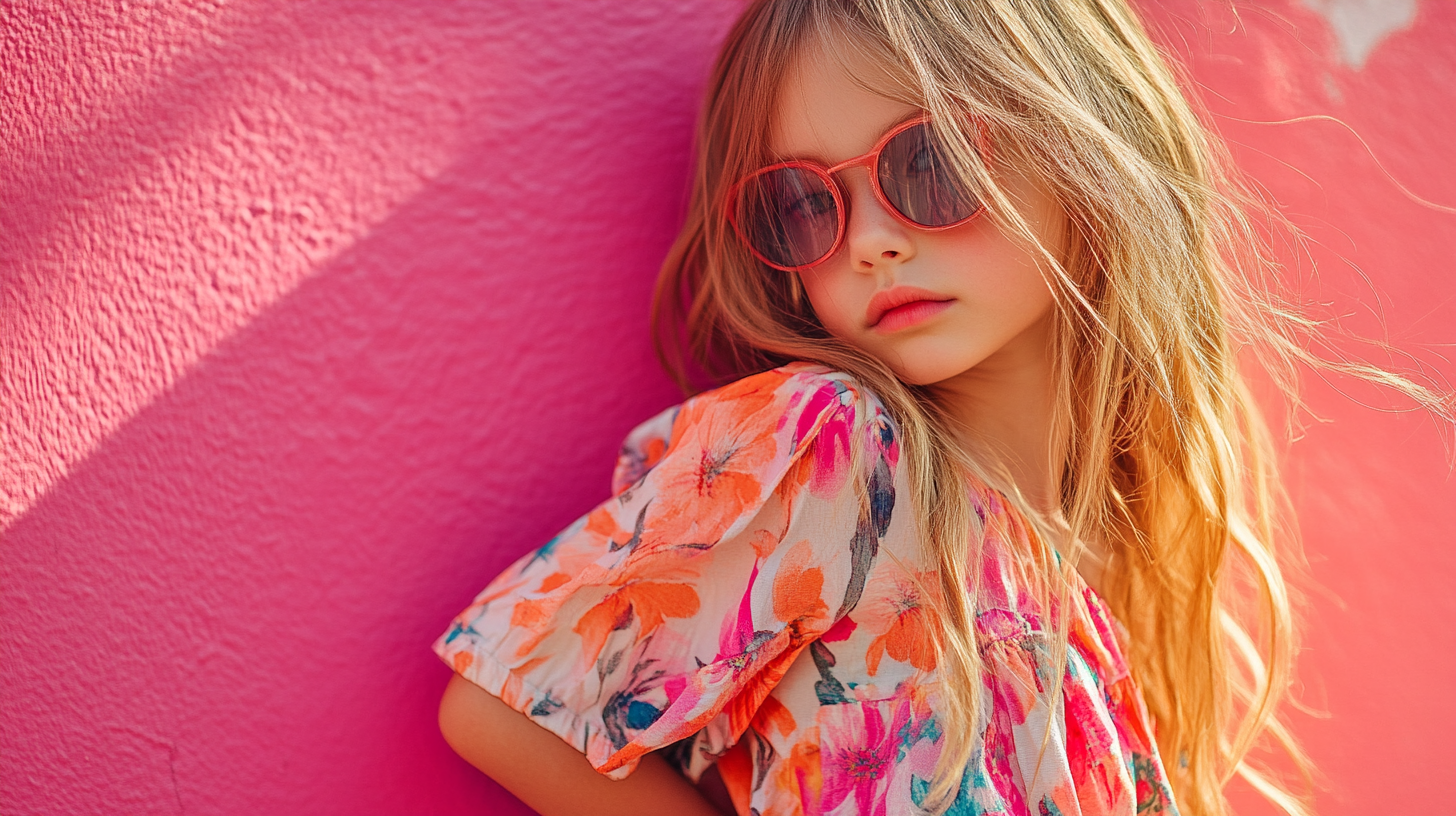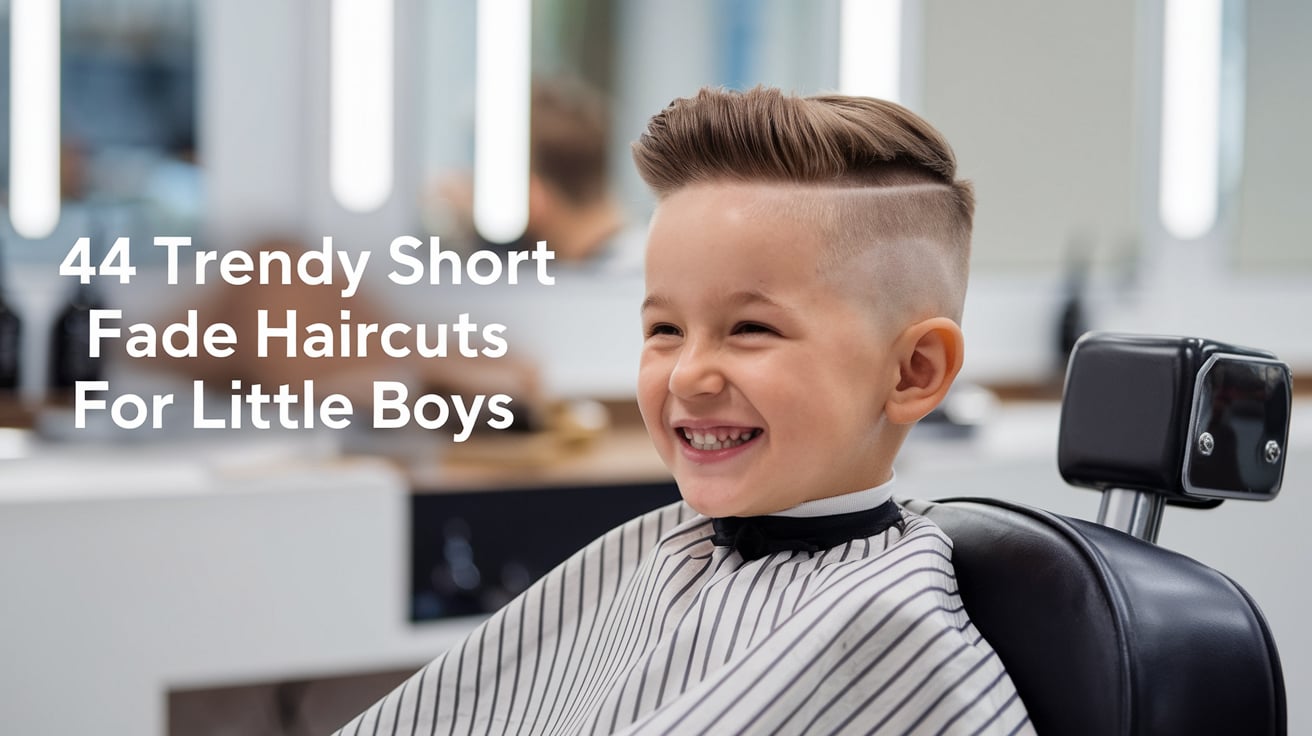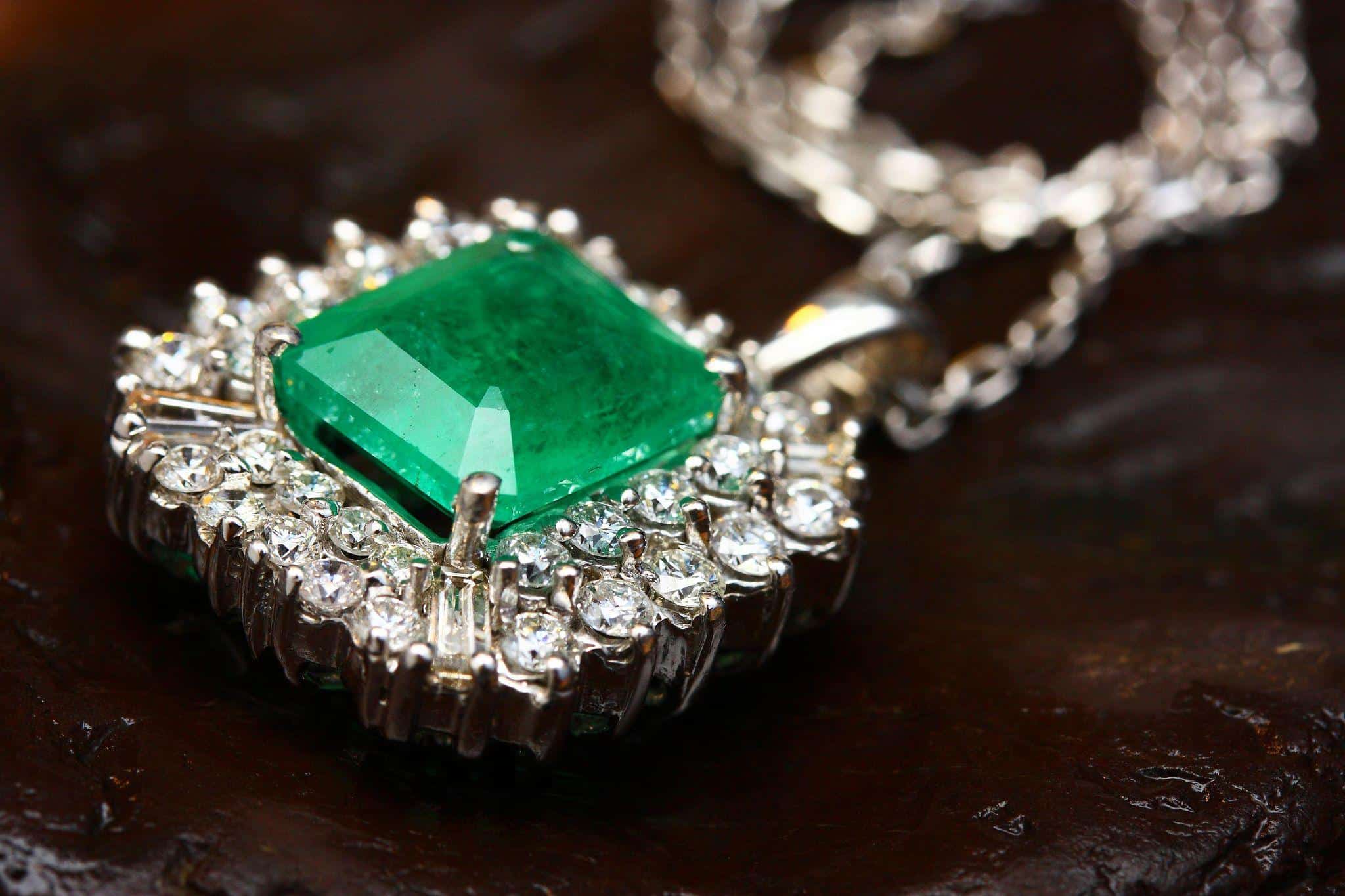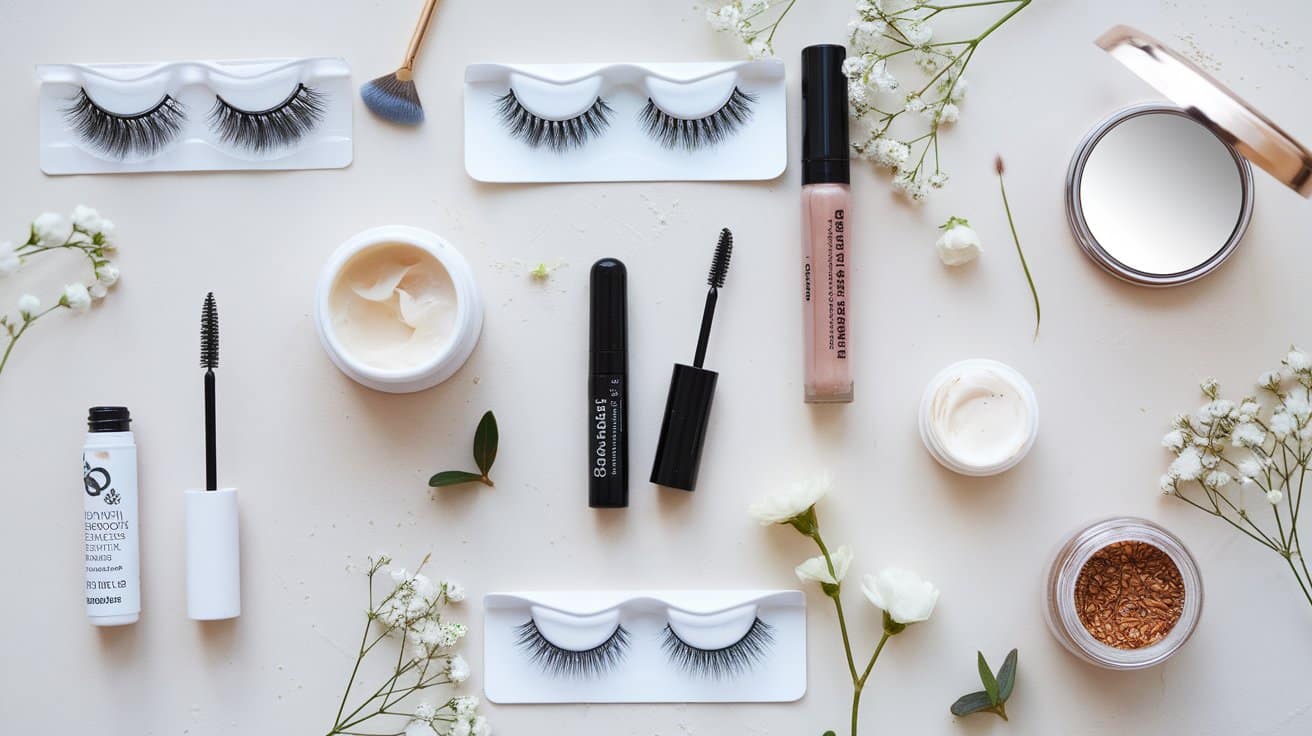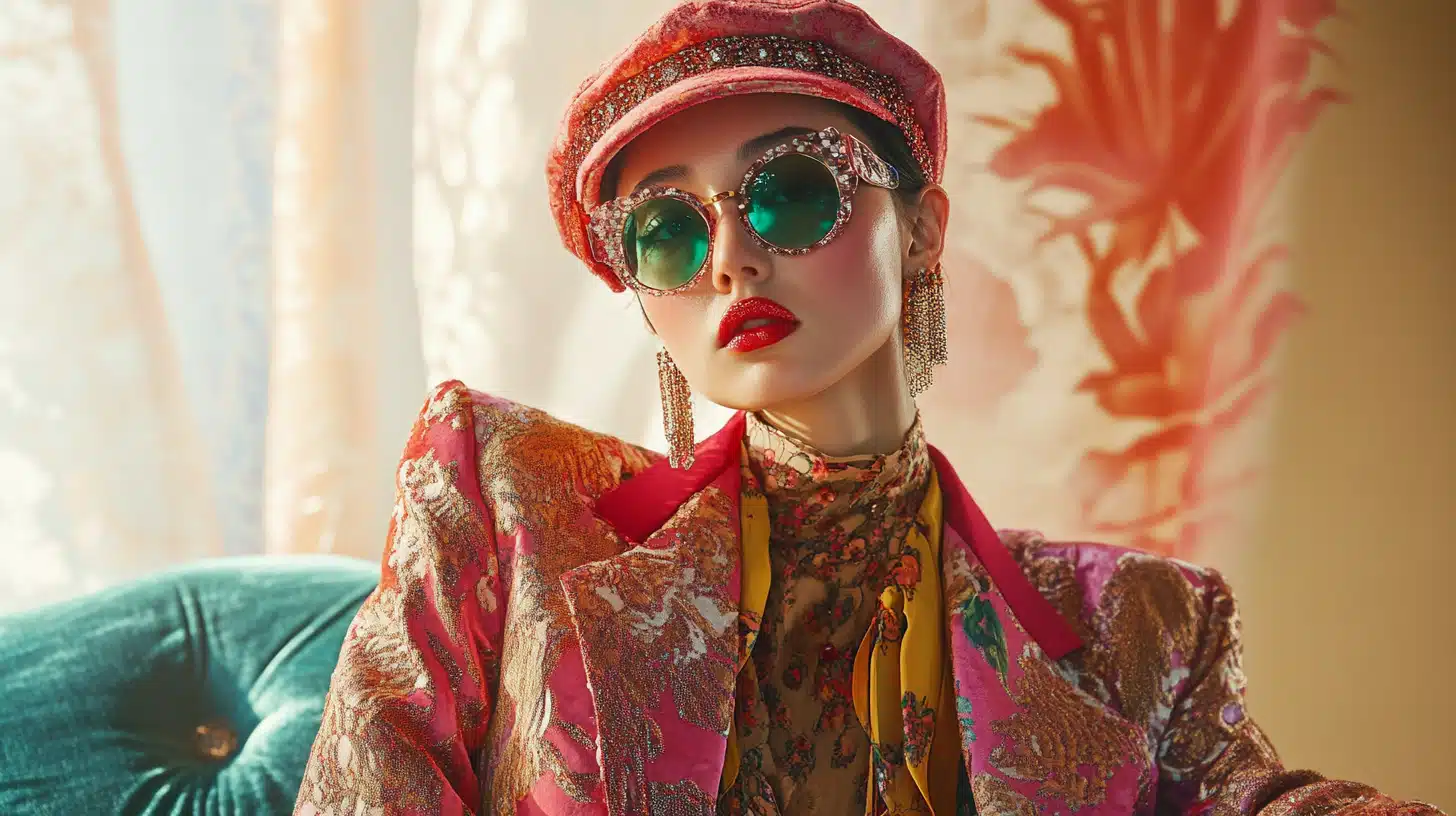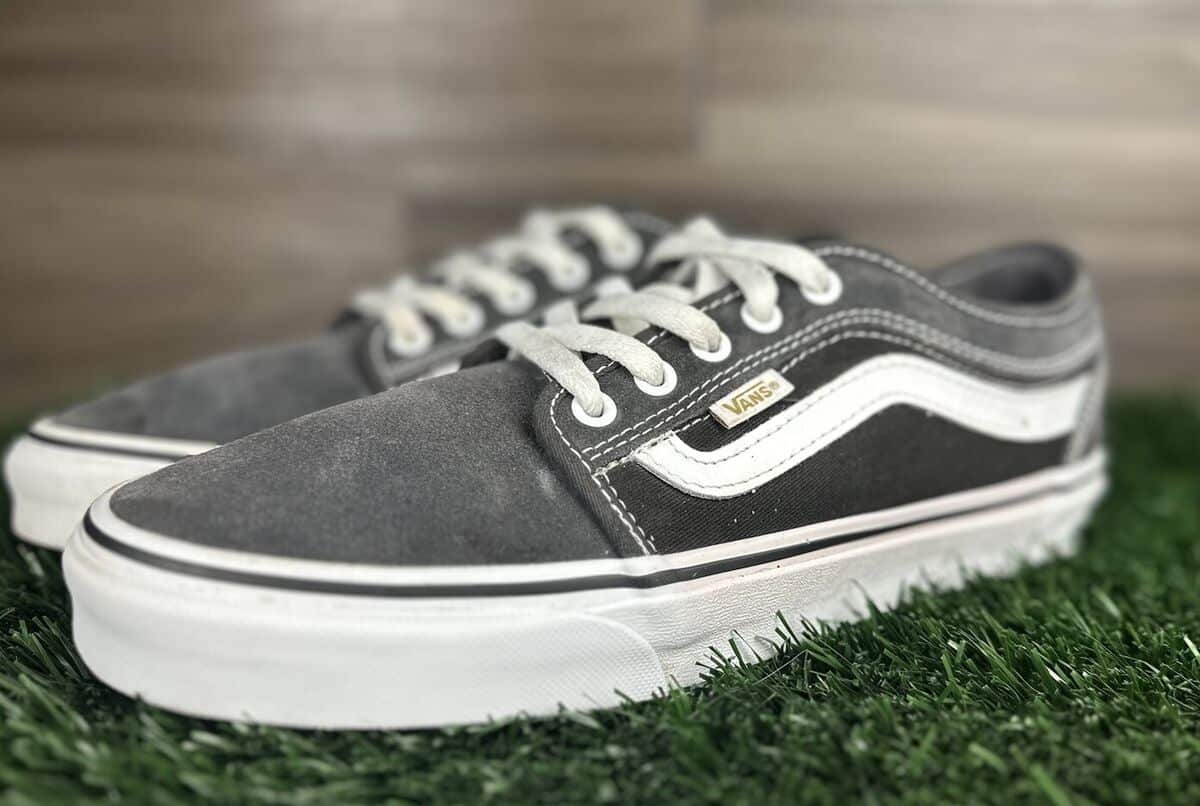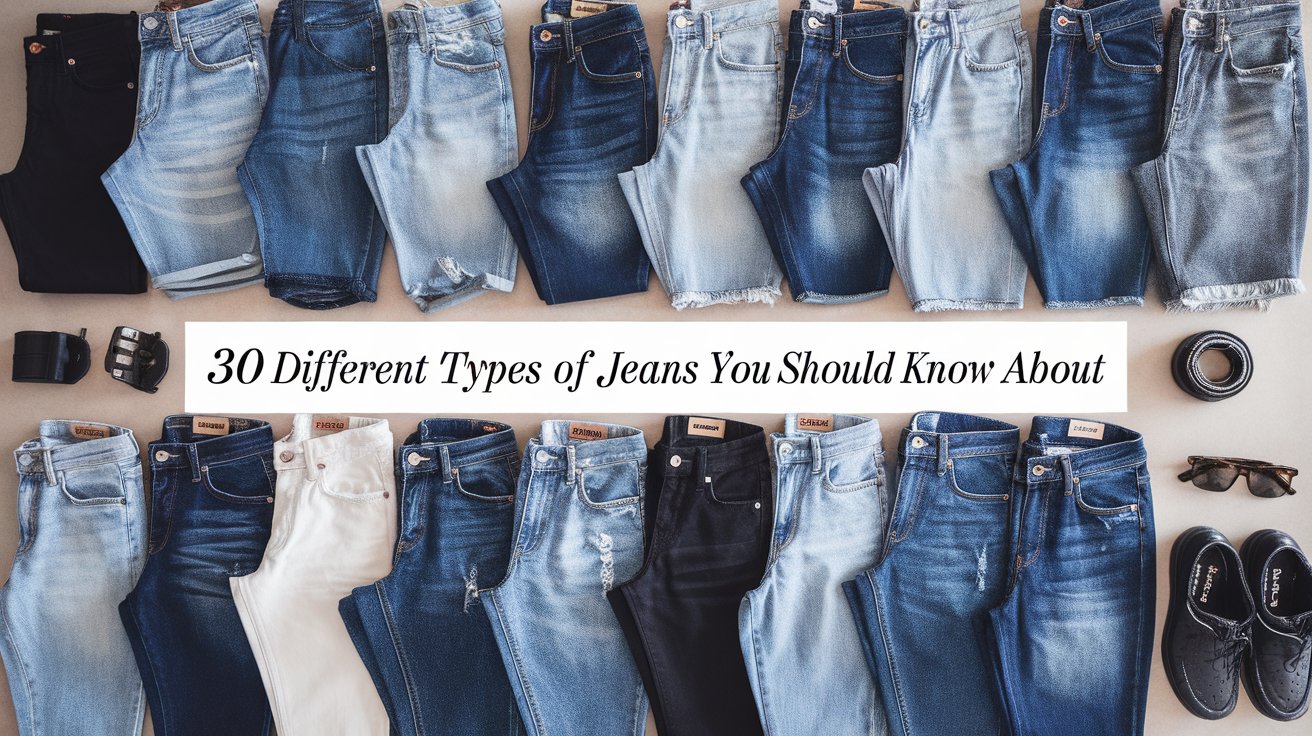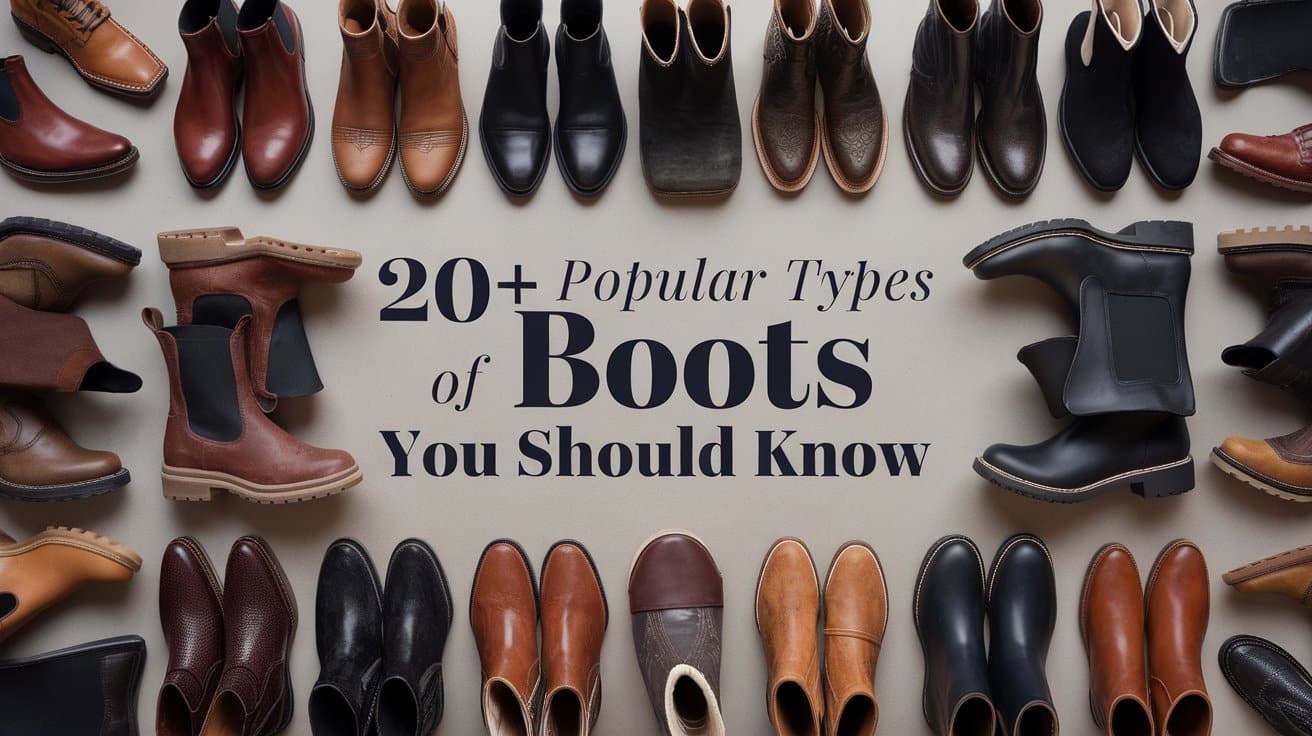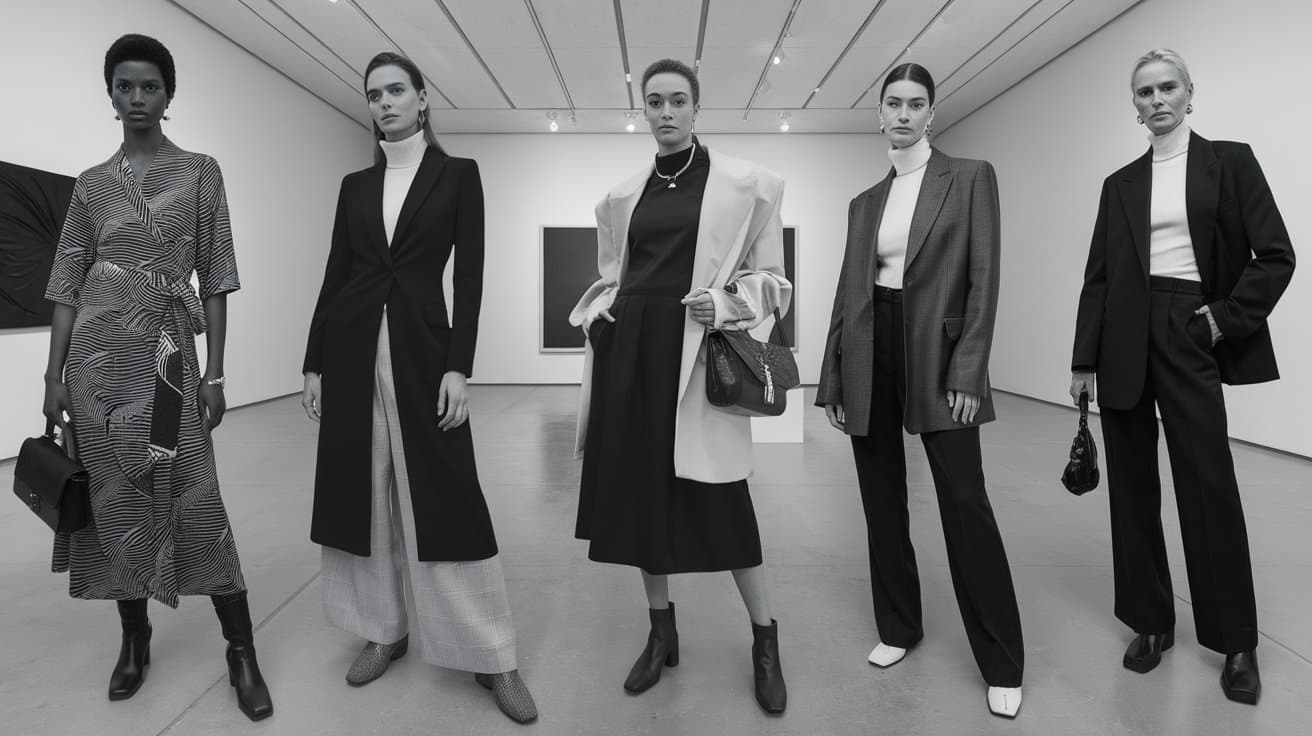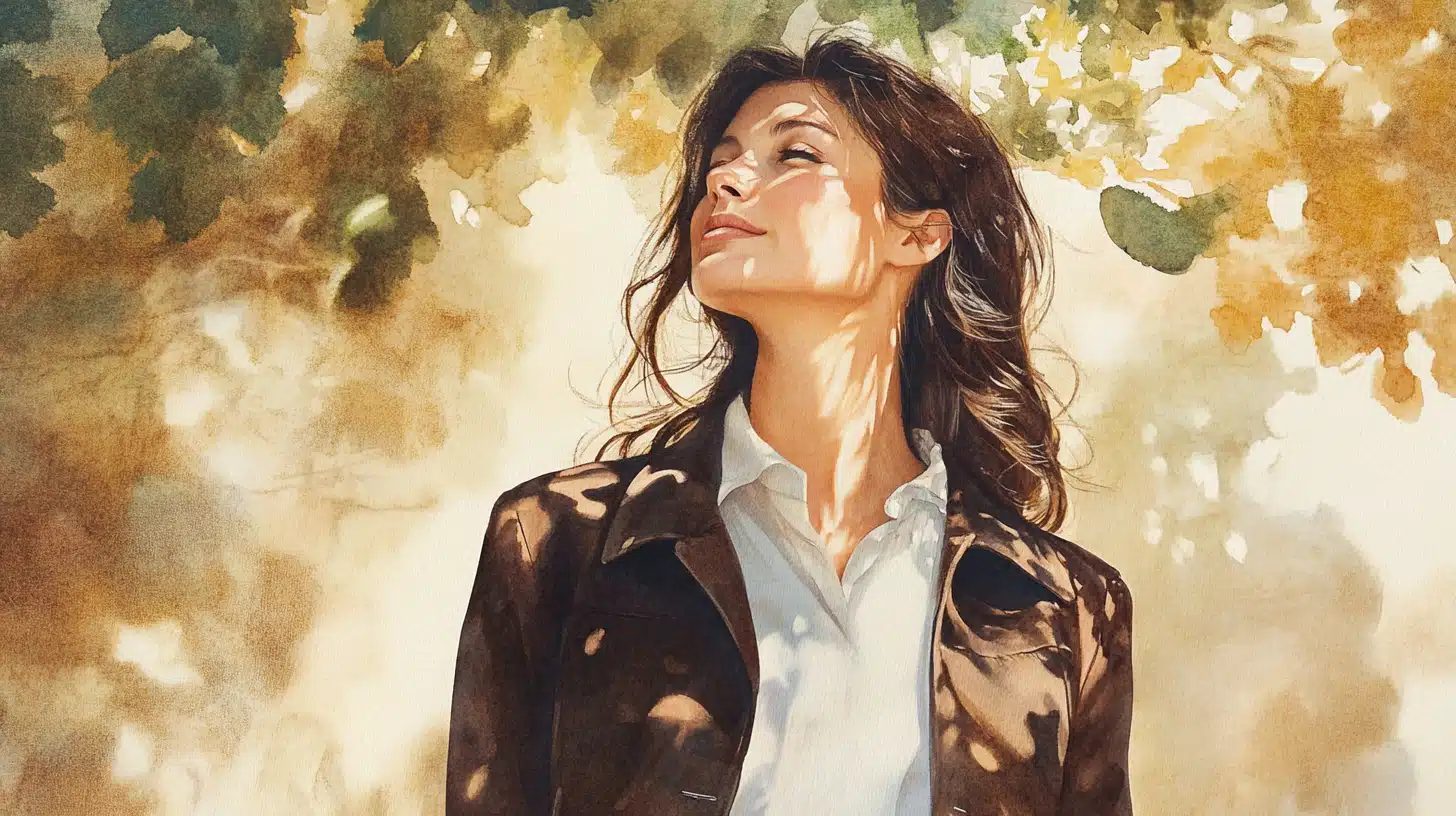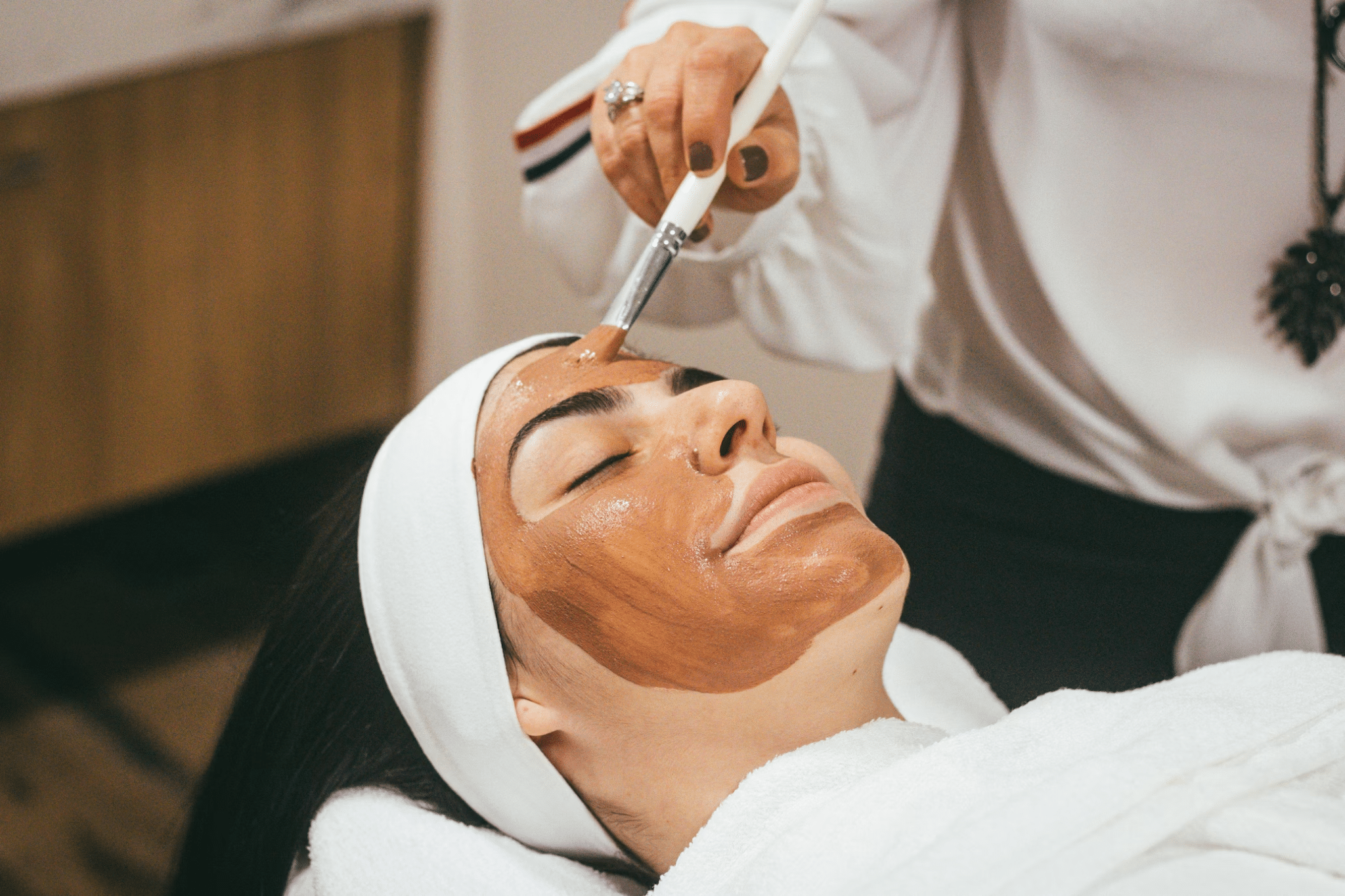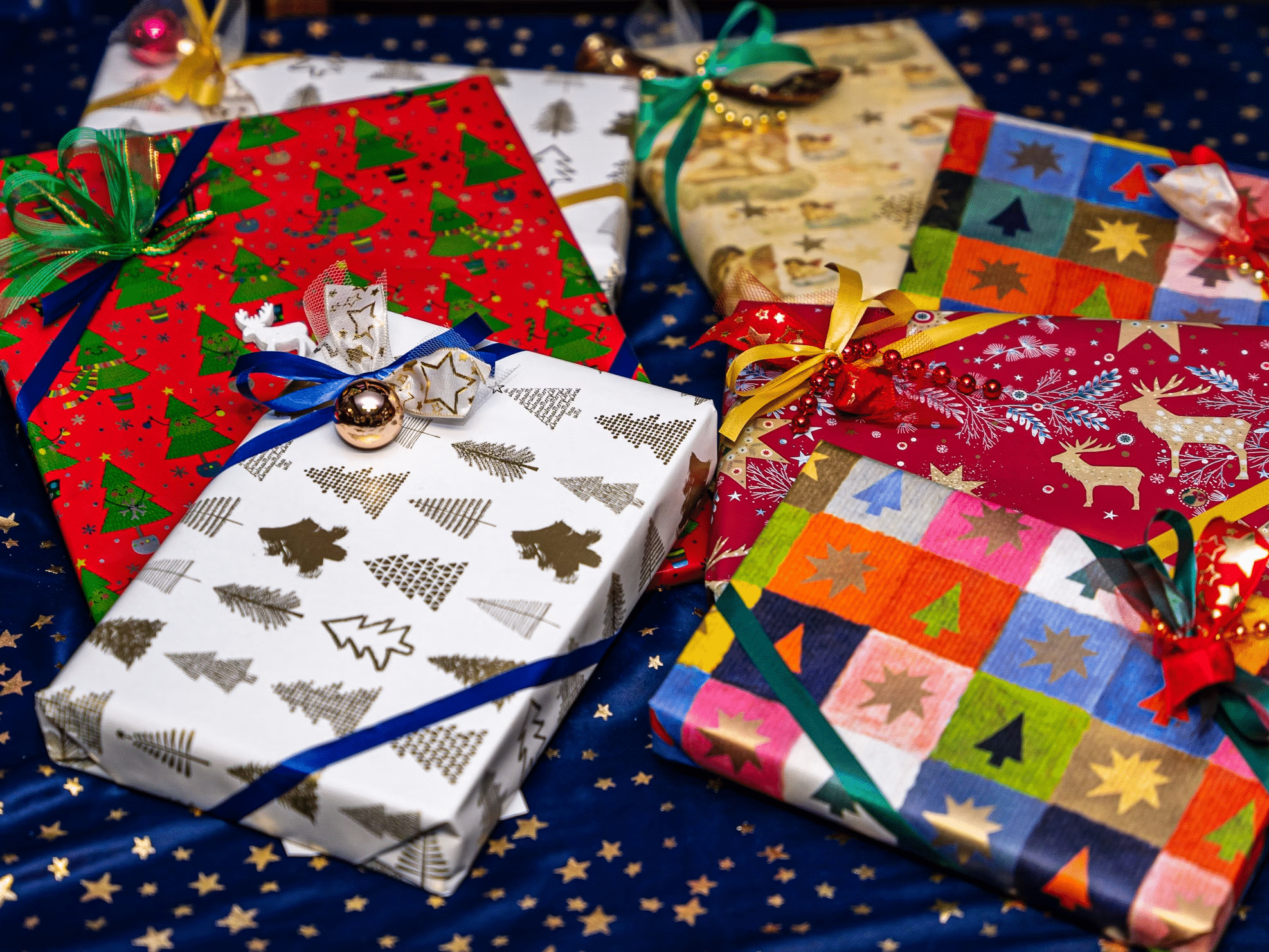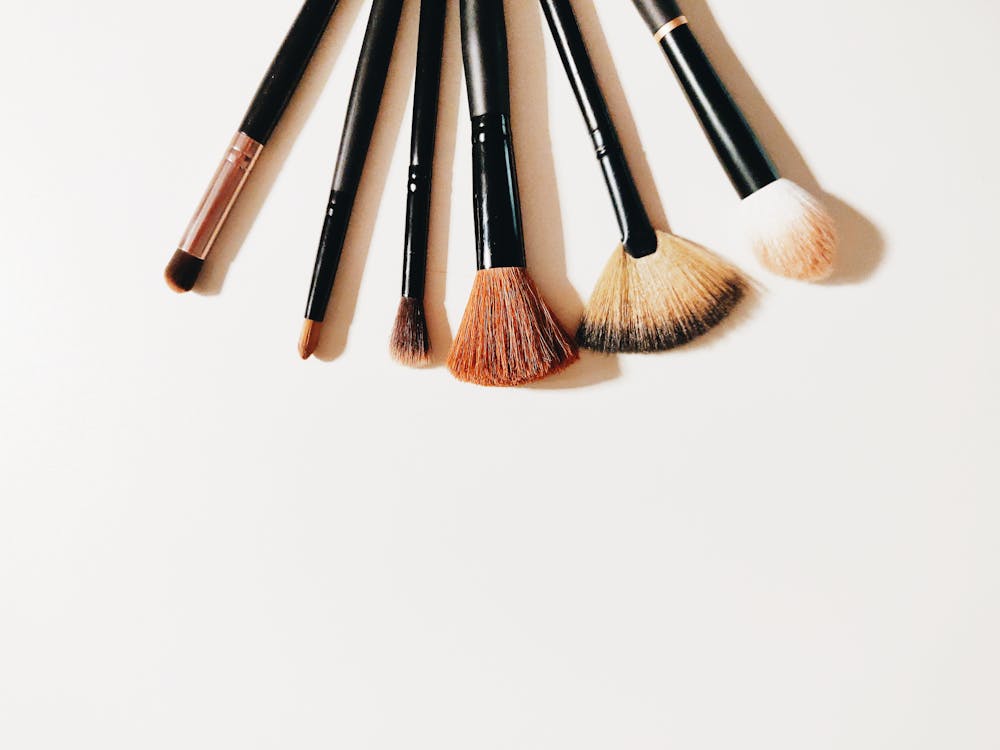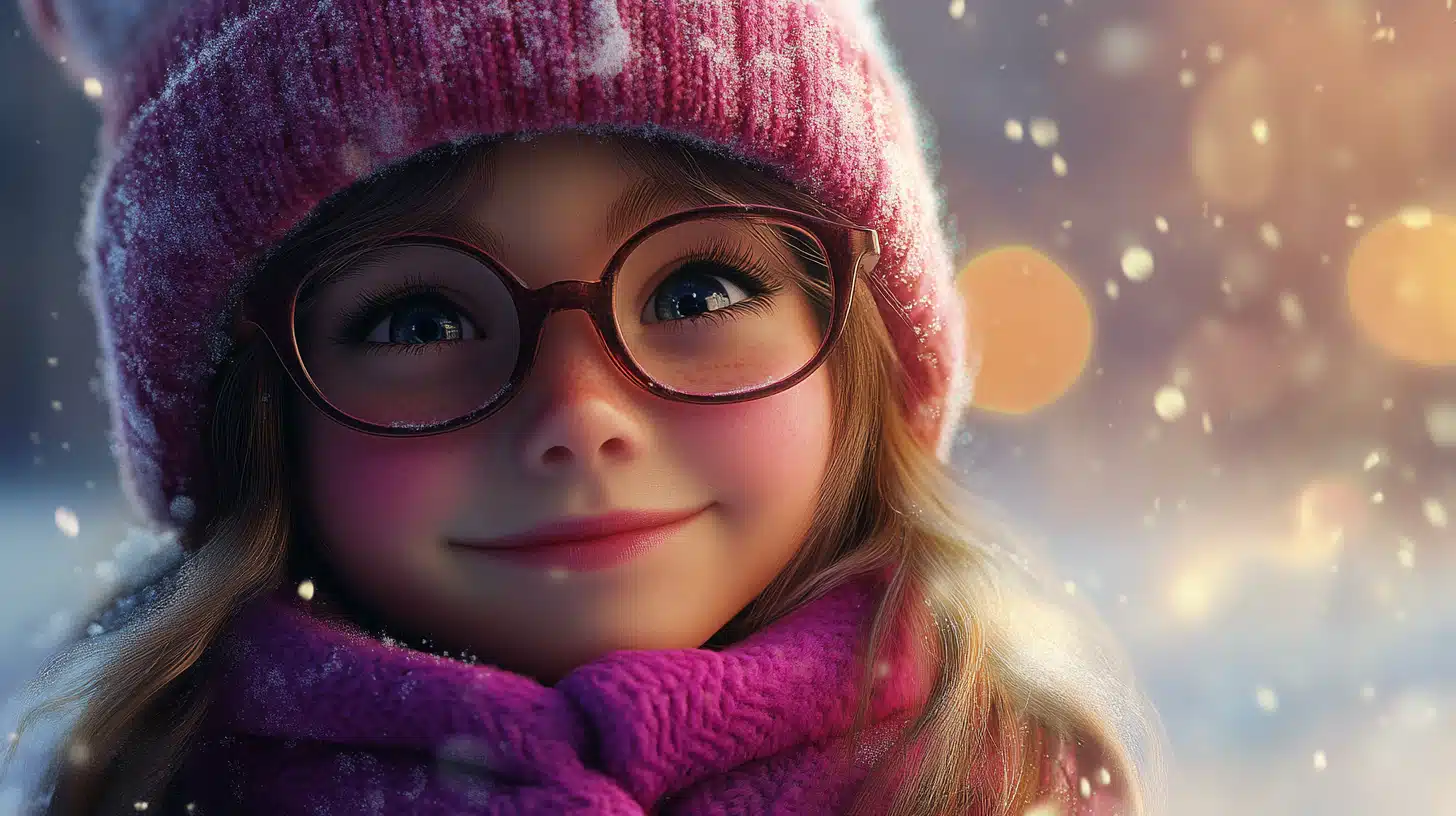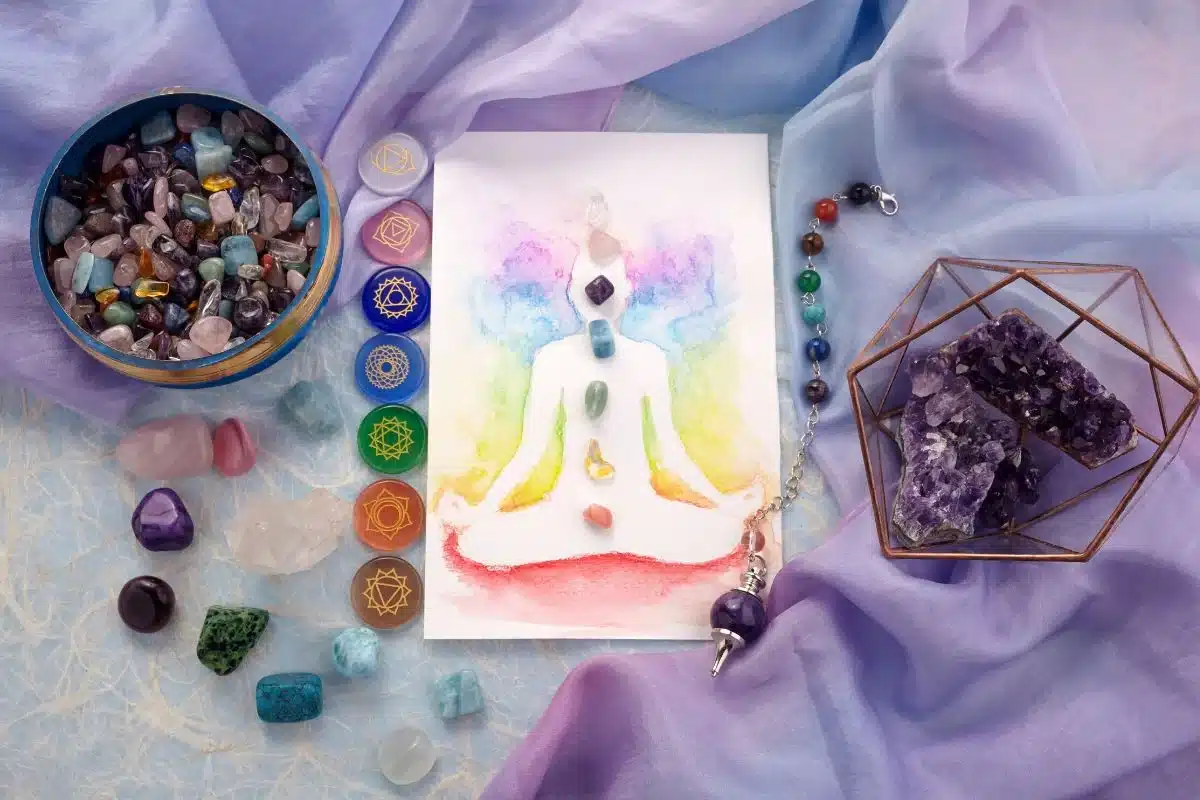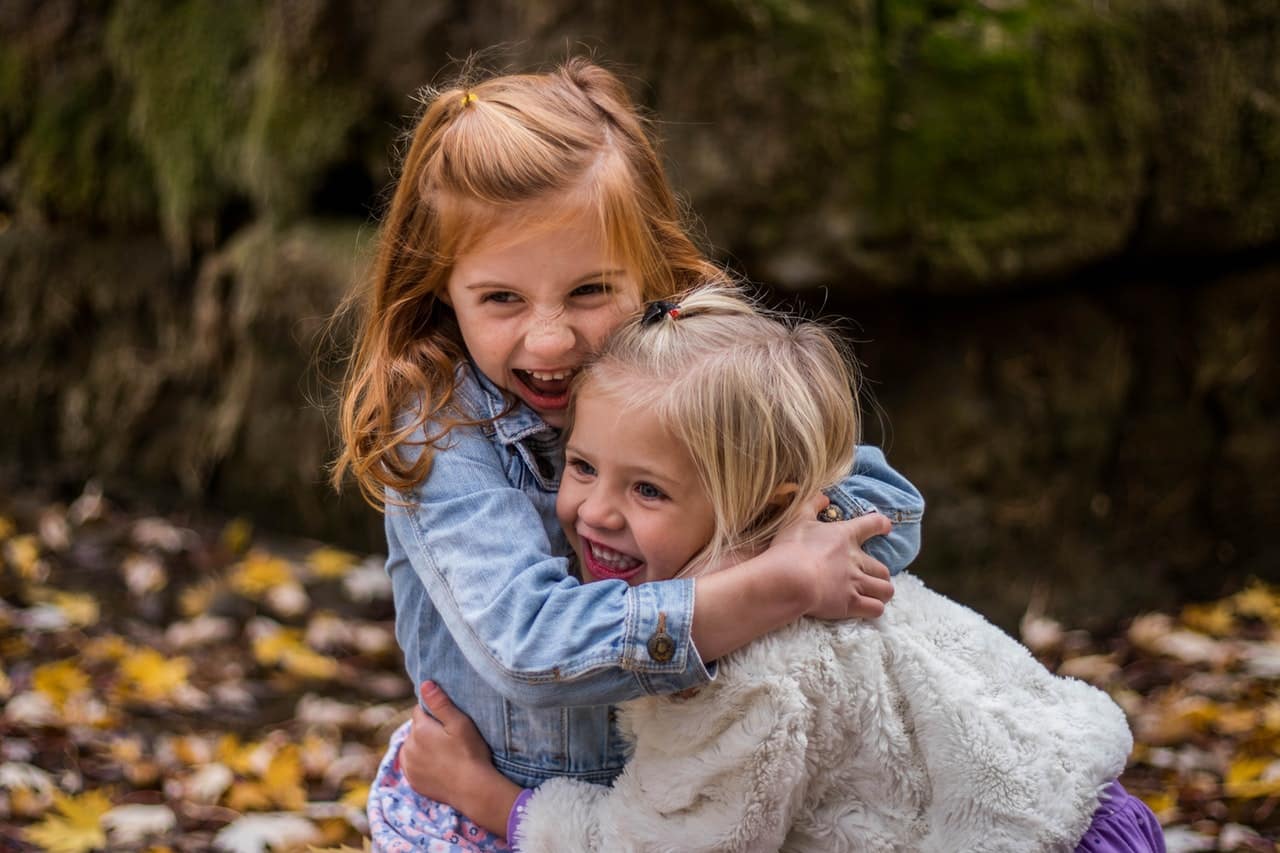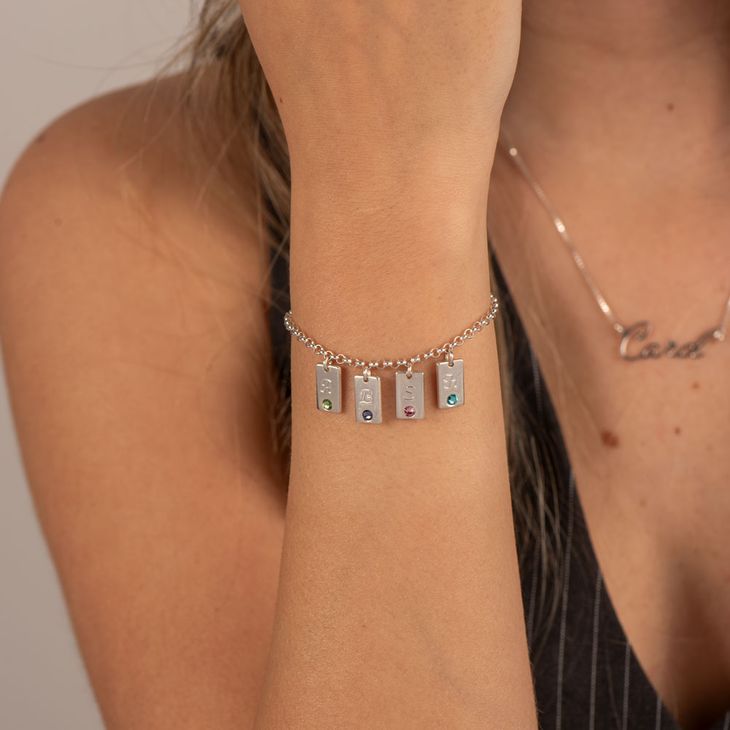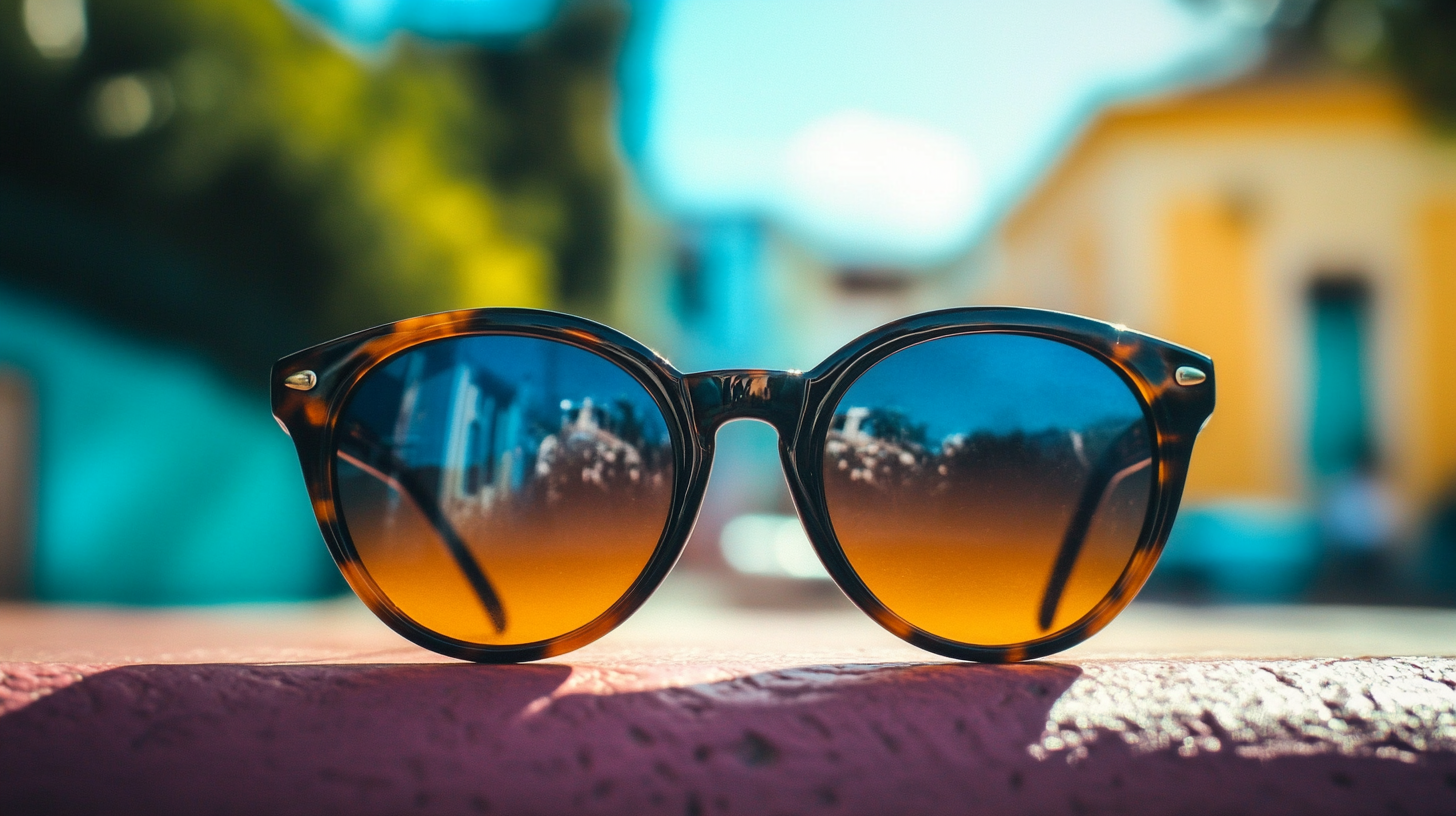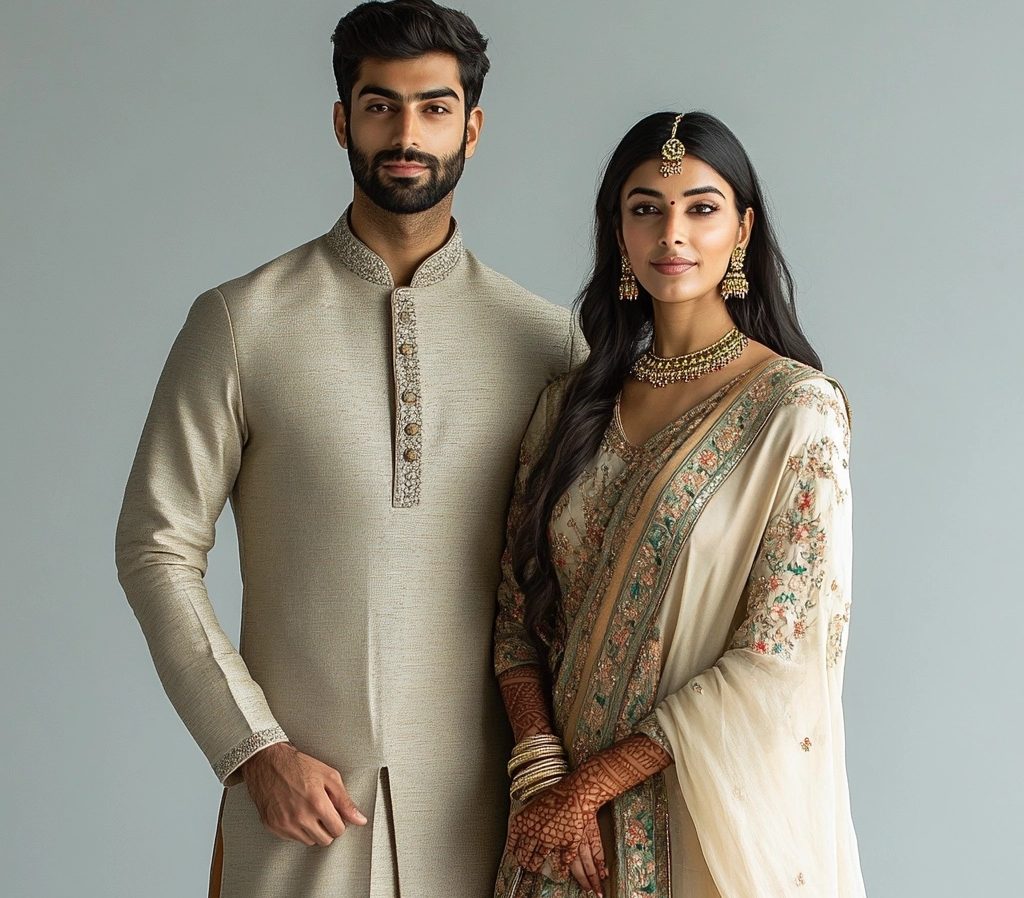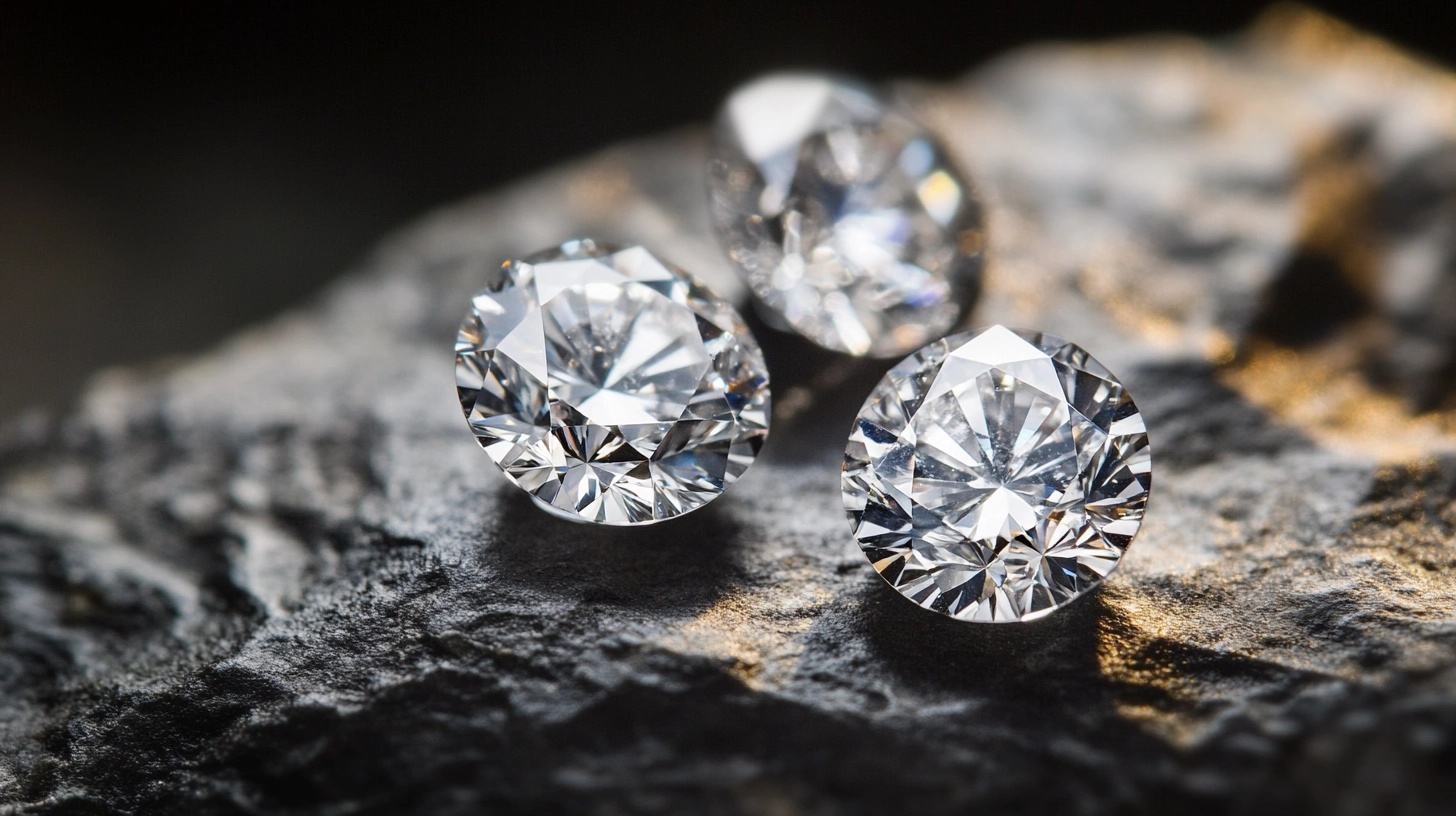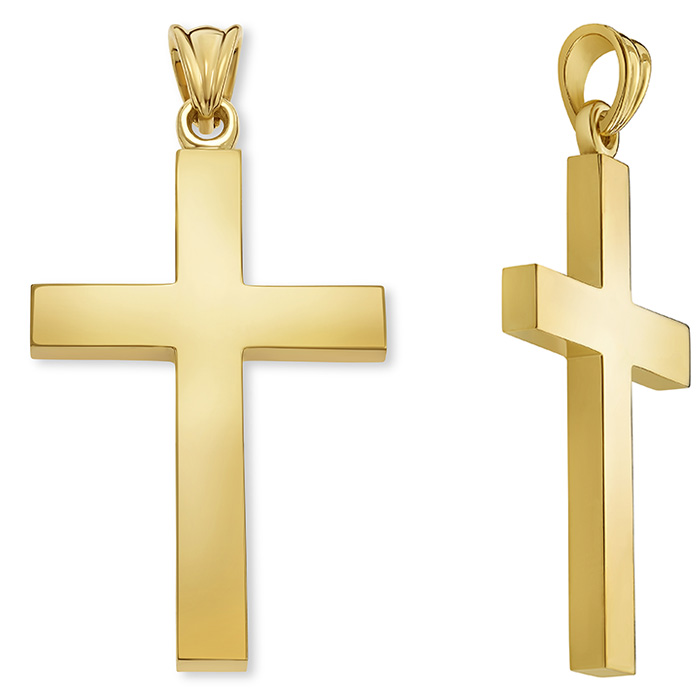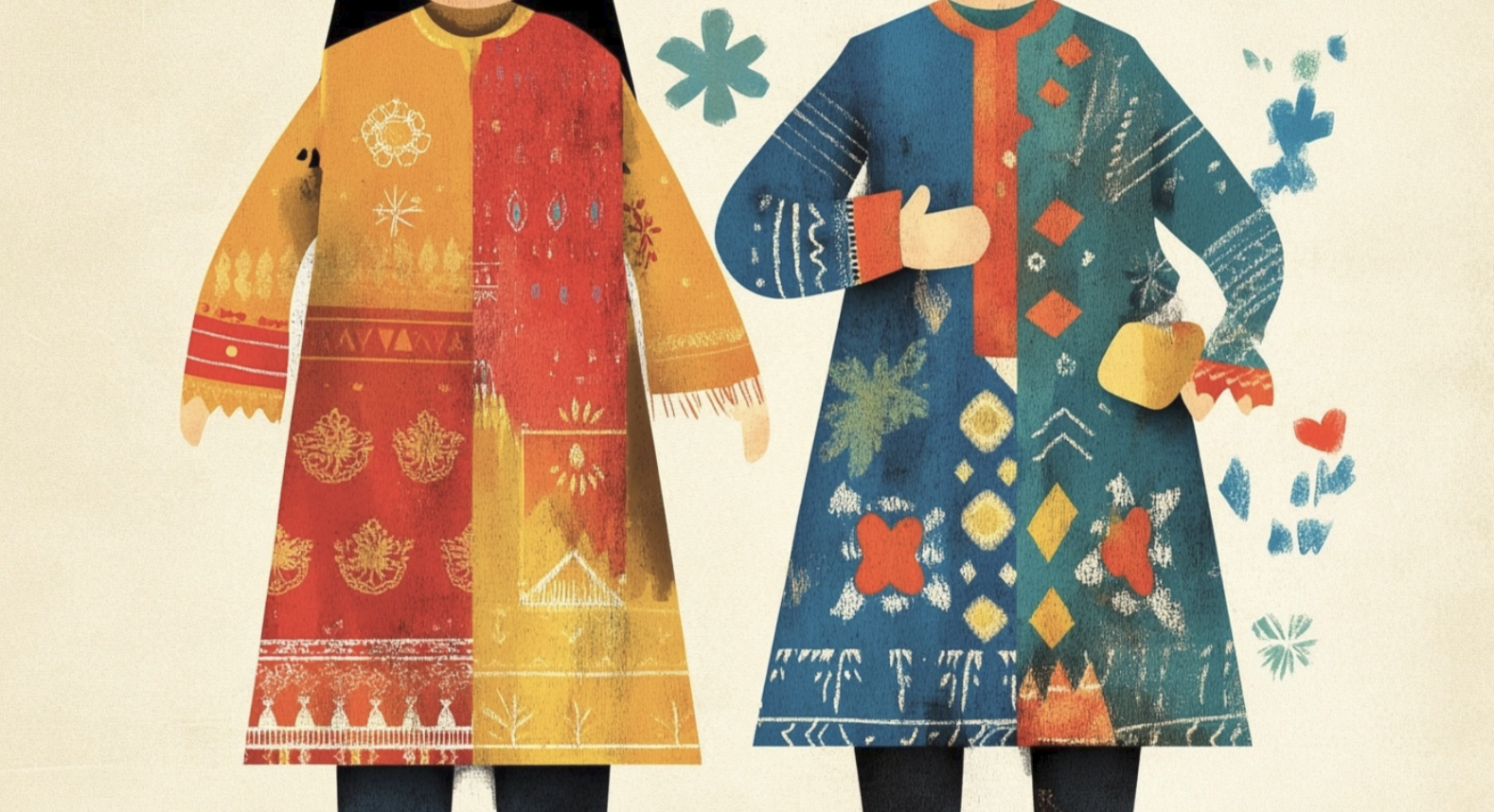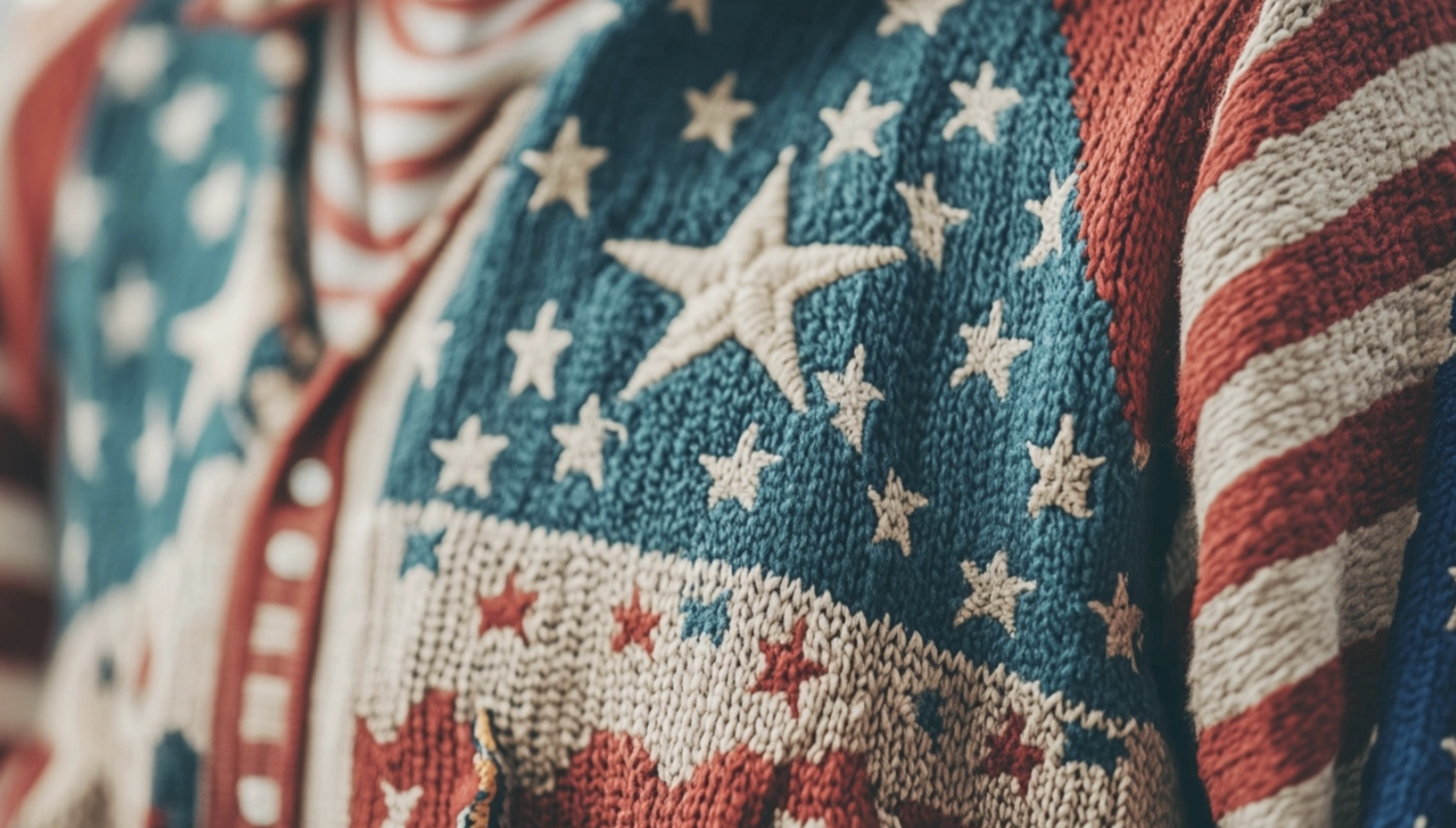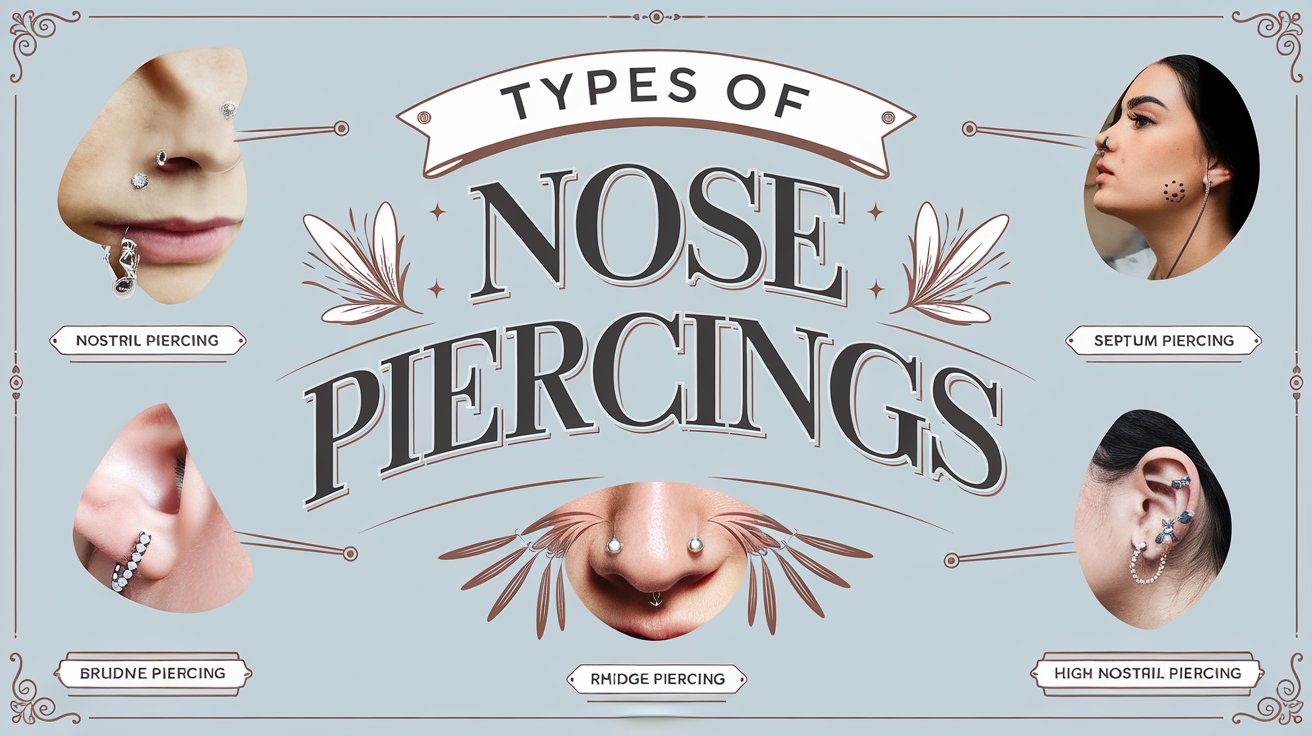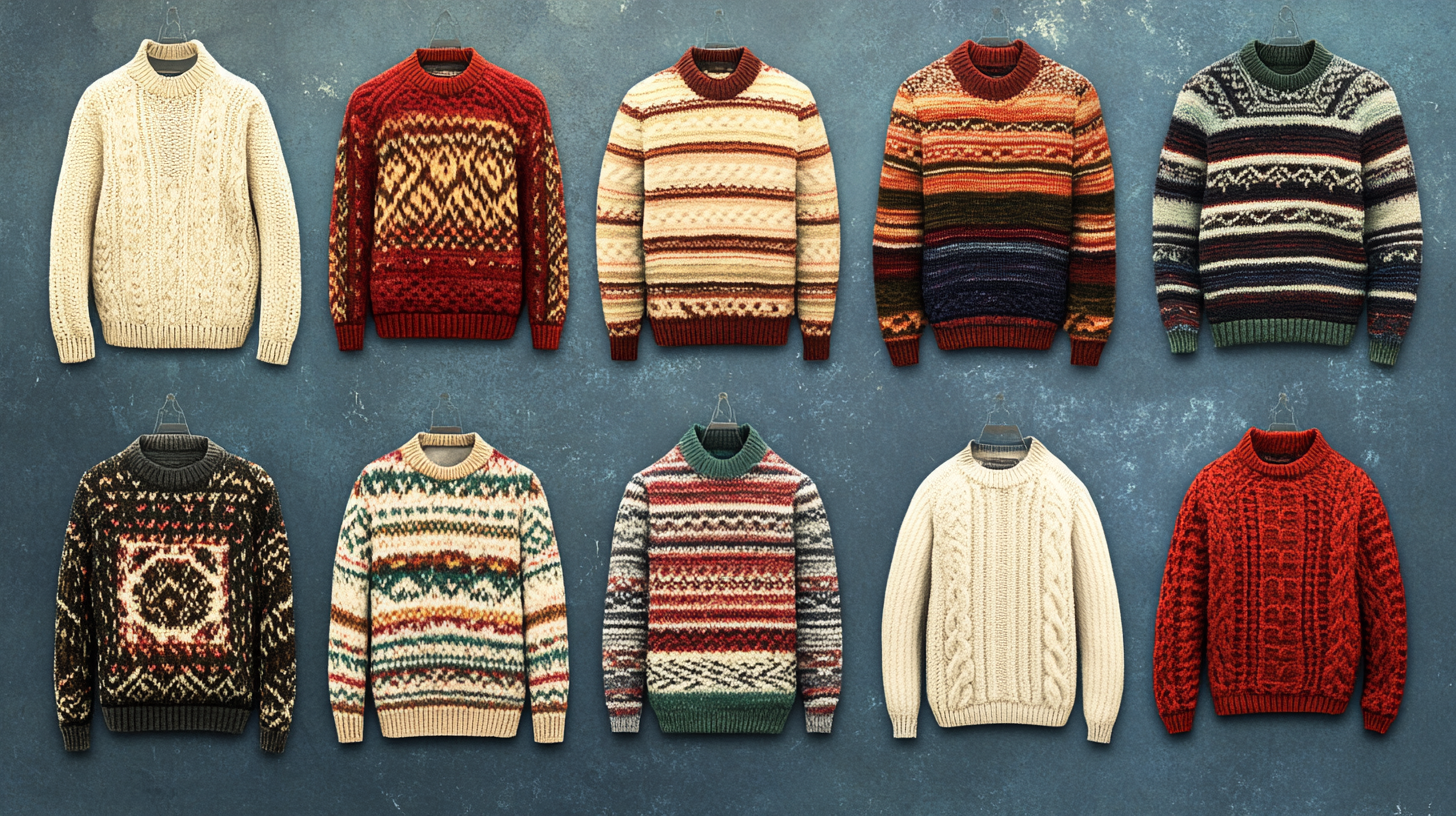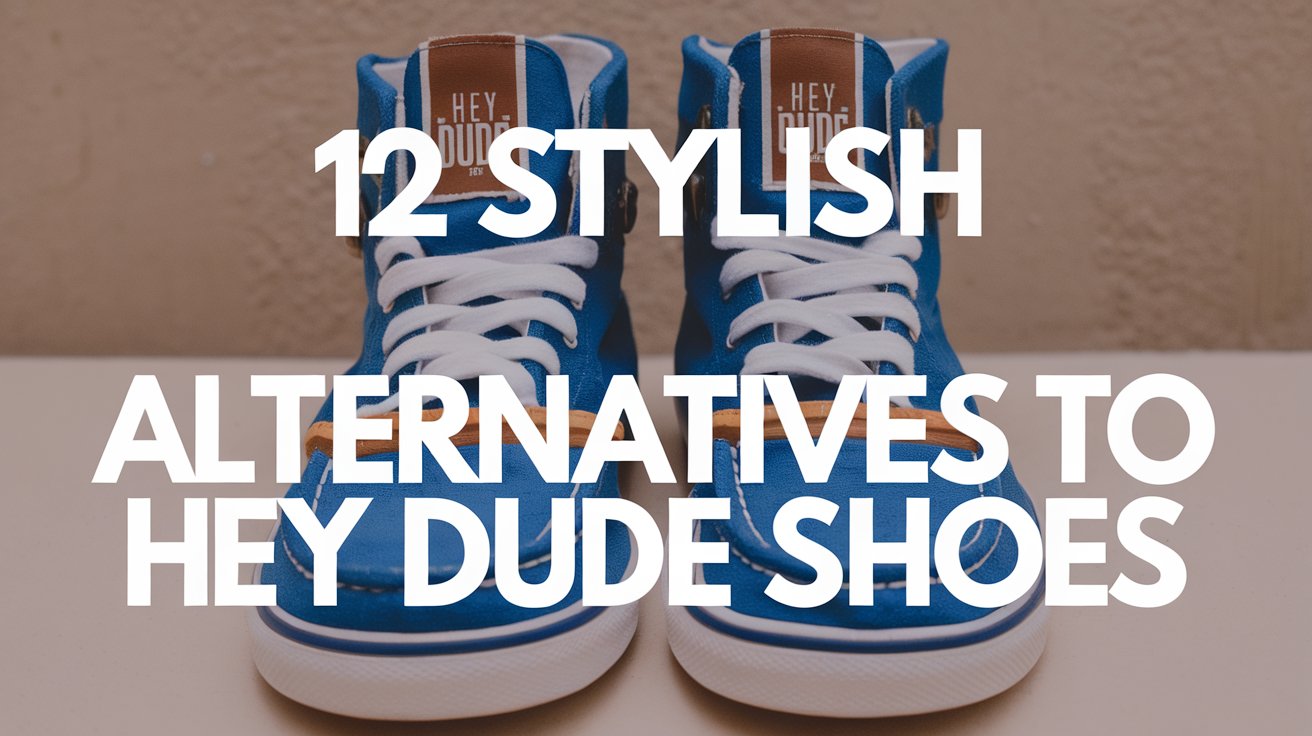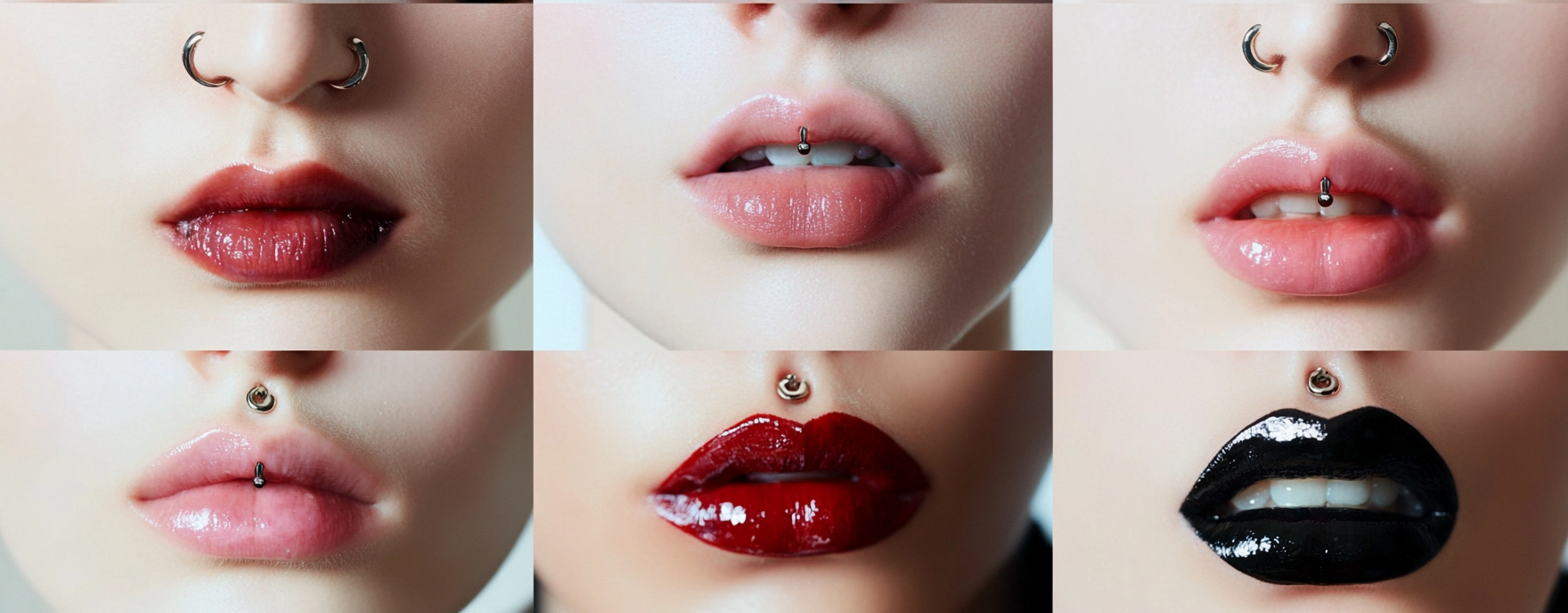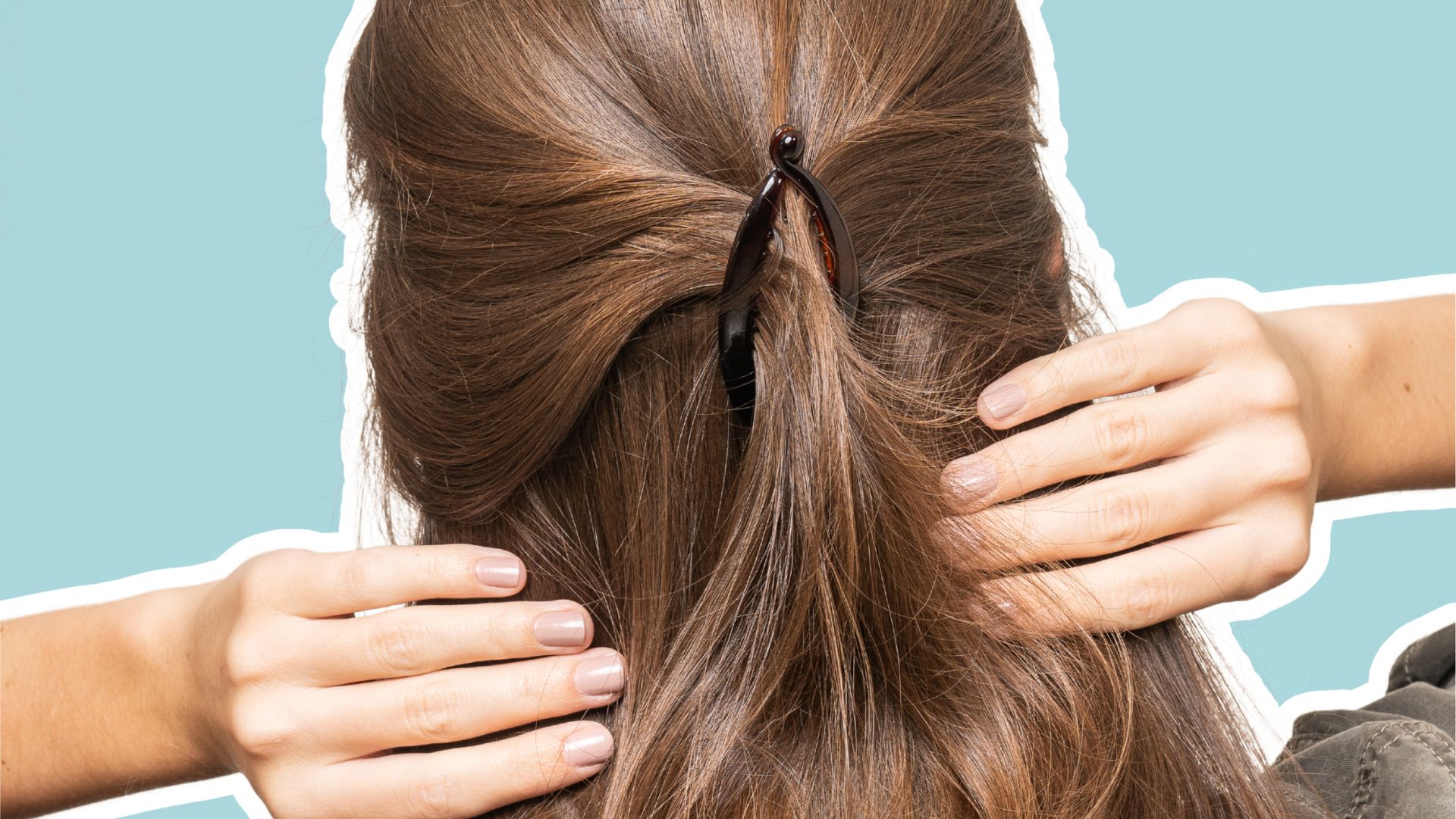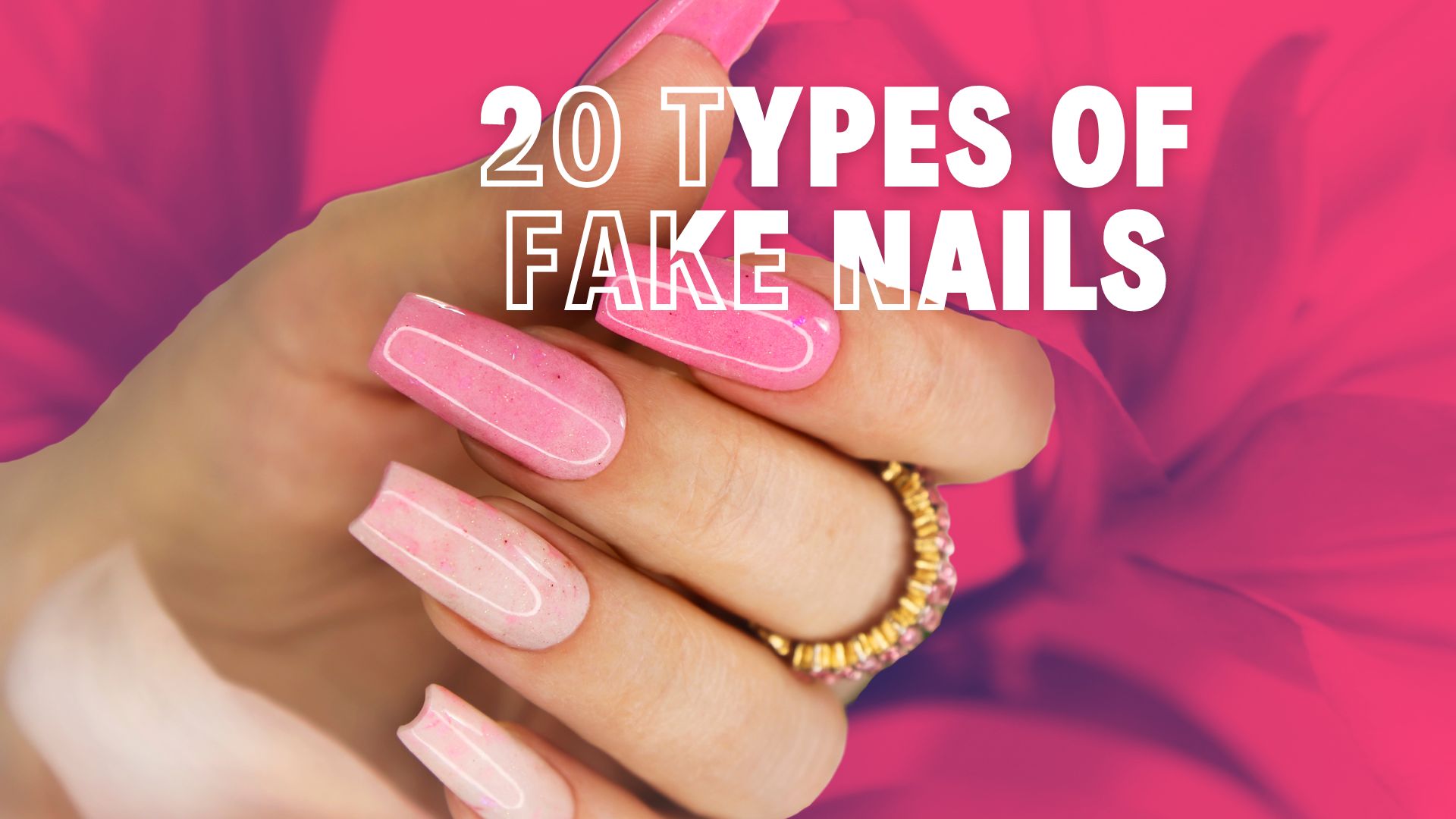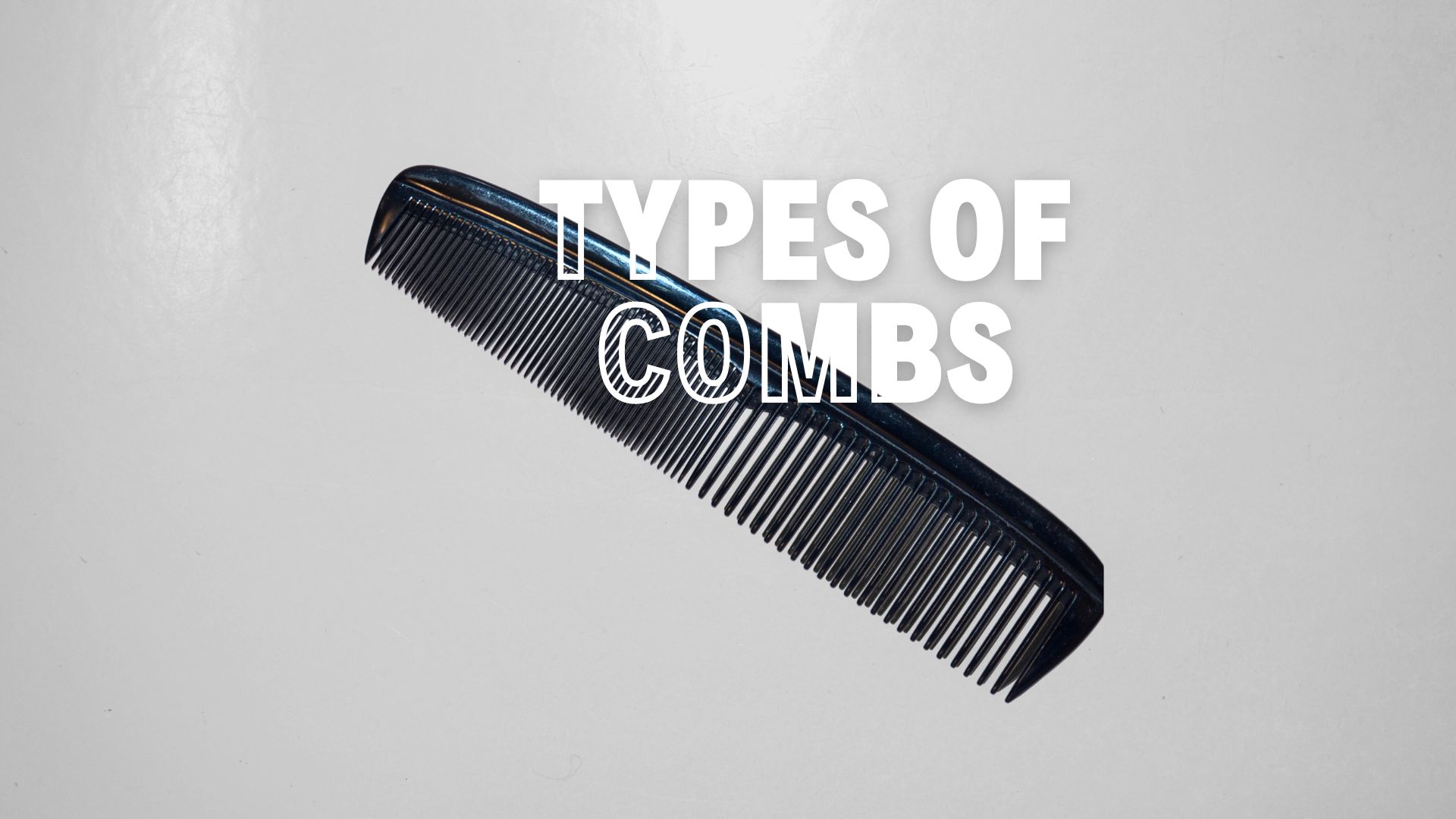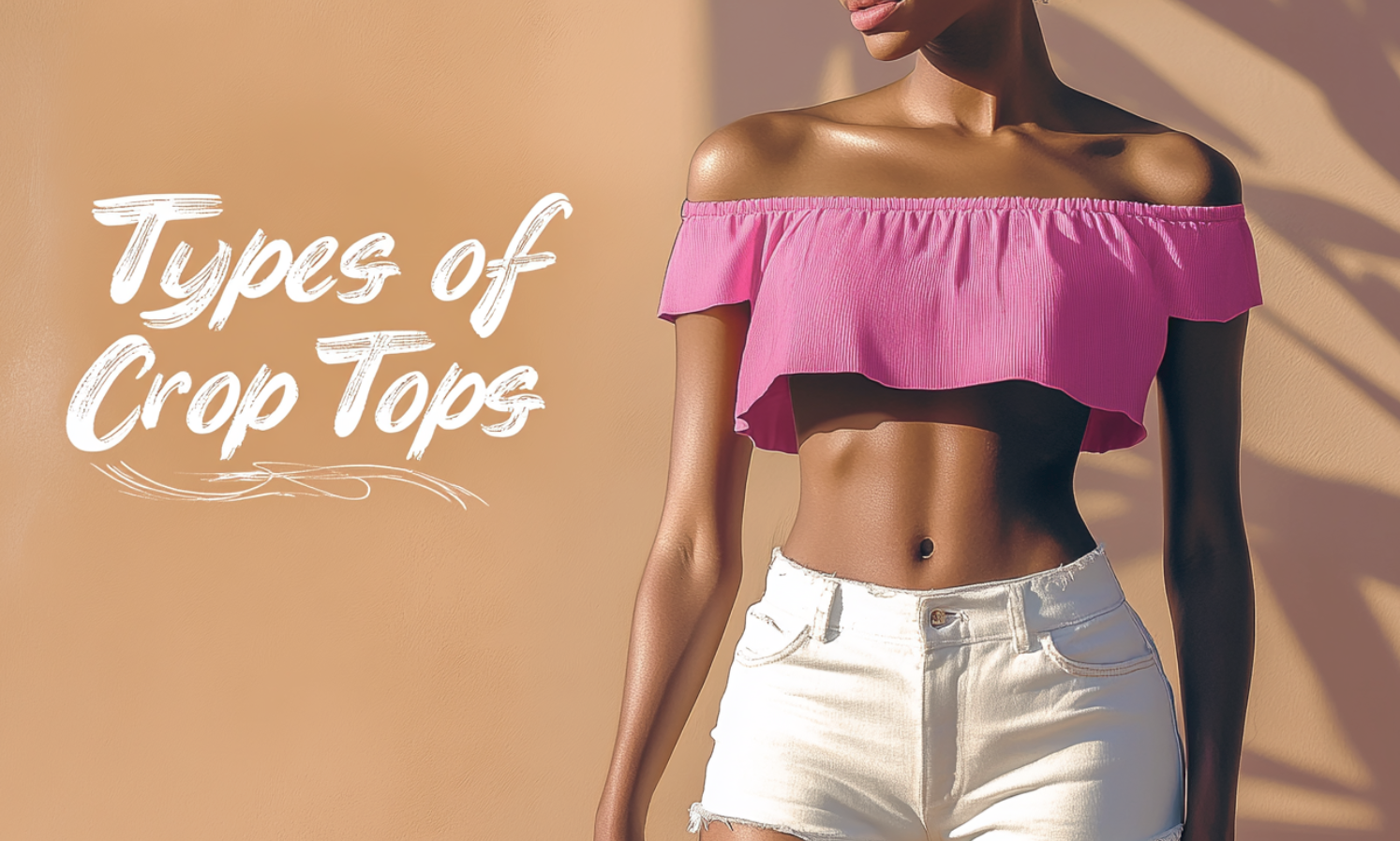The Goth subculture, born from the post-punk music scene in the late 1970s and early 1980s, has evolved into a diverse and richly layered community.
Over the years, various branches of Goth culture have emerged, each with its unique style, influence, and ethos.
From the dark romanticism of Victorian Goths to the futuristic aesthetics of Cyber Goths, these different Goths express their individuality through fashion, music, and lifestyle choices.
This blog will explore 20 types of Goths, highlighting their distinct characteristics and what sets them apart.
Explore Different Types of Goths
1. Traditional Goth
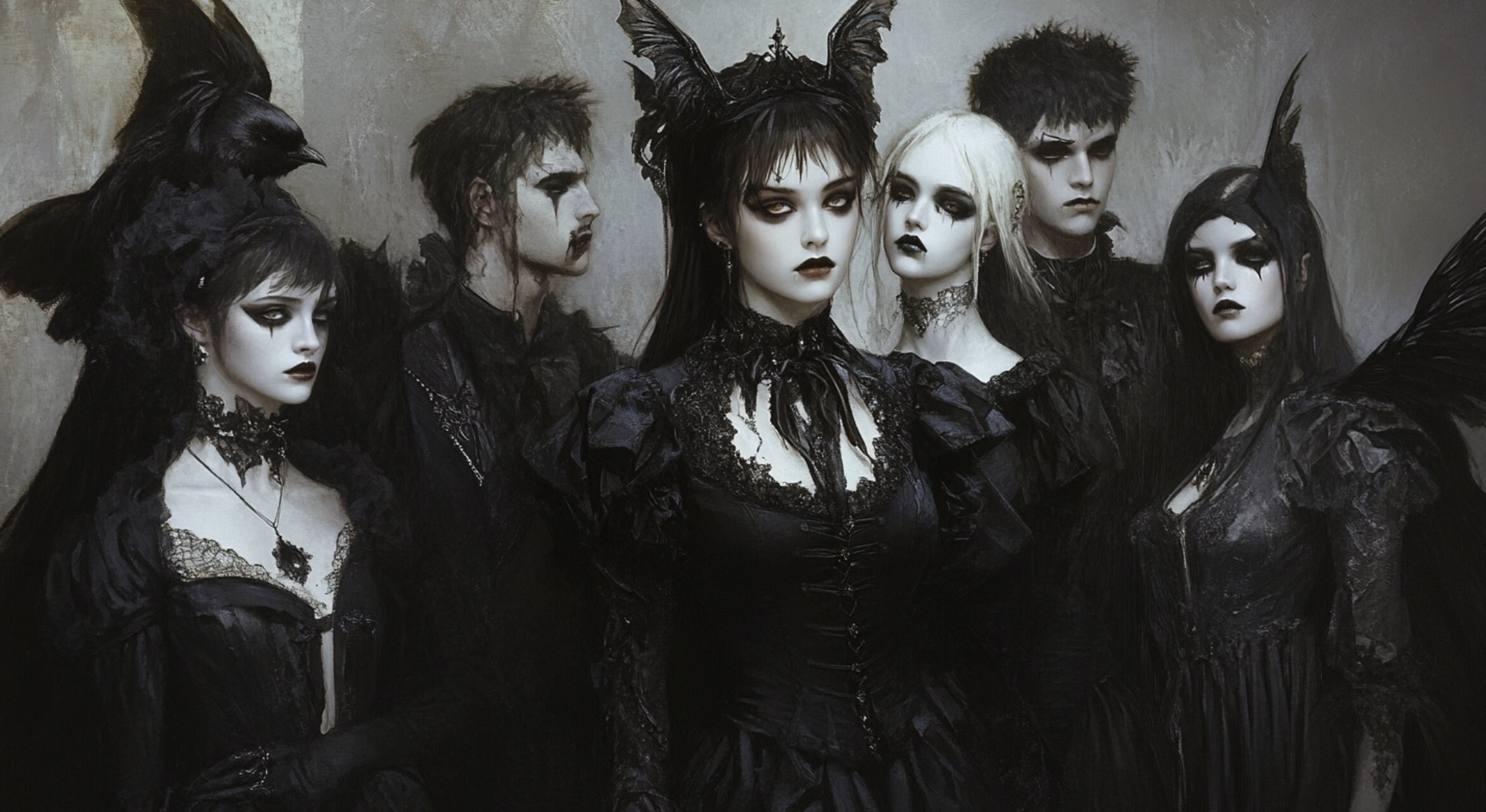
Traditional Goth, also known as Trad Goth, is the original form of the Goth subculture that emerged in the late 1970s and early 1980s.
Rooted in post-punk music, bands like Bauhaus, Siouxsie and the Banshees, and The Cure heavily influence the Traditional Goth aesthetic.
Fashion typically includes black clothing, leather jackets, fishnets, combat boots, silver jewelry, and cross accessories.
Makeup is often dramatic, with pale foundation, dark eyeliner, and bold lipstick colors like black or deep red.
Traditional Goths value the darker side of life, often embracing themes of melancholy, romanticism, and introspection.
They are known for their love of Gothic literature, horror films, and anything that evokes a sense of mystery and the macabre.
Music is central to the Traditional Goth identity, with an emphasis on moody, atmospheric sounds that reflect the subculture’s somber yet rebellious spirit.
Traditional Goth is about staying true to the subculture’s roots while expressing individuality through a timeless, dark aesthetic.
- Influences: Post-punk music, Gothic literature, horror films
- Fashion: Black clothing, leather, fishnets, silver jewelry
- Music: Bauhaus, Siouxsie and the Banshees, The Cure
- Features: Melancholic, reflective, dramatic makeup
2. Victorian Goth
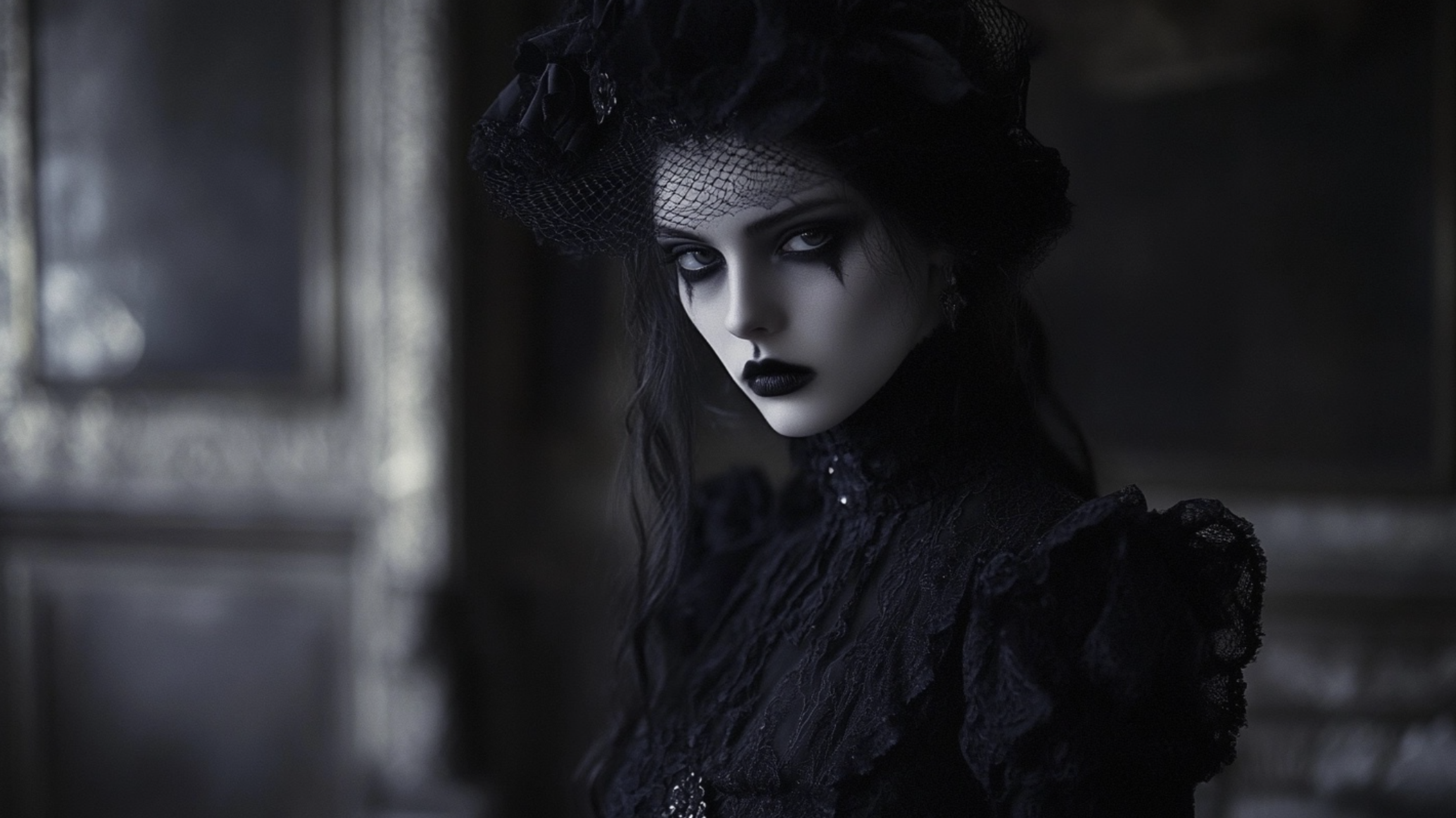
Victorian Goth is a subgenre that draws inspiration from the Victorian era, both in fashion and lifestyle.
This type of Goth is characterized by an appreciation for the elegance and romanticism of the 19th century, emphasizing intricate, historically inspired clothing.
Victorian Goth fashion includes long, flowing dresses, corsets, lace, top hats, and parasols, often in dark colors like black, deep purple, or burgundy.
Accessories such as cameos, lace gloves, and chokers are also common.
Victorian Goths are often fascinated by the Victorian period’s literature, art, and architecture.
They may be interested in authors like Edgar Allan Poe, Mary Shelley, and Bram Stoker, whose works explore themes of death, romance, and the supernatural.
This subculture embraces old-world charm and refinement, often incorporating elements of mourning attire and funerary aesthetics into their wardrobe.
Music for Victorian Goths may include classical compositions, darkwave, or ethereal wave, which complement their love for the haunting beauty of the past.
- Influences: Victorian era, Gothic literature, historical fashion
- Fashion: Corsets, lace, long dresses, top hats
- Music: Classical, darkwave, ethereal wave
- Features: Elegance, romanticism, historical inspiration
3. Cyber Goth
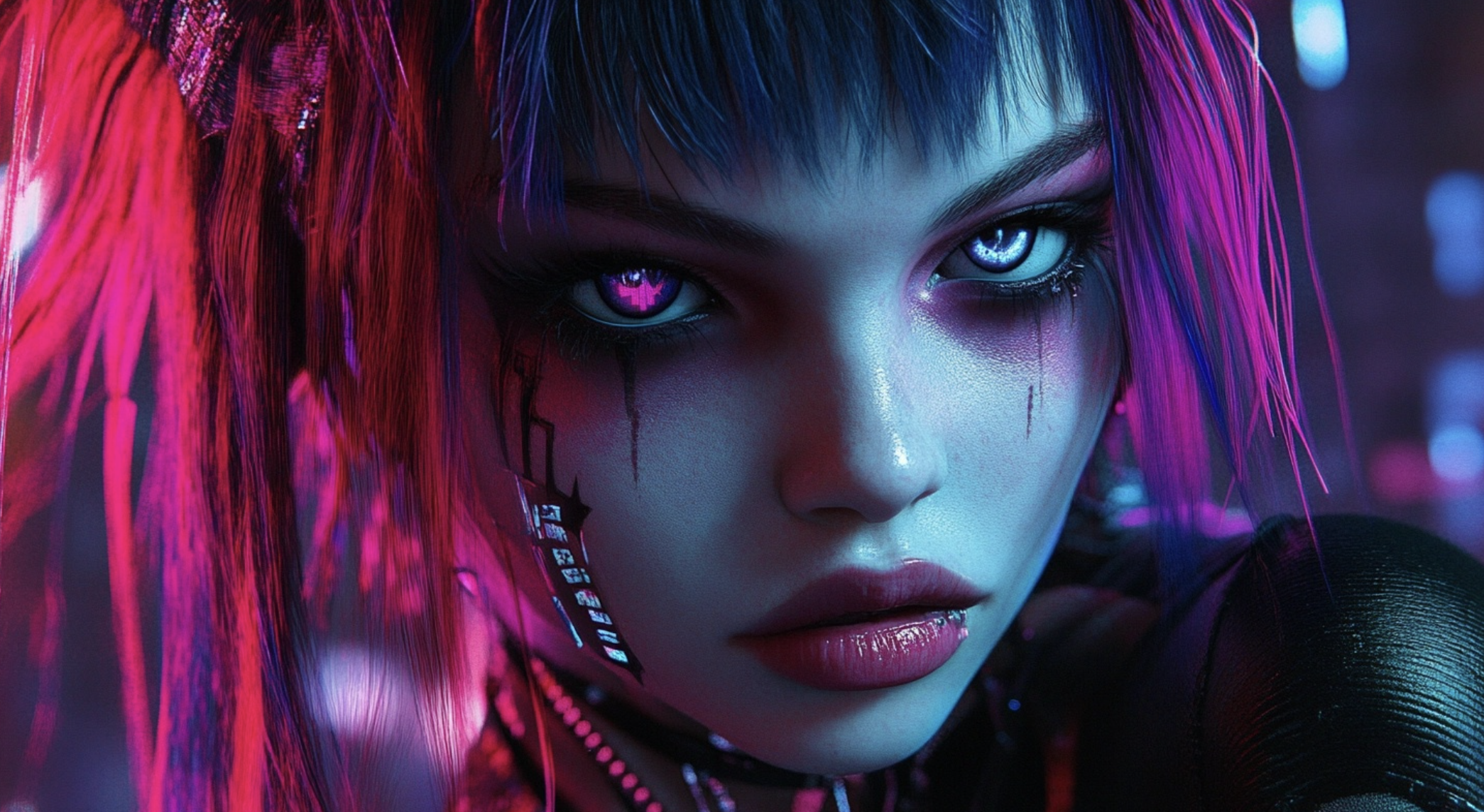
Cyber Goth is a futuristic and technology-oriented branch of the Goth subculture that blends industrial music and rave culture elements.
This type of Goth is known for its vibrant, neon-colored clothing and accessories, often including PVC, latex, and fishnet materials.
Cyber Goths also embrace technological themes, usually incorporating gadgets, LED lights, and cybernetic motifs into their outfits.
Hairstyles are typically bold, featuring brightly colored synthetic dreadlocks or extensions.
The music associated with Cyber Goths includes industrial, EBM (Electronic Body Music), and techno, with bands like VNV Nation, Combichrist, and Front 242 being popular.
Cybergoths are often found at raves, industrial clubs, or specialized Goth events that focus on dance, energy, and the fusion of human and machine.
The aesthetic is heavily influenced by science fiction, cyberpunk literature, and dystopian themes, making Cyber Goth one of the most visually distinct subgenres of the Goth culture.
- Influences: Industrial music, rave culture, science fiction
- Fashion: PVC, latex, neon colors, synthetic dreadlocks
- Music: Industrial, EBM, techno
- Features: Futuristic, energetic, cybernetic motifs
4. Romantic Goth
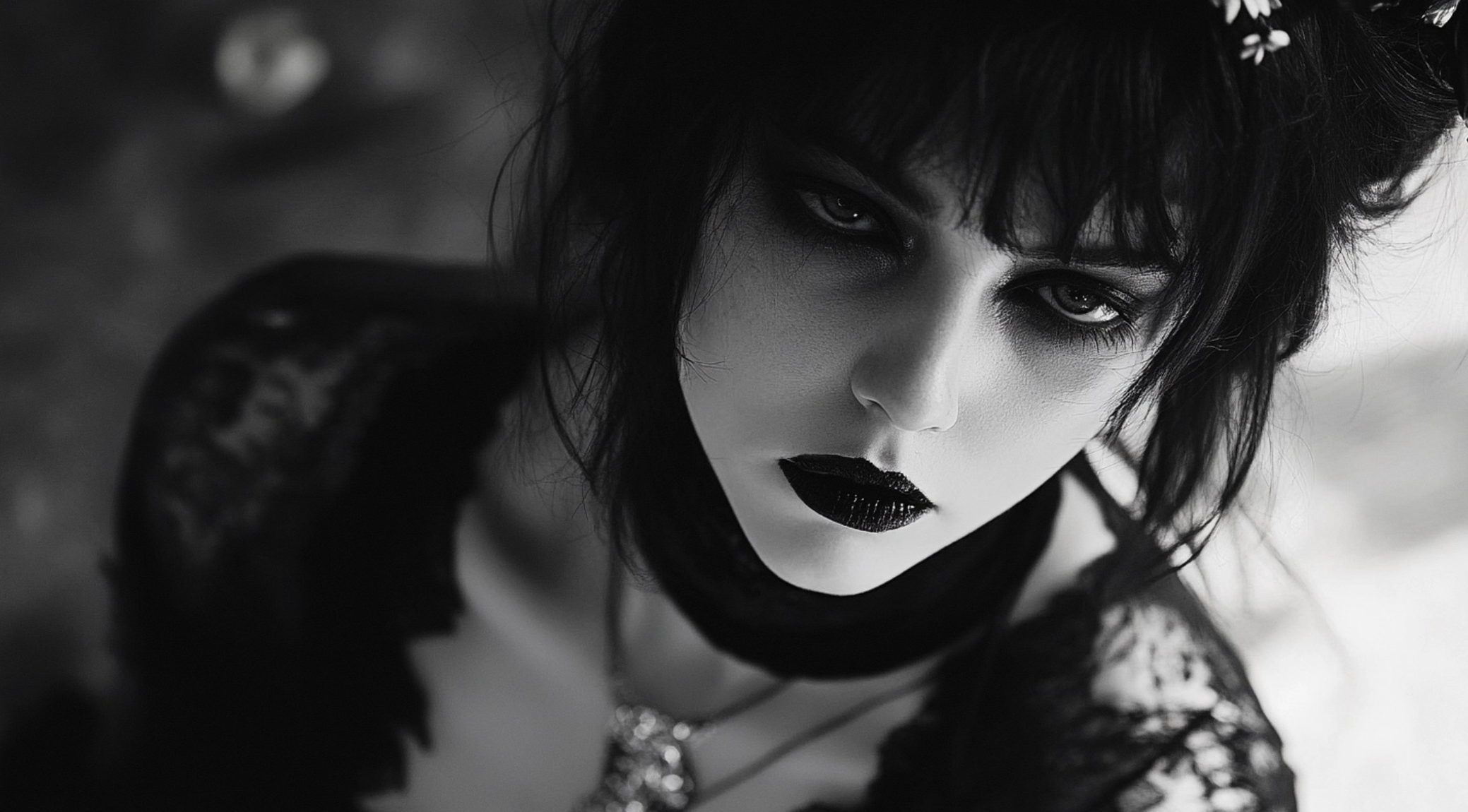
Romantic Goth is a subgenre that emphasizes the beauty and passion of Gothic romance, often drawing inspiration from 19th-century Gothic novels and poetry.
This type of Goth is characterized by a love of the dramatic, melancholic, and poetic.
Fashion for Romantic Goths includes flowing dresses, velvet, lace, and often Victorian-inspired clothing, but with a softer, more romantic touch.
Colors like deep reds, purples, and blacks are common, and accessories might include roses, chokers, and silver jewelry.
Romantic Goths are often drawn to the works of poets like Lord Byron, Percy Bysshe Shelley, and John Keats, as well as Gothic novels such as “Wuthering Heights” and “Jane Eyre.”
Music for Romantic Goths tends to be more melodic and atmospheric, with a preference for ethereal wave, darkwave, and Gothic rock bands like Dead Can Dance and Cocteau Twins.
The overall aesthetic of Romantic Goths is one of timeless beauty.
They focus on expressing deep emotions and a love for the darker, more tragic aspects of life.
- Influences: Gothic romance, 19th-century poetry, Gothic novels
- Fashion: Velvet, lace, flowing dresses, Victorian-inspired
- Music: Ethereal wave, darkwave, Gothic rock
- Features: Melancholic, poetic, dramatic
5. Steampunk Goth
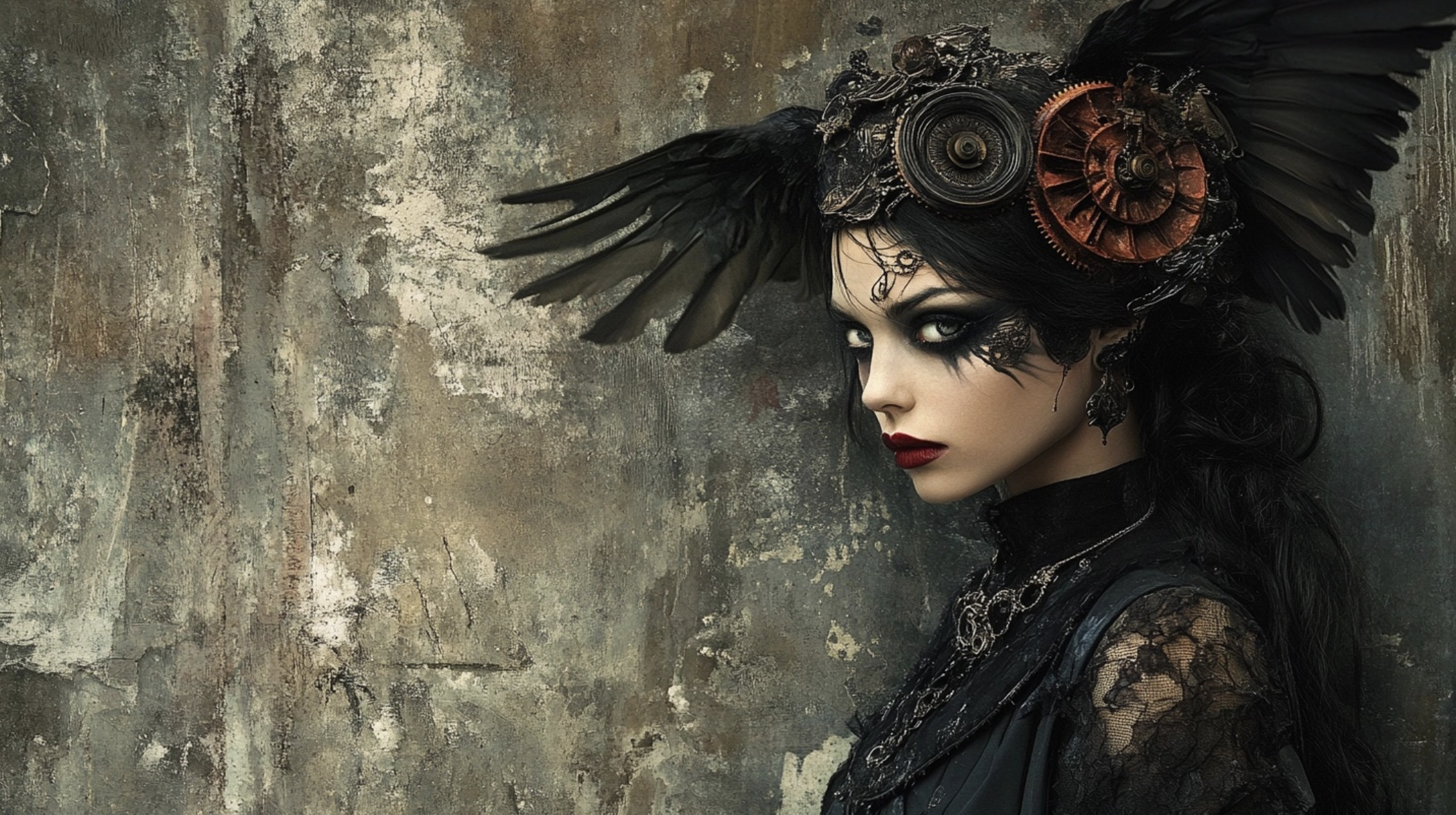
Steampunk Goth is a unique fusion of the Gothic subculture and the steampunk genre, which combines Victorian-inspired fashion with futuristic, steam-powered technology.
This type of Goth is known for its creative, DIY approach to fashion, incorporating elements like corsets, top hats, goggles, and mechanical accessories into their outfits.
The color palette often includes browns, bronzes, and coppers, reflecting steampunk’s industrial, metallic aesthetic.
Steampunk Goths are inspired by the works of authors like H.G. Wells and Jules Verne, who envisioned alternative histories where steam power remained the dominant force.
This subgenre also draws from the aesthetics of the Victorian era but with a twist—adding gears, clockwork, and other mechanical elements to create a historical and futuristic look.
Music for Steampunk Goths may include industrial, dark cabaret, or neoclassical genres, complementing their love for blending the old with the new.
The Steampunk Goth aesthetic is all about imagination, innovation, and a passion for the fantastical.
- Influences: Steampunk genre, Victorian fashion, alternative history
- Fashion: Corsets, top hats, goggles, mechanical accessories
- Music: Industrial, dark cabaret, neoclassical
- Features: Creative, DIY, historical meets futuristic
6. Industrial Goth
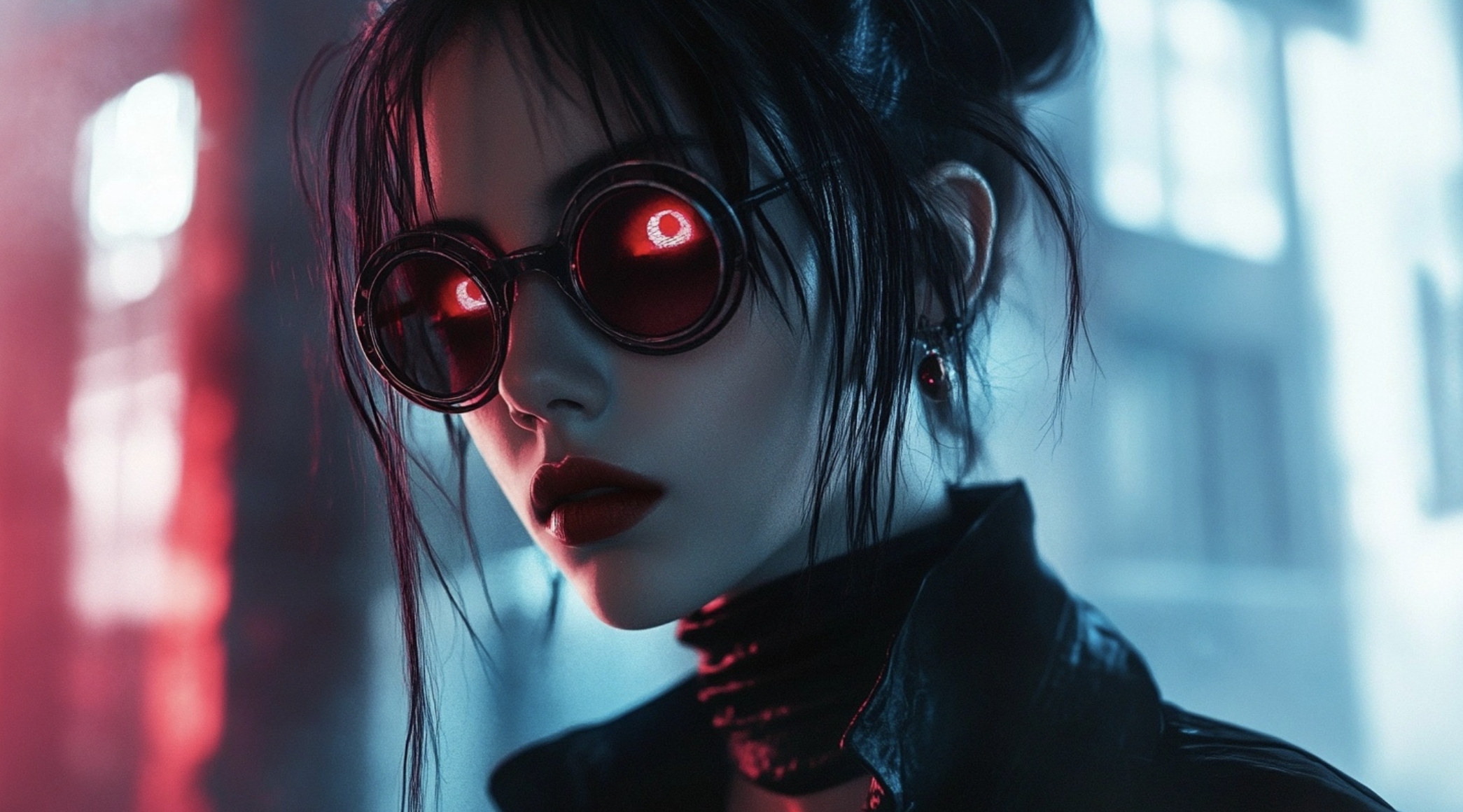
Industrial Goth is a subgenre that merges the dark aesthetics of Goth with the harsh, mechanical sounds of industrial music.
This type of Goth is known for its edgy, practical fashion, often including black leather, combat boots, harnesses, and metal accessories.
Industrial Goths embrace a dystopian, post-apocalyptic look, reflecting the themes of power, control, and resistance prevalent in industrial music.
The music associated with Industrial Goths is intense and often features heavy electronic instruments, distorted vocals, and aggressive beats.
Bands like Nine Inch Nails, Ministry, and Skinny Puppy are staples within the Industrial Goth scene.
The lyrics often explore themes of alienation, technology, and societal decay, resonating with those disillusioned with the modern world.
Industrial Goths are often drawn to dark, abandoned places like warehouses or factories for gatherings, where the atmosphere aligns with their gritty, rebellious aesthetic.
- Influences: Industrial music, dystopian themes, post-apocalyptic aesthetics
- Fashion: Black leather, combat boots, metal accessories
- Music: Industrial, EBM, electronic rock
- Features: Edgy, practical, intense, dystopian
7. Punk Goth
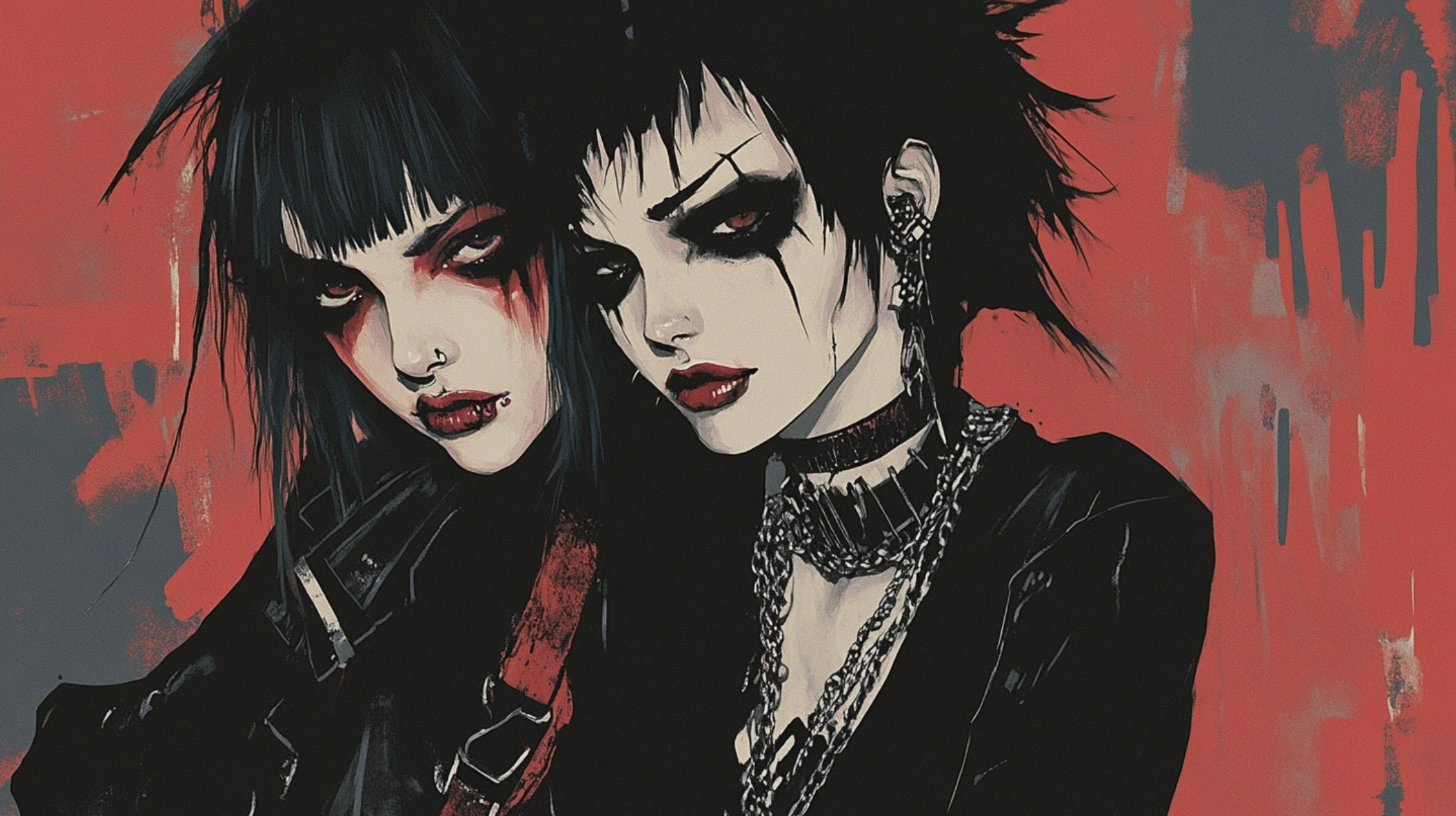
Punk Goth is a subgenre that blends the raw, rebellious attitude of punk with the dark, mysterious aesthetic of Goth.
A DIY approach to fashion characterizes this type of Goth, often incorporating elements like band t-shirts, ripped clothing, fishnets, studded accessories, and heavy boots.
The look is usually completed with bold makeup, including dark eyeliner and lipstick, and unconventional hairstyles like mohawks, spikes, or brightly colored hair.
Punk Goths are influenced by both the punk and Goth music scenes, often enjoying bands that straddle the line between the two genres, such as Siouxsie and the Banshees, The Damned, and Bauhaus.
Punk Goth’s ethos is nonconformity and self-expression, rejecting mainstream norms and embracing individuality.
This subgenre often explores themes of anarchy, anti-authoritarianism, and social commentary, making it one of the more politically charged branches of the Goth subculture.
- Influences: Punk rock, post-punk, DIY culture
- Fashion: Band t-shirts, ripped clothing, fishnets, studs
- Music: Siouxsie and the Banshees, The Damned, Bauhaus
- Features: Rebellious, nonconformist, politically charged
8. Vampire Goth
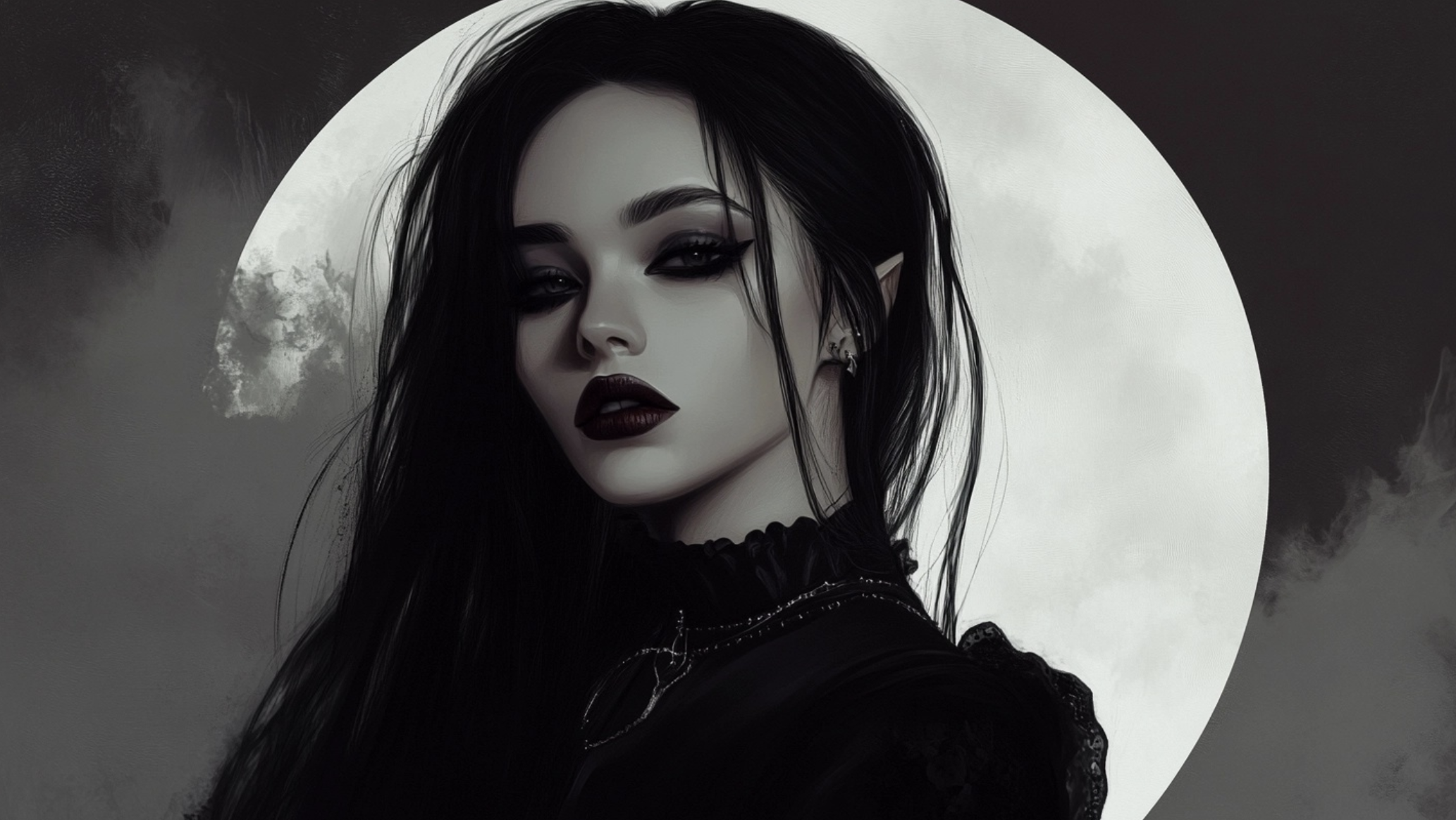
Vampire Goth is a subgenre that draws heavily from Gothic literature and films, particularly those romanticizing vampire mythos.
This type of Goth is characterized by a dark, elegant aesthetic that often includes long, flowing capes, Victorian-inspired clothing, lace, velvet, and high-collared shirts.
Makeup is typically pale with dark, dramatic accents, and accessories may include fangs, crosses, and other vampiric symbols.
Vampire Goths are often fascinated by the allure of immortality, the night, and the macabre, drawing inspiration from classic vampire literature such as Bram Stoker’s “Dracula” and Anne Rice’s “The Vampire Chronicles.”
The music associated with Vampire Goths is often atmospheric and ethereal, with bands like Cradle of Filth, Theatres des Vampires, and Type O Negative being popular.
The overall aesthetic of Vampire Goths is one of dark romance, mystery, and a deep connection to the supernatural.
- Influences: Vampire literature, Gothic films, dark romance
- Fashion: Capes, Victorian clothing, lace, velvet
- Music: Cradle of Filth, Theatres des Vampires, Type O Negative
- Features: Elegant, mysterious, supernatural, romantic
9. Lolita Goth
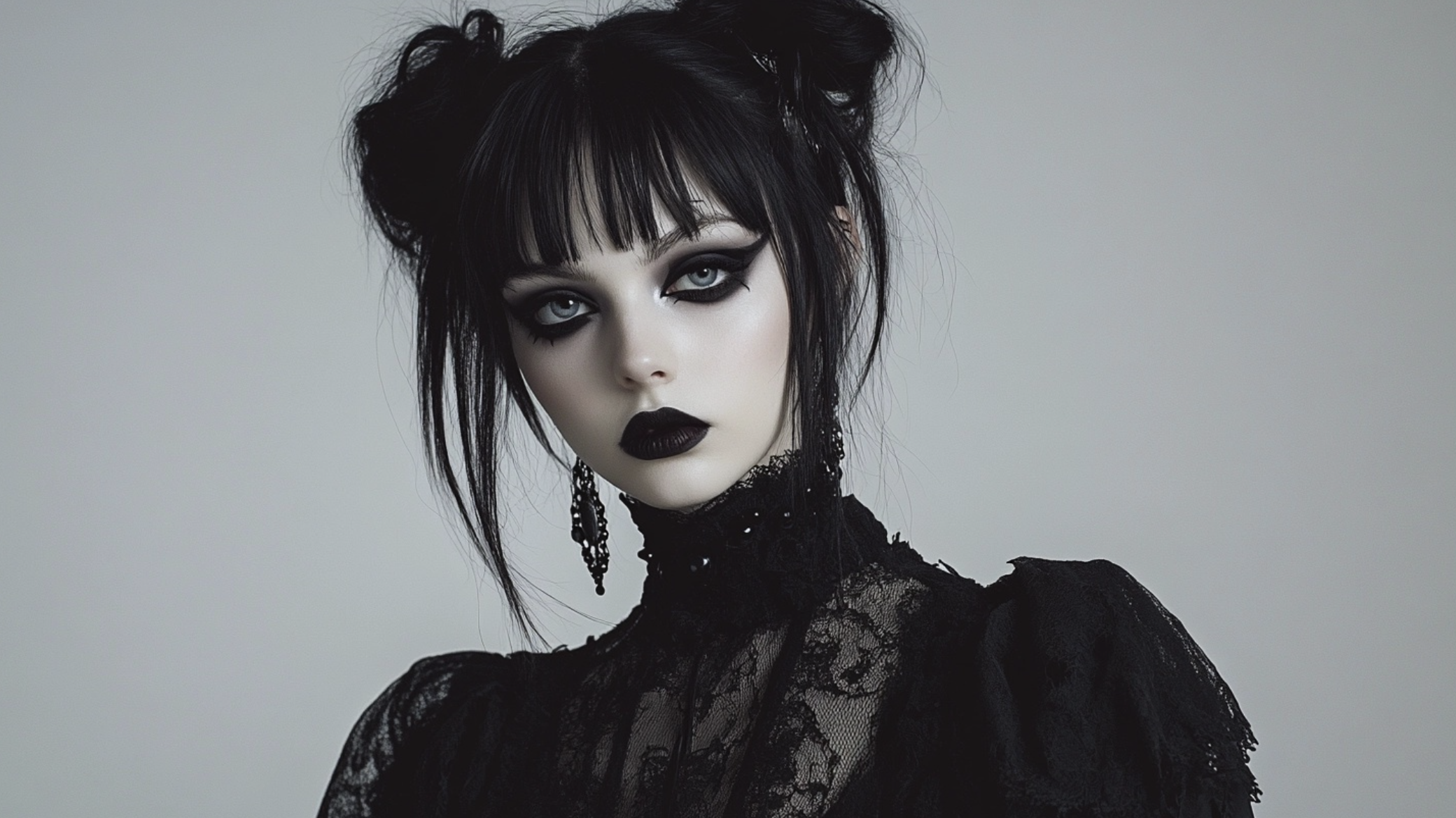
Lolita Goth is a subgenre that combines the dark, Gothic aesthetic with the sweet, doll-like fashion of the Lolita subculture, which originated in Japan.
This type of Goth is characterized by elaborate, Victorian-inspired clothing, often focusing on modesty and femininity.
Dresses are typically knee-length and feature full skirts, petticoats, lace, and ruffles. They are frequently paired with accessories like bonnets, parasols, and lace gloves.
The color palette for Lolita Goth usually includes black, white, and deep jewel tones.
Lolita Goths are drawn to the elegance and refinement of the Victorian era but with a playful, youthful twist.
The Japanese Lolita fashion movement heavily influences the aesthetic, which emphasizes innocence and a childlike sense of wonder.
Lolita Goths may also be interested in Gothic literature, Victorian culture, and anime or manga that feature Gothic or Lolita themes.
Depending on individual preferences, the music associated with Lolita Goths can range from Gothic rock to classical.
Overall, Lolita Goth is about embracing a delicate, refined style while maintaining a connection to the darker aspects of Goth culture.
- Influences: Japanese Lolita fashion, Victorian era, Gothic literature
- Fashion: Full skirts, lace, ruffles, bonnets, parasols
- Music: Gothic rock, classical, anime soundtracks
- Features: Feminine, elegant, modest, doll-like
10. Gothic Lolita
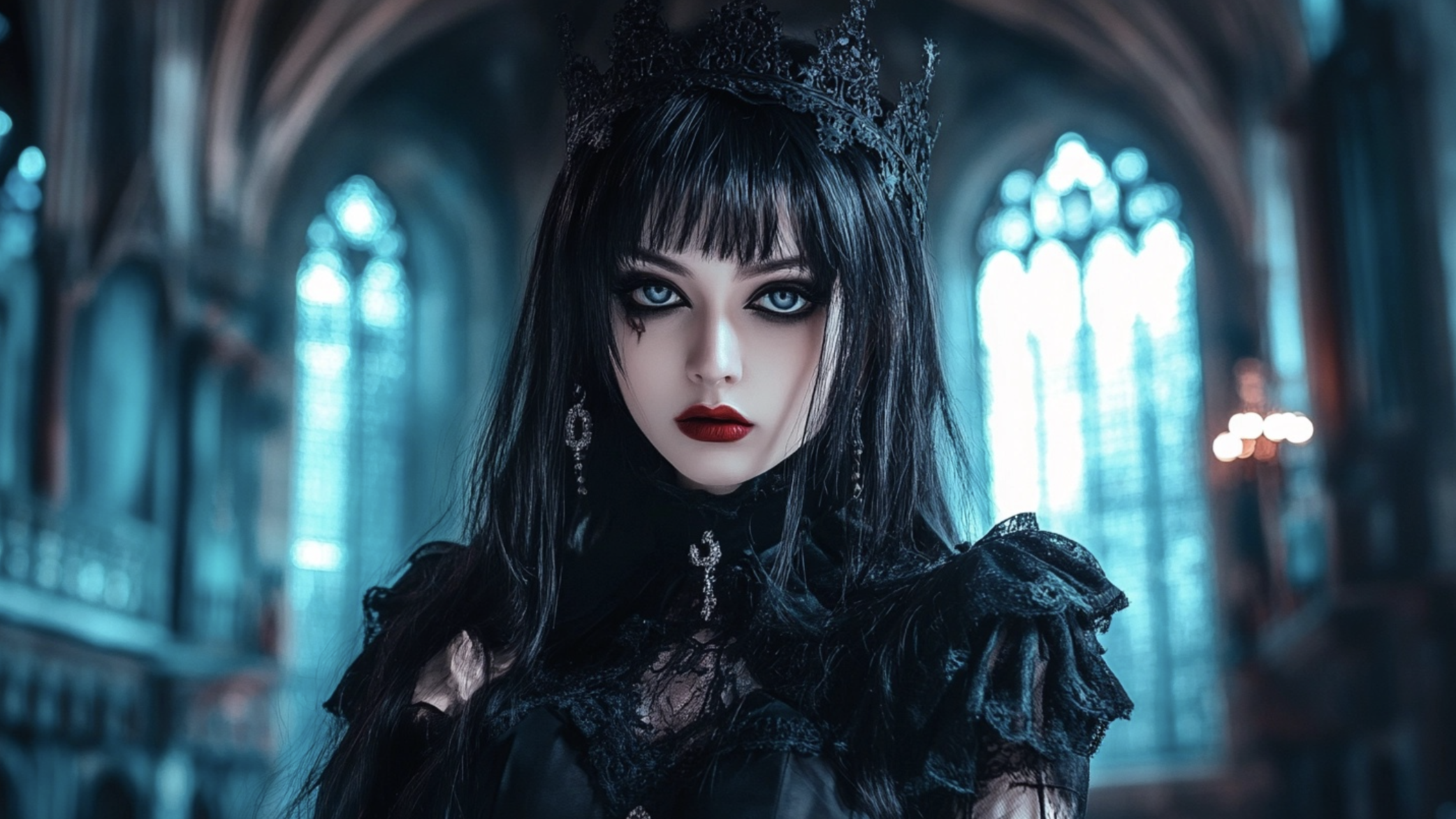
Gothic Lolita, often shortened to GothLoli, is a subgenre of Lolita fashion that emphasizes darker, more somber themes while retaining the elaborate and ornate clothing characteristic of the Lolita style.
Originating in Japan, Gothic Lolita fashion typically includes Victorian-inspired dresses, often in black, with intricate lace, ruffles, and sometimes religious symbols like crosses.
The overall aesthetic blends innocence and darkness, creating a unique contrast between the sweet, doll-like appearance and the Gothic undertones.
Western and Japanese Gothic influences, including Gothic literature, horror films, and anime, often inspire Gothic Lolitas.
The style is very detail-oriented, with accessories like lace gloves, chokers, and parasols being common.
The makeup is usually more subdued than in other Gothic styles, focusing on pale skin with dark, yet subtle, accents.
Music for Gothic Lolitas may include Visual Kei bands, known for their elaborate and theatrical performances, as well as Gothic rock or classical music.
The Gothic Lolita style is about creating a striking visual impression while maintaining a sense of elegance and refinement.
- Influences: Lolita fashion, Gothic literature, Visual Kei
- Fashion: Victorian dresses, black lace, ruffles, crosses
- Music: Visual Kei, Gothic rock, classical
- Features: Ornate, dark, elegant, detail-oriented
11. Deathrock Goth
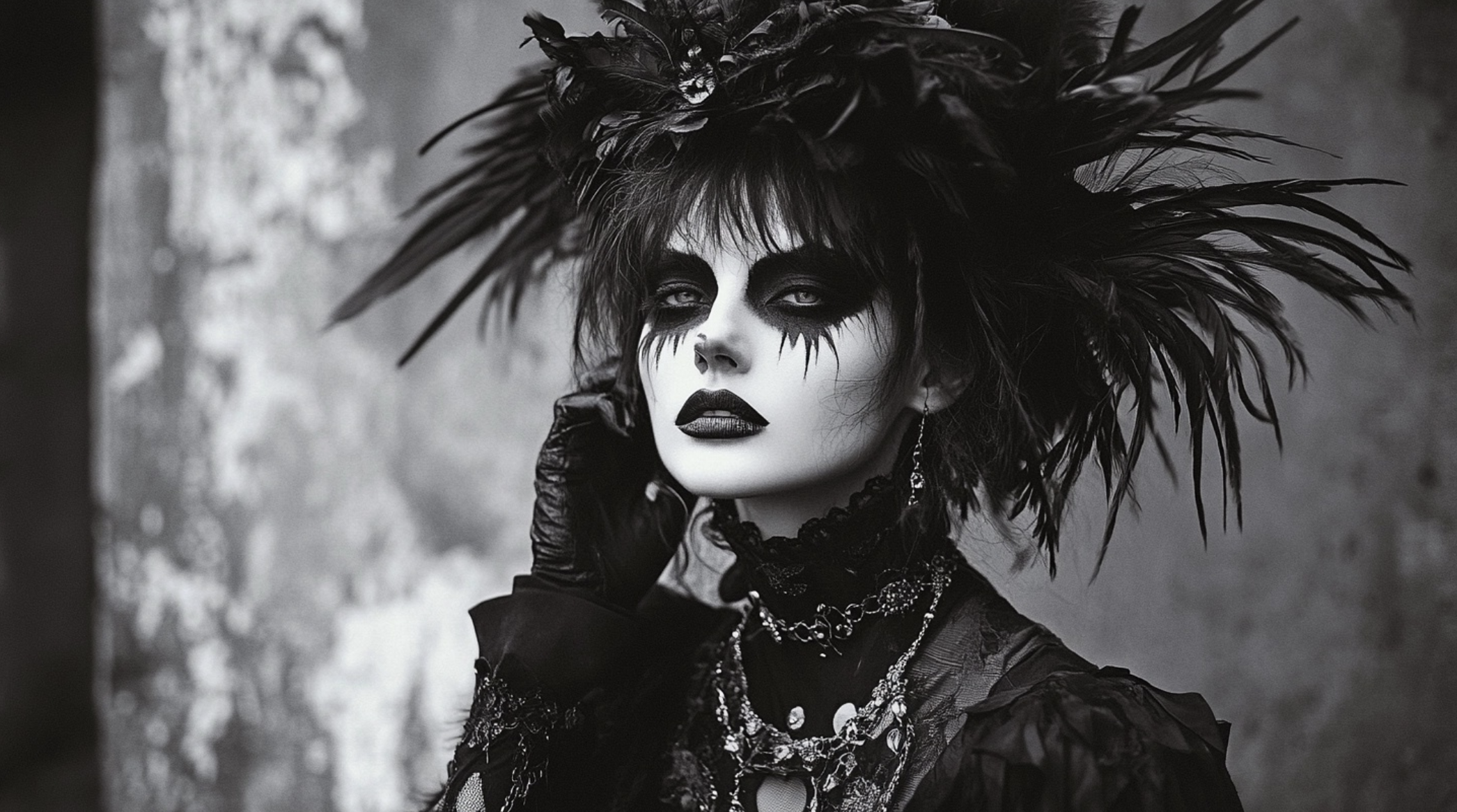
Deathrock Goth is a subgenre combining Goth’s macabre aesthetics with the raw, edgy energy of punk rock.
Originating in the early 1980s in California, Deathrock is characterized by its spooky, horror-inspired imagery and a DIY approach to fashion.
Typical clothing includes ripped fishnets, leather jackets, band t-shirts, and dramatic, theatrical makeup with dark, exaggerated features.
Deathrock hairstyles are often wild and gravity-defying, with mohawks, spikes, and big, backcombed hair being popular.
The music associated with Deathrock Goths is heavily influenced by punk rock and post-punk, with bands like Christian Death, 45 Grave, and Specimen central to the scene.
The lyrics often explore themes of death, decay, and the supernatural, delivered with a sense of theatricality and dark humor.
Deathrock Goths are known for their vibrant, rebellious energy. They often embrace a DIY ethos that extends to fashion and music.
This subgenre celebrates the darker side of life, expressed through a fusion of punk attitude and Gothic style.
- Influences: Punk rock, horror films, DIY culture
- Fashion: Ripped fishnets, leather jackets, band t-shirts, theatrical makeup
- Music: Christian Death, 45 Grave, Specimen
- Features: Edgy, theatrical, rebellious, horror-inspired
12. Pastel Goth
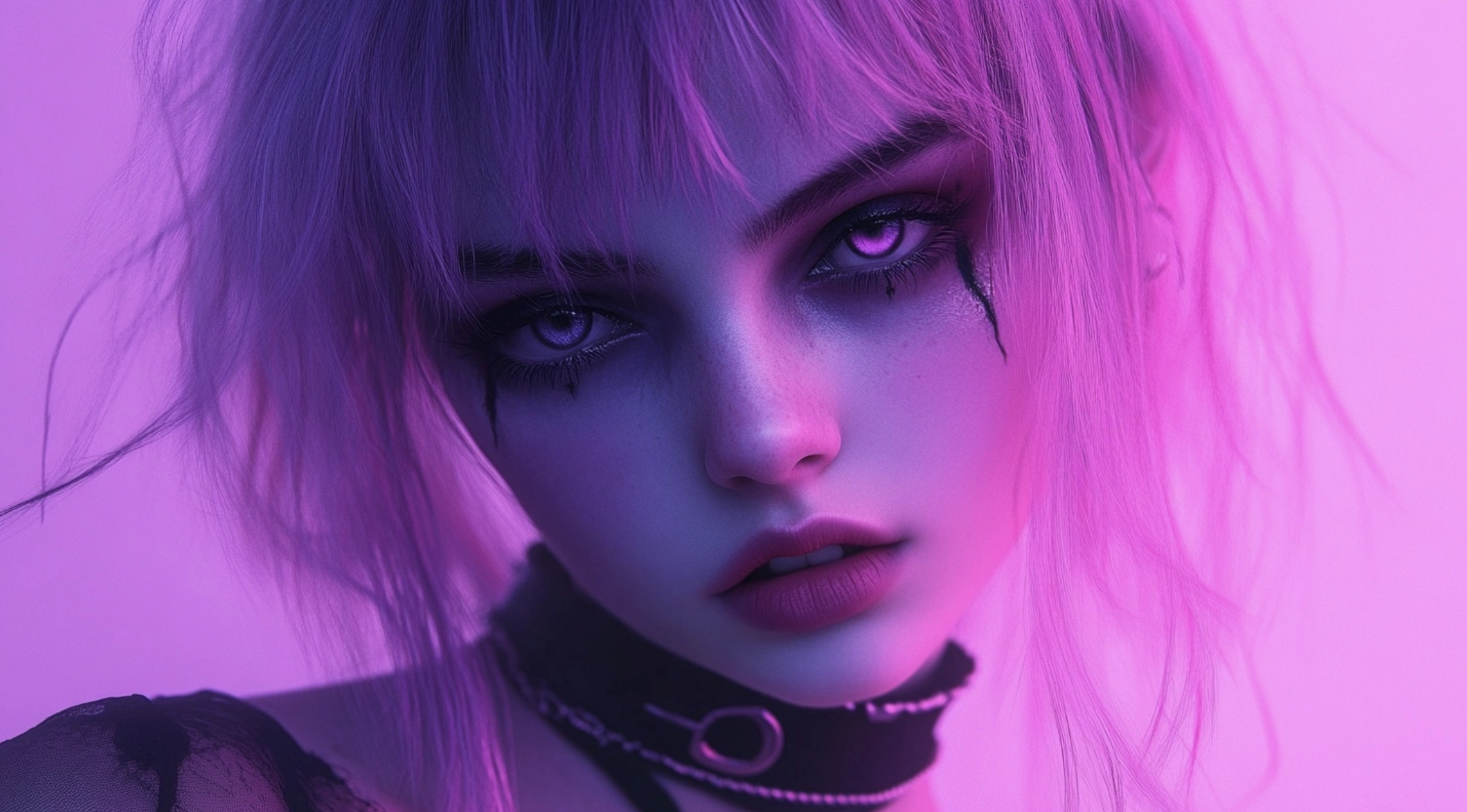
Pastel Goth is a modern subgenre that combines the dark aesthetics of Goth with the bright, playful colors of pastel fashion.
This type of Goth is known for its unique blend of contrasts, often featuring black clothing with pastel-colored accessories, hair, and makeup.
Common fashion elements include pastel hair dyes, black and pastel graphic t-shirts, platform shoes, and accessories like bows, skulls, and pentagrams.
The makeup is often bold and colorful, with pastel eyeshadows, black lipstick, and heavy eyeliner.
Pastel Goths are influenced by a mix of Gothic, kawaii (cute) culture, and alternative fashion, creating a dark and whimsical look.
The aesthetic often incorporates horror and macabre elements with a light-hearted, almost cartoonish twist.
Music for Pastel Goths can range from Gothic rock to alternative pop, reflecting the subgenre’s eclectic nature.
Pastel Goth is all about breaking the traditional boundaries of Goth fashion by introducing a playful, colorful element while embracing life’s darker side.
- Influences: Kawaii culture, alternative fashion, horror
- Fashion: Pastel hair, black and pastel clothing, graphic t-shirts
- Music: Gothic rock, alternative pop
- Features: Playful, colorful, dark, whimsical
13. Boho Goth
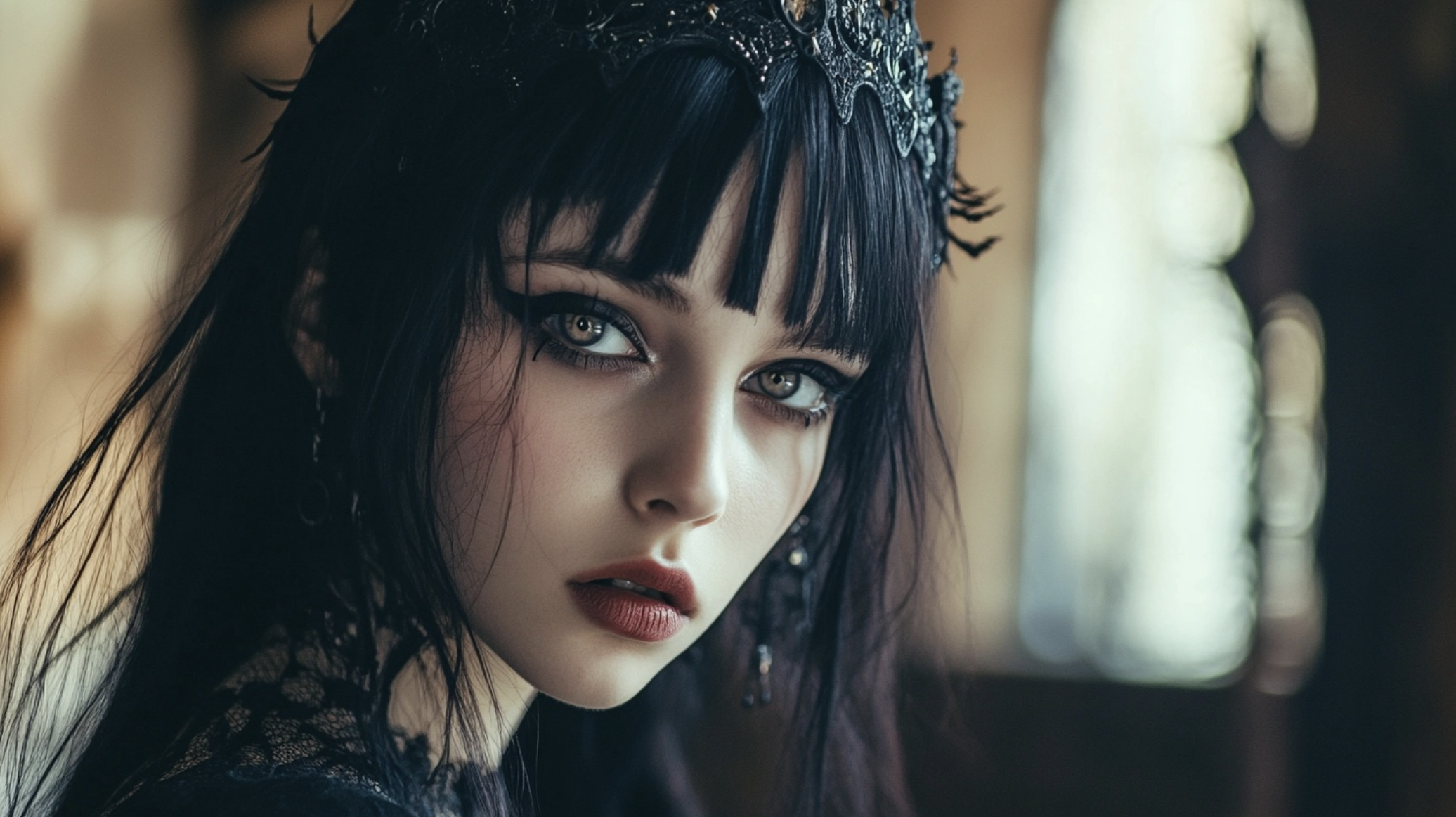
Boho Goth, short for Bohemian Goth, is a subgenre that blends the free-spirited, earthy style of bohemian fashion with the dark, mysterious aesthetic of Goth.
This type of Goth is characterized by a more relaxed and natural approach to fashion, often incorporating flowing fabrics, floral patterns, lace, and vintage accessories.
Boho Goths may wear long skirts, peasant blouses, wide-brimmed hats, and layered jewelry, creating an ethereal and grounded look.
Boho Goths are often inspired by nature, witchcraft, and paganism, with an emphasis on the spiritual and mystical aspects of life.
The color palette for Boho Goth tends to include earth tones like browns, greens, and deep reds alongside the traditional blacks and purples of Goth fashion.
Music for Boho Goths may include genres like dark folk, neofolk, and ethereal wave, complementing the subgenre’s connection to nature and the supernatural.
The Boho Goth aesthetic is all about embracing a more organic, free-spirited lifestyle while maintaining a connection to the darker, Gothic side of life.
- Influences: Bohemian fashion, nature, witchcraft, paganism
- Fashion: Flowing fabrics, floral patterns, lace, vintage accessories
- Music: Dark folk, neofolk, ethereal wave
- Features: Free-spirited, earthy, mystical, relaxed
14. Medieval Goth
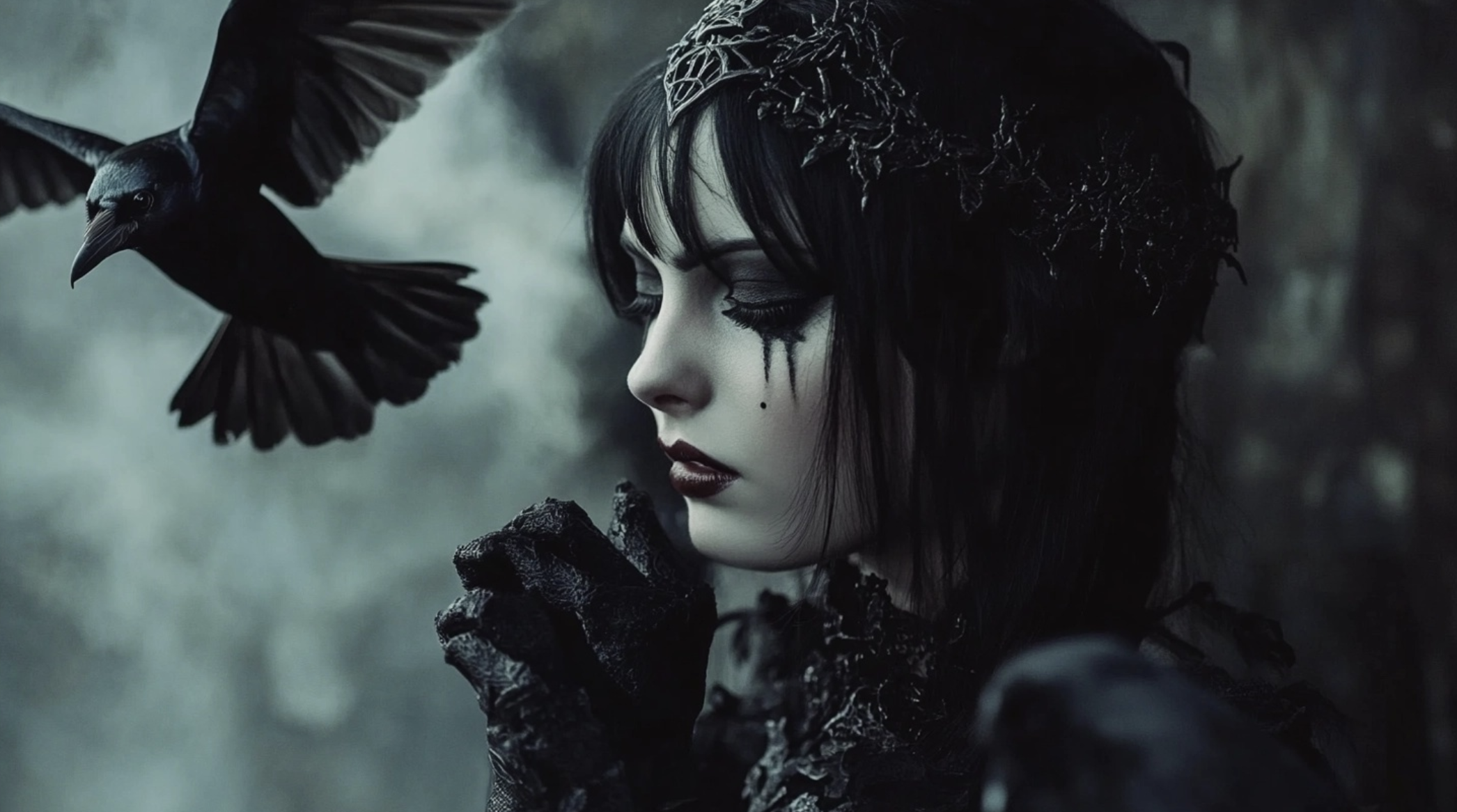
Medieval Goth is a subgenre that draws inspiration from the Middle Ages, combining elements of historical fashion with Gothic aesthetics.
This type of Goth is characterized by a love for medieval history, fantasy, and the chivalric ideals of the past. Medieval Goth fashion often includes long, flowing robes, cloaks, tunics, and intricate armor-like accessories.
Fabrics like velvet, brocade, and leather are common, often in dark, rich colors like deep reds, purples, and black.
Medieval Goths are often fascinated by the medieval period’s art, architecture, and literature, as well as the romanticized depictions of knights, castles, and battles.
They may also be interested in Renaissance fairs, historical reenactments, and fantasy literature.
Music for Medieval Goths often includes medieval-inspired bands, neofolk, and darkwave, which help create an immersive, otherworldly atmosphere.
The Medieval Goth aesthetic embraces the past’s mystery and grandeur while infusing it with Goth culture’s dark, reflective qualities.
- Influences: Medieval history, fantasy, chivalry, Gothic literature
- Fashion: Robes, cloaks, tunics, velvet, armor-like accessories
- Music: Medieval-inspired, neofolk, darkwave
- Features: Historical, romantic, mysterious, rich colors
15. Gothabilly
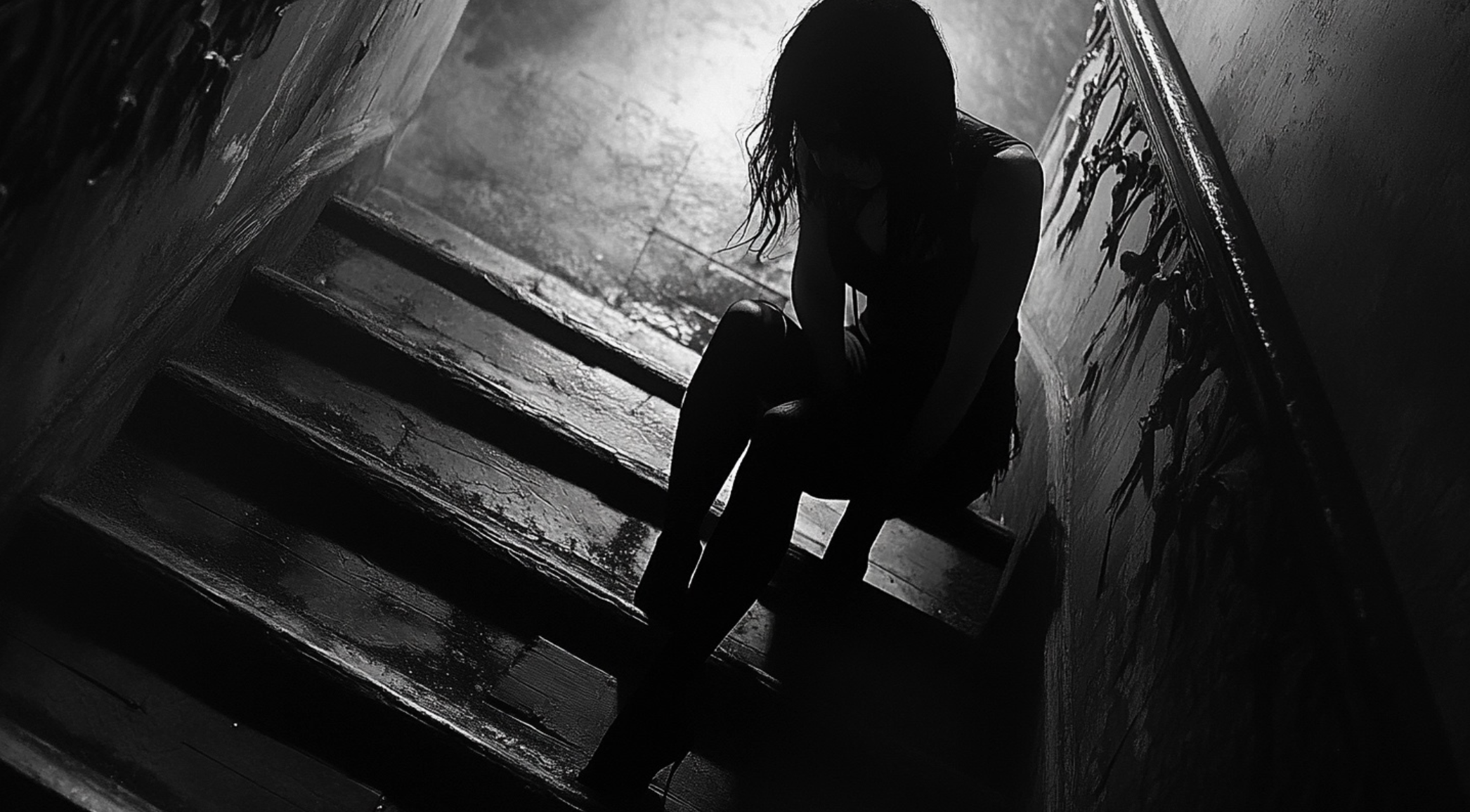
Gothabilly is a unique fusion of Gothic and rockabilly cultures, combining the dark aesthetics of Goth with the retro, rock-and-roll style of the 1950s.
This type of Goth is known for its vintage-inspired fashion, often featuring elements like leather jackets, polka dots, pencil skirts, and bandanas.
Hairstyles are typically bold and retro, with victory rolls, pompadours, and Bettie Page-style bangs being popular.
The overall look is a playful blend of darkness and nostalgia, creating a distinctive and eye-catching style.
Gothabilly music is a mix of rockabilly, psychobilly, and Gothic rock, with bands like The Cramps, Horrorpops, and Tiger Army central to the scene.
The lyrics often explore themes of horror, death, and the supernatural, delivered with a sense of fun and irreverence.
Gothabilly celebrates the rebellious spirit of rock and roll while infusing it with the macabre and mysterious elements of Goth culture.
This subgenre is perfect for those who love vintage fashion and dark Gothic aesthetics, offering a unique way to express individuality.
- Influences: Rockabilly, psychobilly, 1950s fashion, Gothic rock
- Fashion: Leather jackets, polka dots, pencil skirts, retro hairstyles
- Music: The Cramps, Horrorpops, Tiger Army
- Features: Playful, retro, dark, nostalgic
16. Corporate Goth
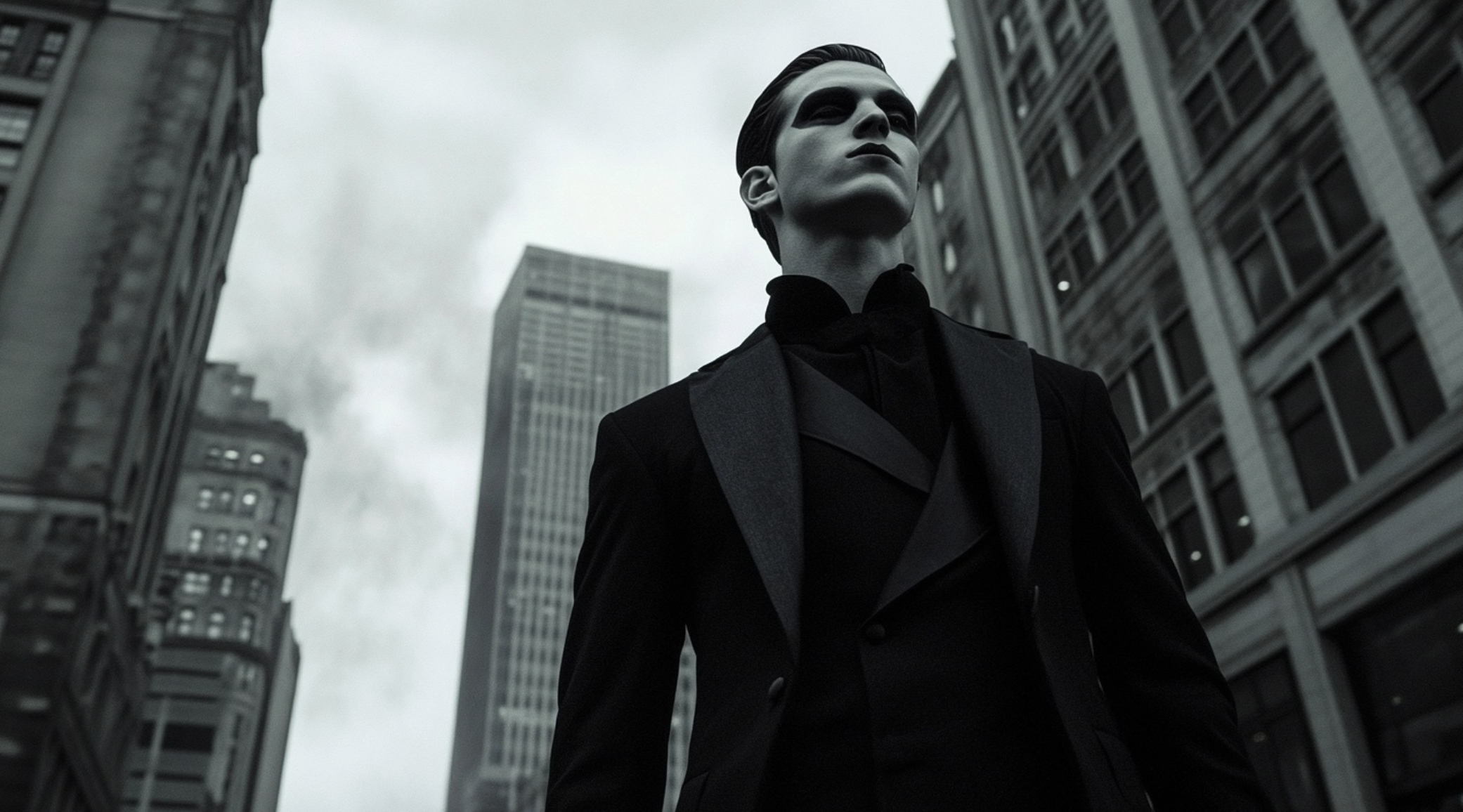
Corporate Goth is a subgenre that adapts the dark and mysterious aesthetics of Goth culture to fit within a professional corporate environment.
This type of Goth is characterized by a more subdued, polished style, often incorporating elements like tailored suits, blazers, pencil skirts, and dress shoes in black or other dark colors.
Accessories may include subtle Gothic jewelry, such as silver rings, crosses, or skulls. Makeup is typically more refined, emphasizing dark eyeliner and lipstick.
Corporate Goths are often professionals who work in corporate or office settings but still want to maintain their connection to Goth culture.
The key to Corporate Goth fashion is finding a balance between expressing individuality and adhering to workplace dress codes.
This subgenre often embraces minimalist, monochrome looks, emphasizing clean lines and high-quality fabrics.
Corporate Goths may prefer Gothic rock, darkwave, or even classical music, reflecting a sophisticated, elegant approach to Goth culture.
The Corporate Goth aesthetic brings a touch of darkness and mystery into the everyday world of work.
- Influences: Corporate fashion, minimalist aesthetics, Gothic culture
- Fashion: Tailored suits, blazers, pencil skirts, subtle Gothic accessories
- Music: Gothic rock, darkwave, classical
- Features: Polished, professional, dark, refined
17. Military Goth
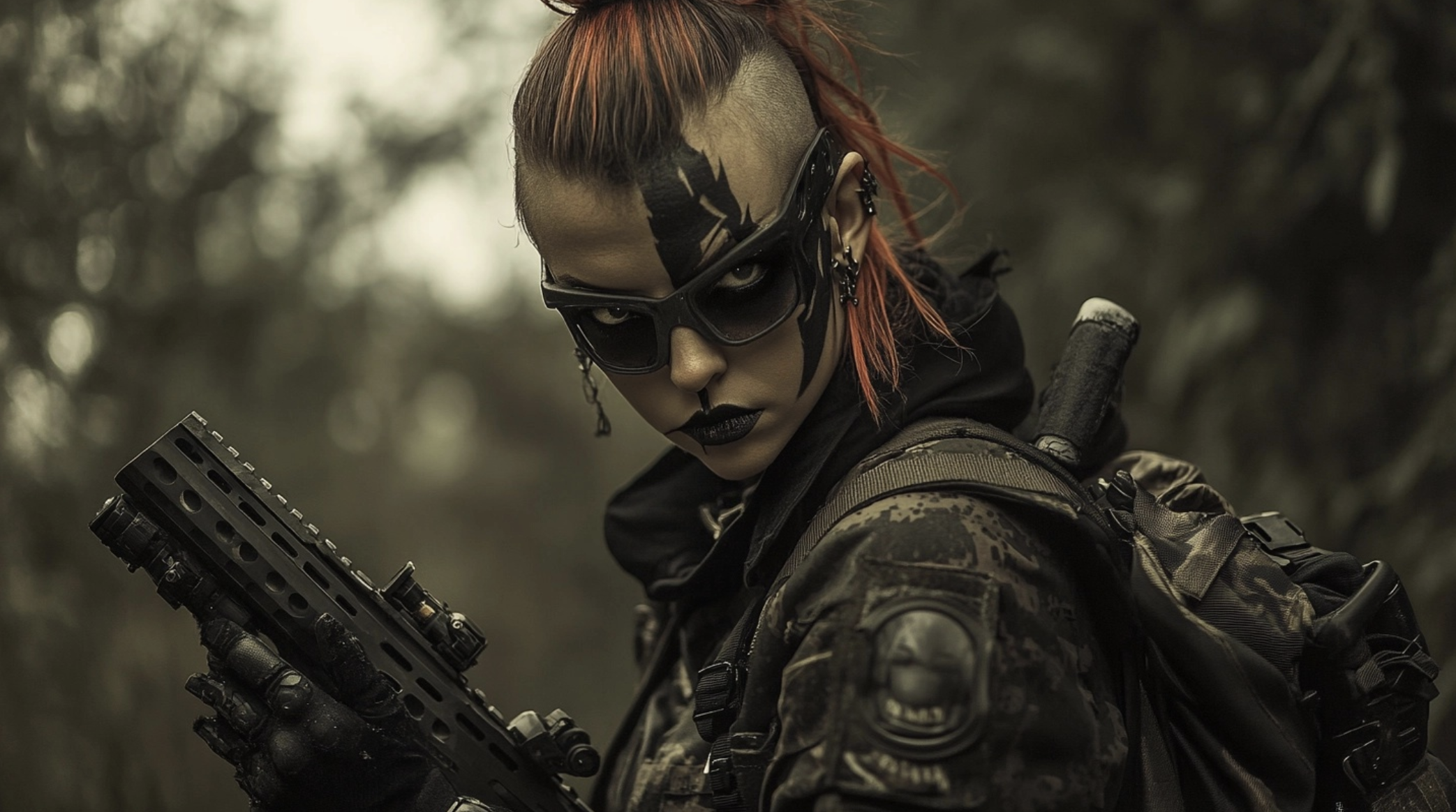
Military Goth is a subgenre incorporating elements of military fashion and aesthetics into the Goth subculture.
This type of Goth is characterized by a tough, practical style. It often features items like military jackets, combat boots, cargo pants, and accessories with military-inspired insignia or camouflage patterns.
The overall look is strong and disciplined, focusing on structured, functional clothing.
Military Goths are often drawn to the themes of power, control, and authority associated with military imagery.
The aesthetic may also include references to historical military uniforms, particularly those from World War I and World War II.
Music for Military Goths often includes industrial, martial industrial, and darkwave genres, complementing the subgenre’s themes of order and power.
The Military Goth aesthetic is about embracing a disciplined, controlled approach to Goth fashion while maintaining the subculture’s dark, mysterious qualities.
- Influences: Military fashion, historical uniforms, industrial music
- Fashion: Military jackets, combat boots, cargo pants, camouflage
- Music: Industrial, martial industrial, darkwave
- Features: Tough, practical, disciplined, structured
18. Health Goth
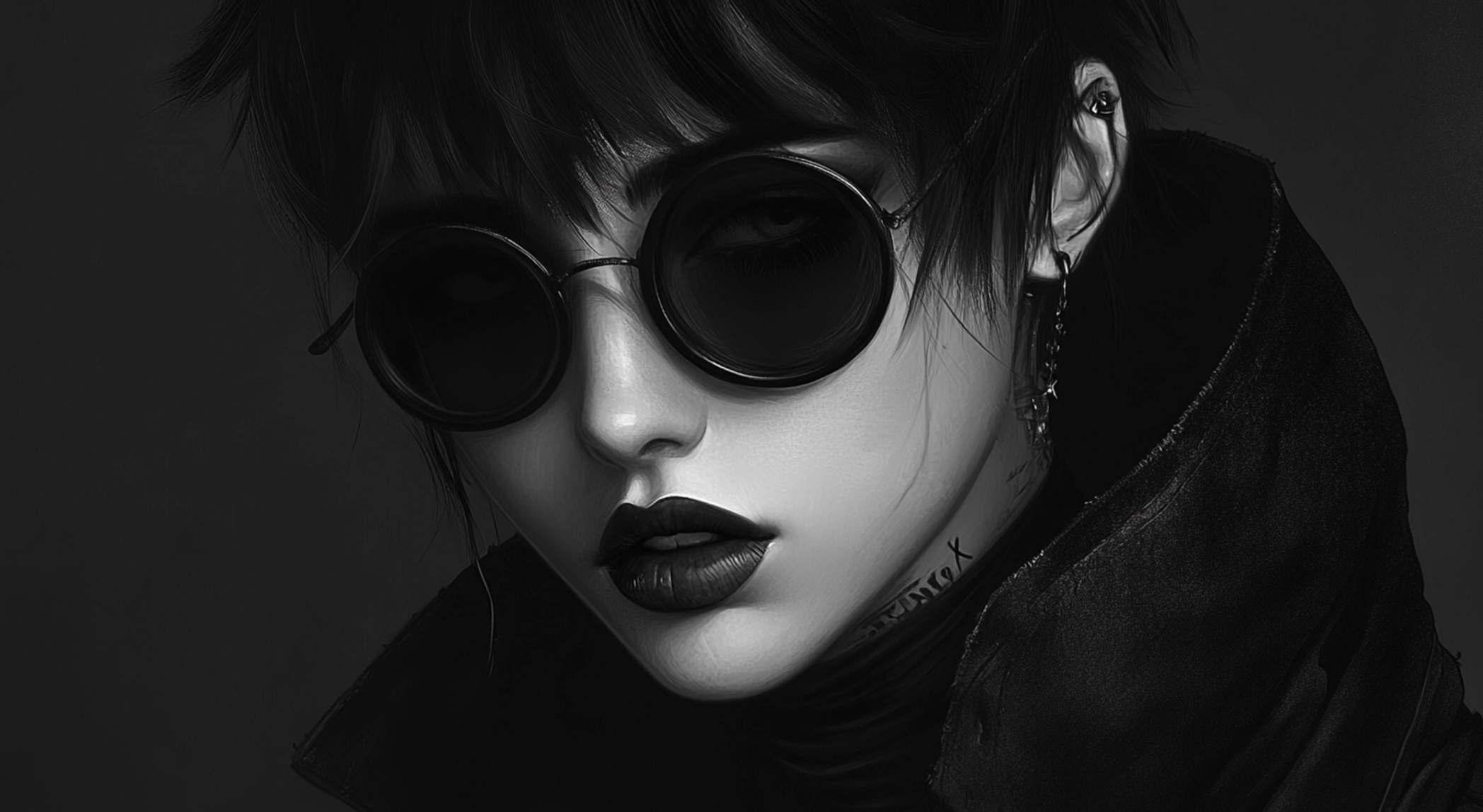
Health Goth is a modern subgenre that blends the dark aesthetics of Goth with an interest in fitness, sportswear, and health-conscious living.
This type of Goth is characterized by a sleek, minimalist style that often includes black athletic wear, mesh fabrics, and high-tech accessories.
Health Goths may wear black leggings, hoodies, sneakers, and fitness gear that combine functionality with a dark, edgy look.
Health Goths are often interested in fitness, nutrition, and overall well-being, but with a twist that aligns with their Goth identity.
The aesthetic is heavily influenced by streetwear and athleisure trends, emphasizing clean lines, monochrome colors, and futuristic designs.
Music preferences for Health Goths may include electronic, industrial, or darkwave genres that complement their active, high-energy lifestyle.
The Health Goth aesthetic is about maintaining a balance between physical health and a commitment to Goth culture’s dark, mysterious elements.
- Influences: Fitness, sportswear, streetwear, industrial music
- Fashion: Black athletic wear, mesh fabrics, high-tech accessories
- Music: Electronic, industrial, darkwave
- Features: Sleek, minimalist, health-conscious, edgy
19. Hippie Goth
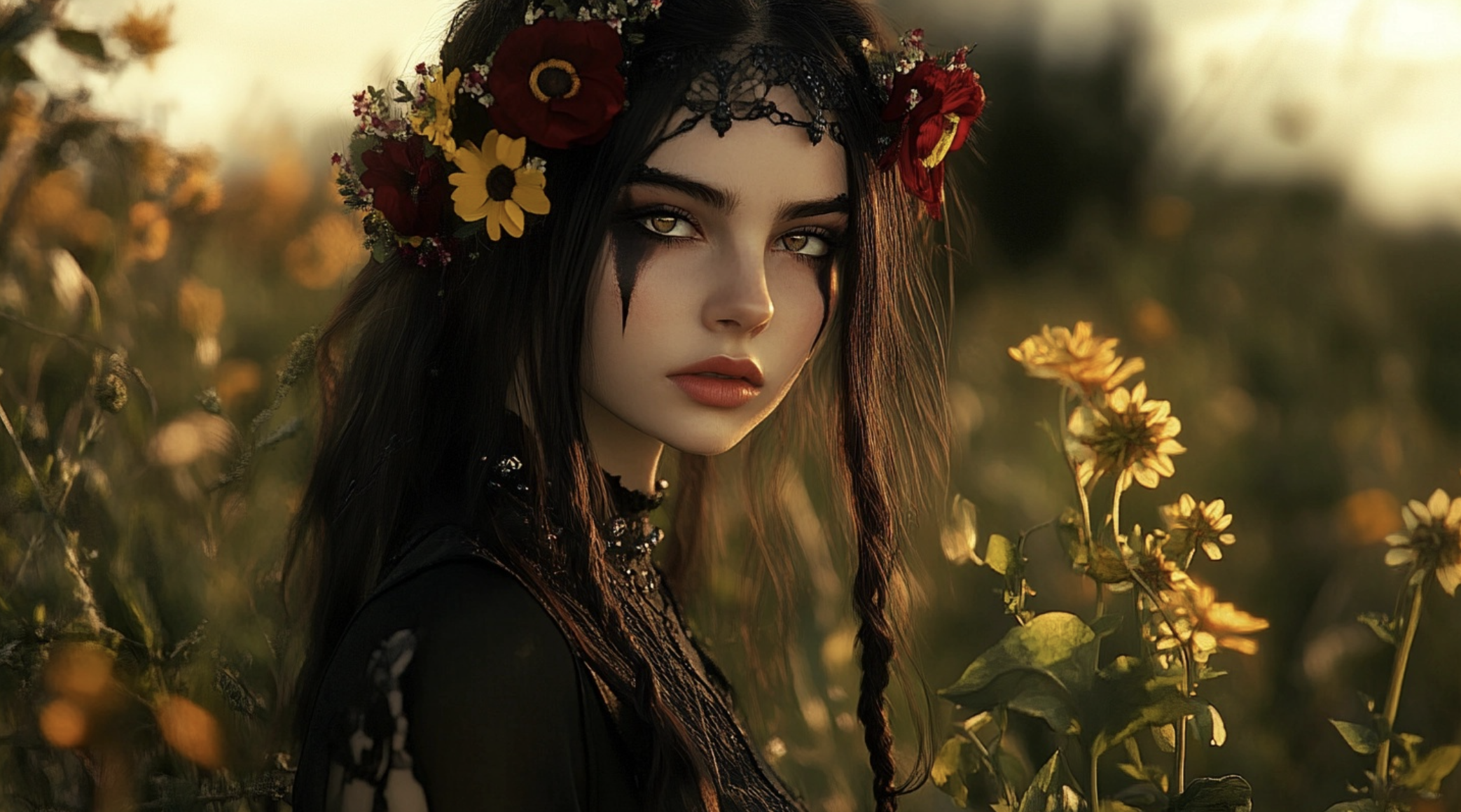
Hippie Goth is a subgenre that combines the free-spirited, nature-loving ethos of the hippie movement with the dark, reflective qualities of Goth culture.
This type of Goth is characterized by a relaxed, bohemian style that often includes flowing fabrics, tie-dye, fringe, and vintage accessories.
Hippie Goths may wear long skirts, peasant blouses, wide-brimmed hats, and layered jewelry, creating an ethereal and earthy look.
Hippie Goths are often drawn to peace, love, and harmony themes, but with a darker, more introspective twist.
The aesthetic is influenced by the 1960s counterculture and the Gothic revival, creating a unique blend of light and dark.
Music preferences for Hippie Goths may include psychedelic rock, dark folk, and Gothic rock, reflecting their eclectic, open-minded approach to life.
The Hippie Goth aesthetic is all about embracing a more natural, free-spirited lifestyle while maintaining a connection to the darker, Gothic side of life.
- Influences: Hippie movement, 1960s counterculture, Gothic revival
- Fashion: Flowing fabrics, tie-dye, fringe, vintage accessories
- Music: Psychedelic rock, dark folk, Gothic rock
- Features: Free-spirited, earthy, introspective, eclectic
20. Rivethead Goth
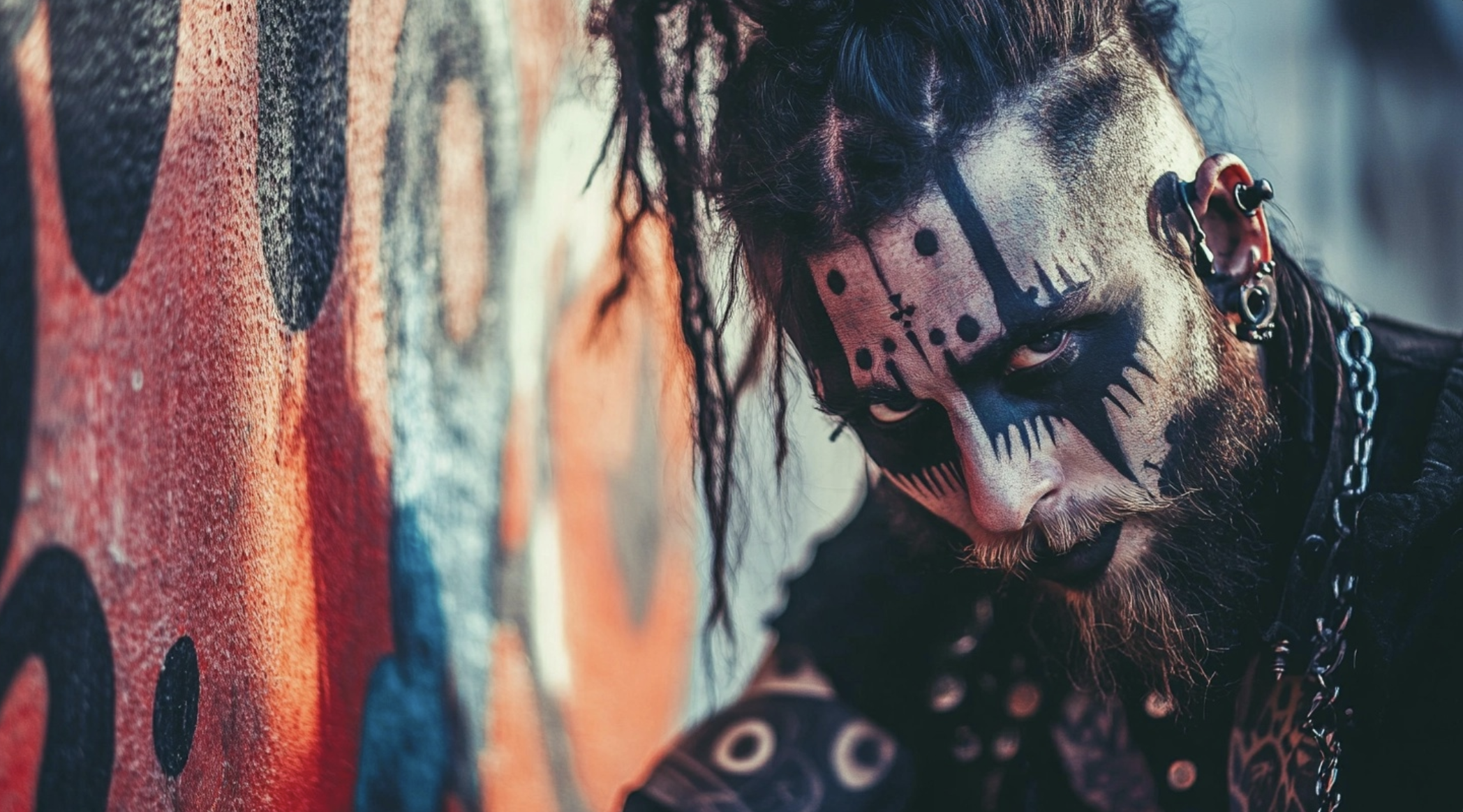
Rivethead Goth is a subgenre that blends the dark aesthetics of Goth with the industrial, mechanized imagery of the rivethead subculture.
This type of Goth is characterized by a tough, practical style that often includes black clothing, combat boots, leather, and metal accessories like studs, spikes, and chains.
Rivetheads usually embrace a dystopian, post-apocalyptic look, reflecting industrial music’s harsh, mechanical sounds.
Rivethead Goths are heavily influenced by industrial music and culture, with bands like Front 242, KMFDM, and Ministry central to the scene.
The lyrics often explore themes of alienation, technology, and societal decay, resonating with those disillusioned with the modern world.
The overall aesthetic is of strength, power, and resistance, focusing on functionality and durability.
The Rivethead Goth aesthetic embraces the darker, more aggressive side of Goth culture while maintaining a connection to the industrial, mechanized world.
- Influences: Industrial music, dystopian themes, post-apocalyptic aesthetics
- Fashion: Black clothing, combat boots, leather, metal accessories
- Music: Front 242, KMFDM, Ministry
- Features: Tough, practical, dystopian, mechanical
Conclusion
The Goth subculture is incredibly diverse, with each subgenre offering a unique perspective on dark aesthetics, music, and fashion.
Whether you’re drawn to the romantic elegance of Victorian Goth, the futuristic energy of Cyber Goth, or the rebellious spirit of Punk Goth, there’s a place for everyone within the Goth community.
By exploring these 20 types of Goths, you can discover new ways to express your individuality and connect with like-minded people who share your love for the darker side of life.

